Fitness Tips & Advice
Whether you're just starting out at the gym, or are a seasoned pro, there's always room to learn more. Check out our fitness tips and advice to improve your skills and make sure you're on the right track.
Latest Post
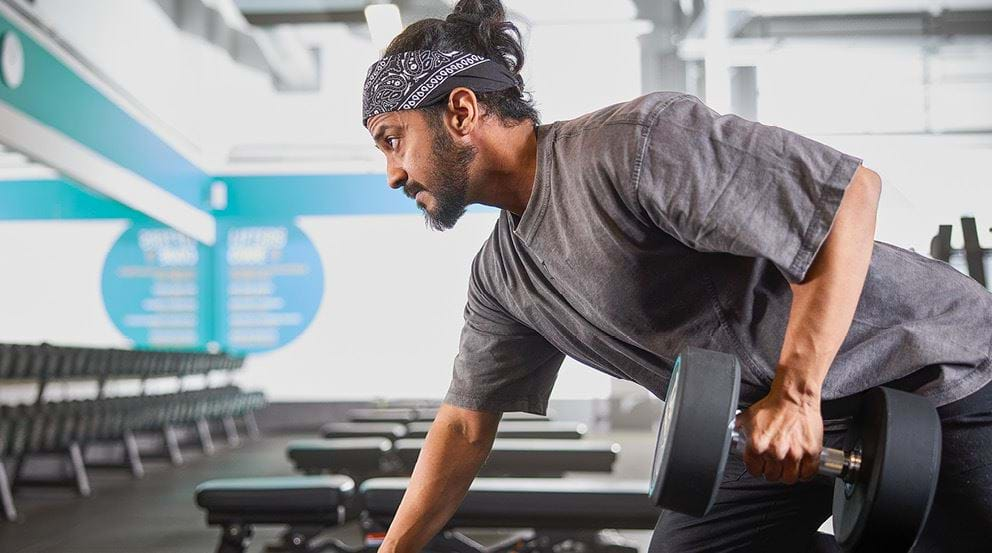
Reps and Sets
In this article, PureGym Wembley Central based Personal Trainer Yvonne Formosa explains what reps and sets mean and how many sets and reps you should do depending on your fitness goal.
Read MoreLatest Posts
 How Many Sets and Reps Should You Do? A Guide to Building Muscle, Strength, and More
How Many Sets and Reps Should You Do? A Guide to Building Muscle, Strength, and More Hiking Workout Plan
Hiking Workout Plan Hyrox Sandbag Lunge Guide
Hyrox Sandbag Lunge Guide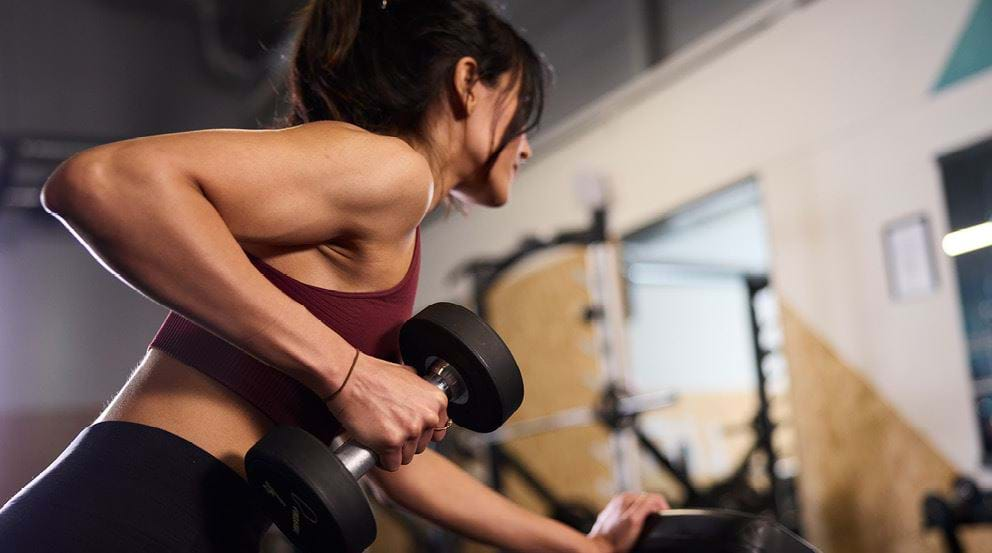 Build Muscle with this Ultimate Hardgainer Workout Plan
Build Muscle with this Ultimate Hardgainer Workout Plan The Ultimate Running Posture Guide
The Ultimate Running Posture Guide Weight Training and Blood Pressure: What You Need to Know
Weight Training and Blood Pressure: What You Need to Know Hyrox Burpee Broad Jumps Guide
Hyrox Burpee Broad Jumps Guide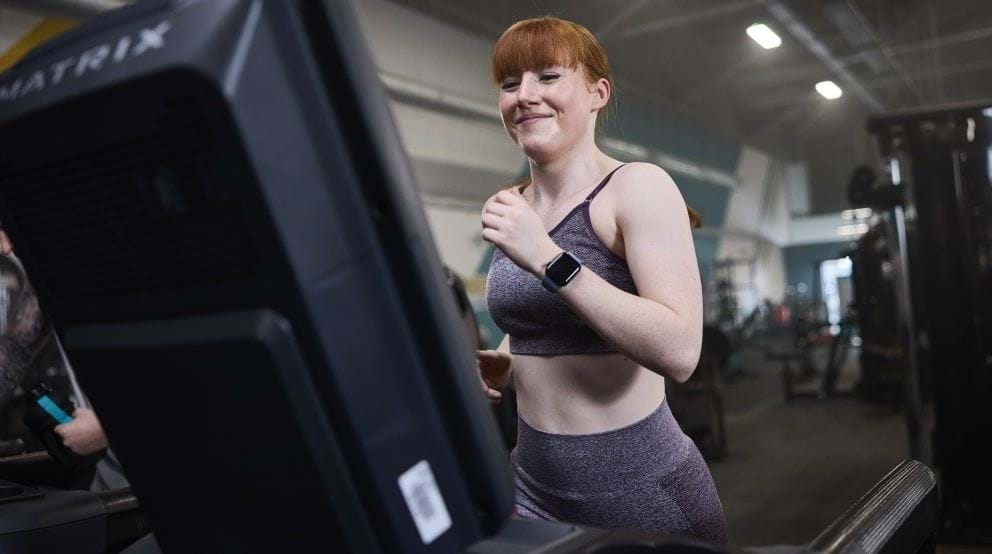 Treadmill vs Rowing Machine: Which is the Best Workout?
Treadmill vs Rowing Machine: Which is the Best Workout?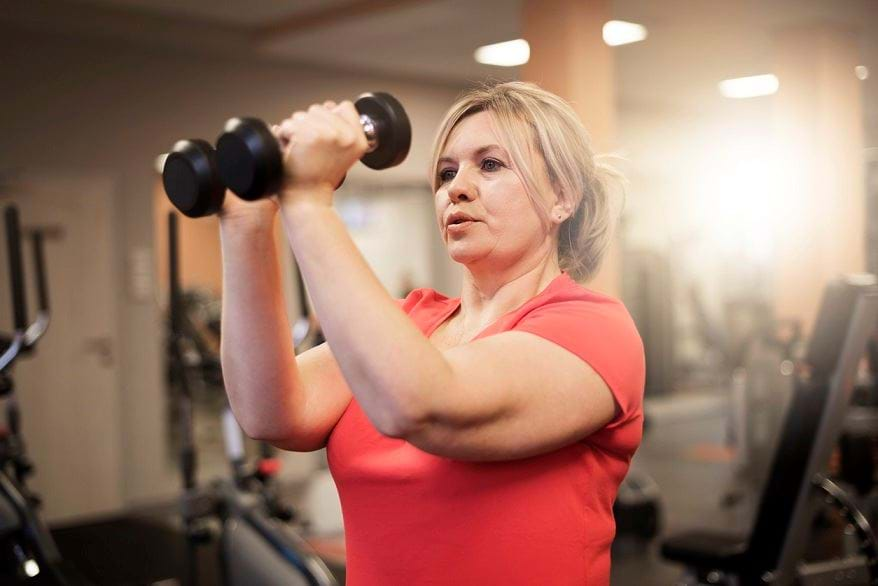 Strength Training for Women Over 40
Strength Training for Women Over 40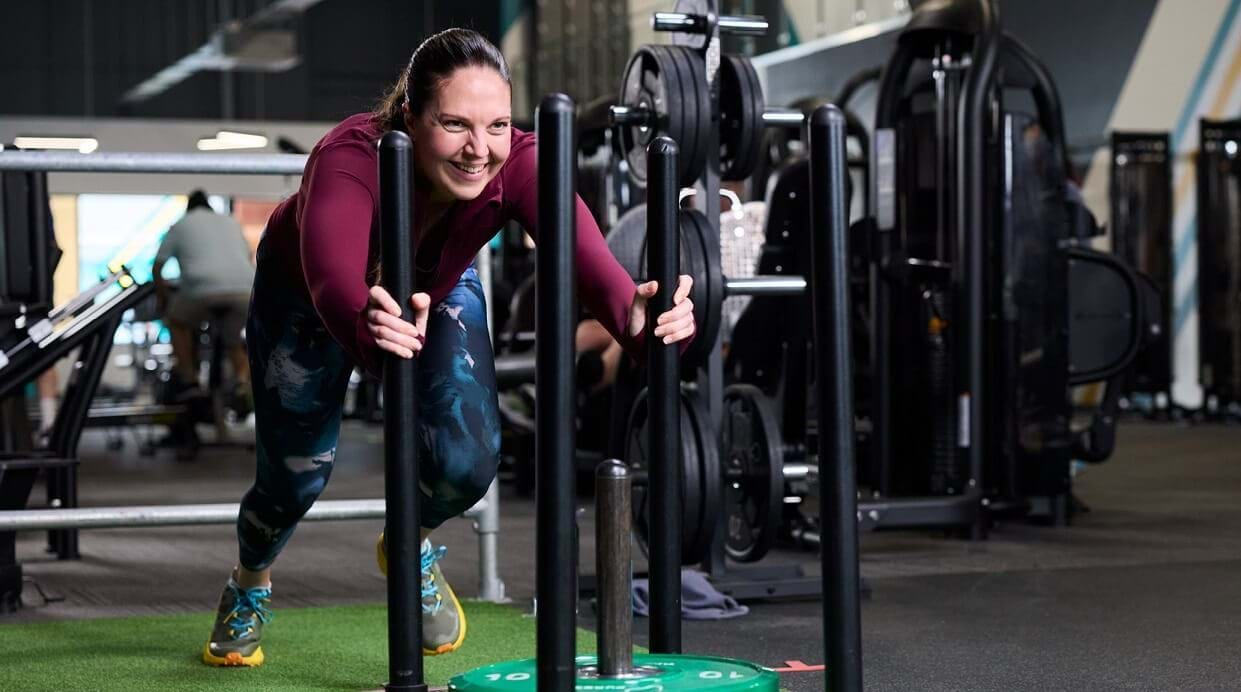 Hyrox Sled Push Guide
Hyrox Sled Push Guide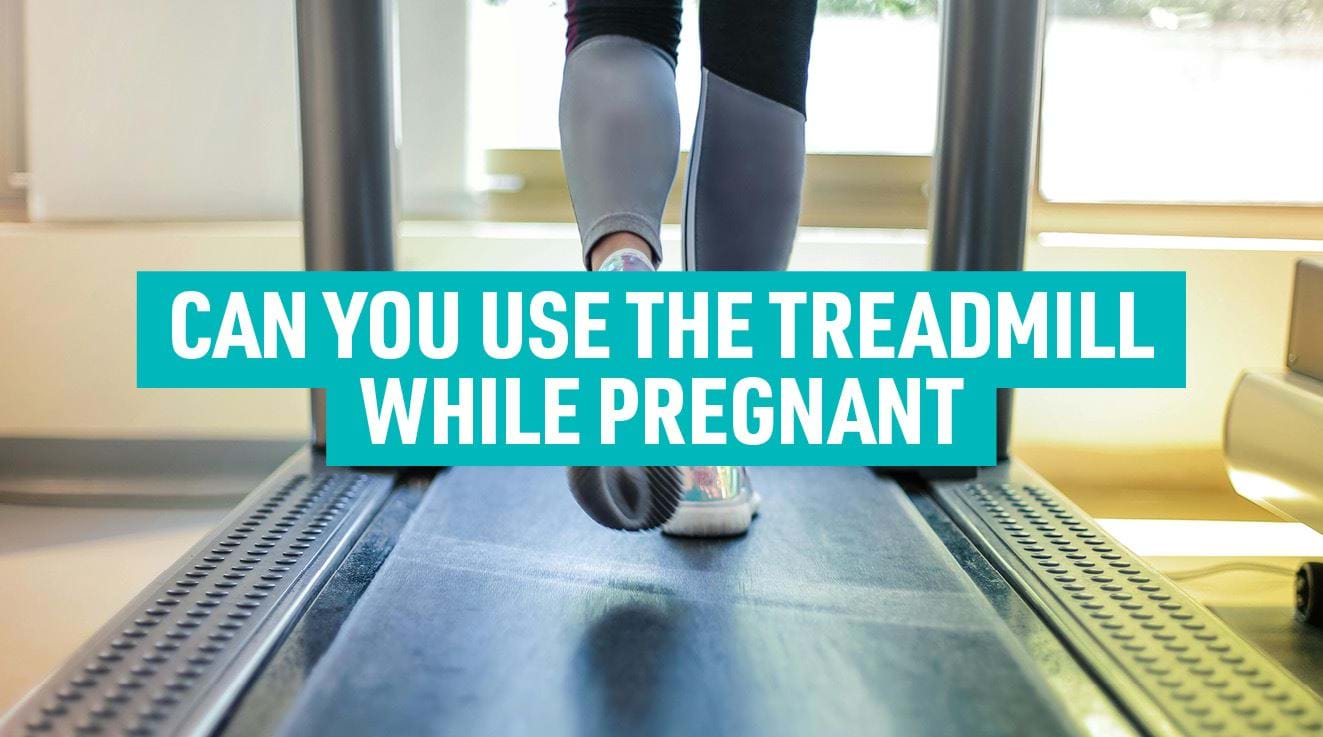 Can You Use the Treadmill While Pregnant?
Can You Use the Treadmill While Pregnant? HYROX Sled Pull Guide
HYROX Sled Pull Guide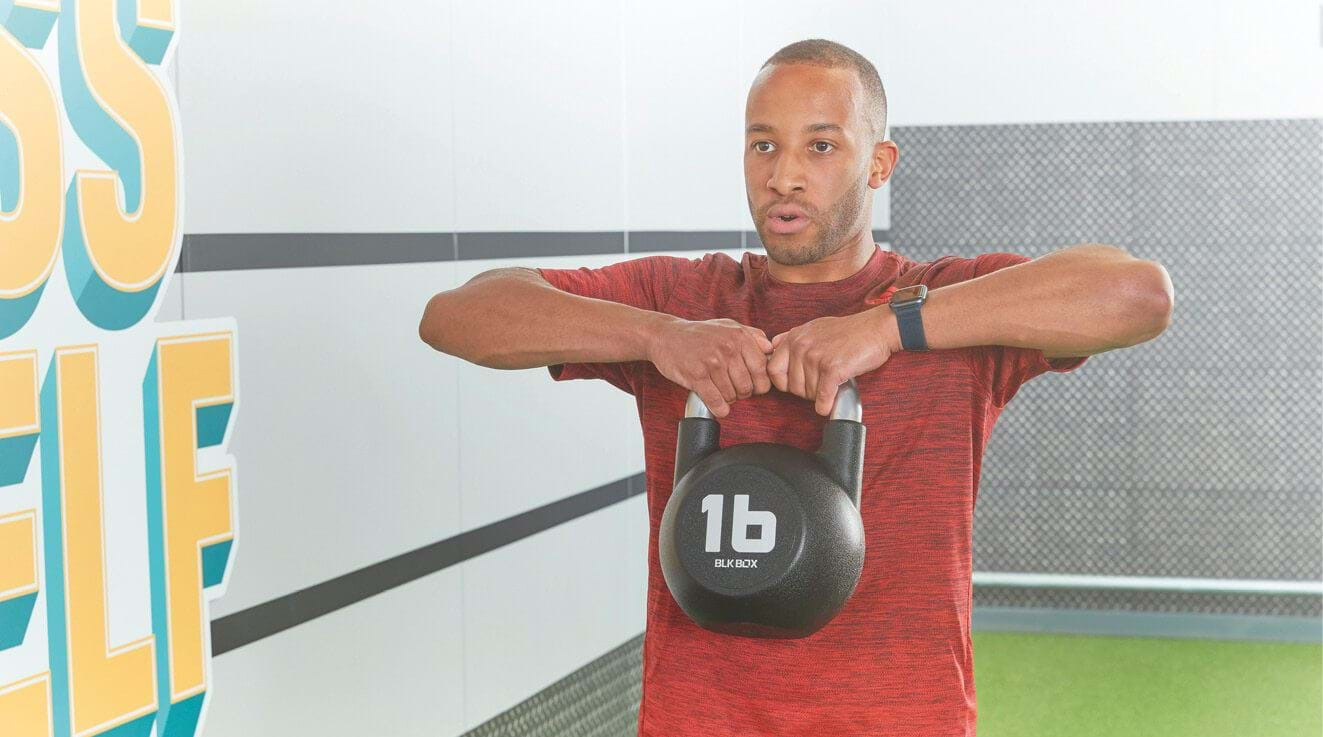 Why And How To Do HIIT Kettlebell Workouts
Why And How To Do HIIT Kettlebell Workouts Long Distance Walking Training Plan
Long Distance Walking Training Plan Working Out On Keto: What To Expect And A Workout To Try
Working Out On Keto: What To Expect And A Workout To Try Is The Treadmill Bad For Your Knees?
Is The Treadmill Bad For Your Knees?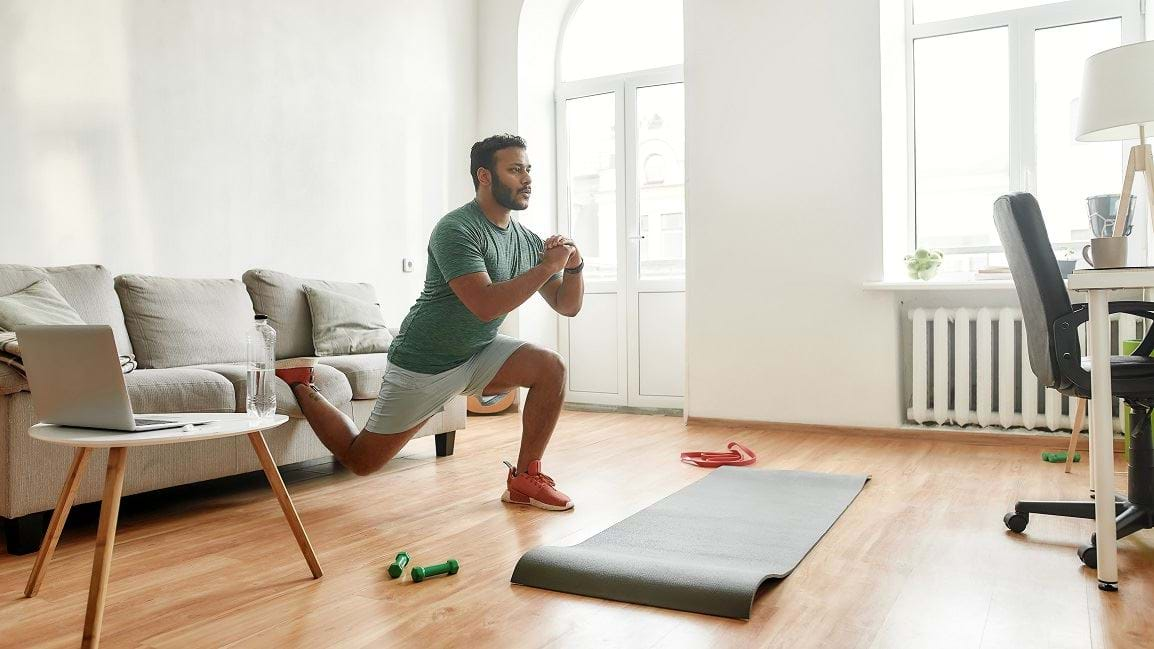 Strength Training Exercises You Can Do At Home
Strength Training Exercises You Can Do At Home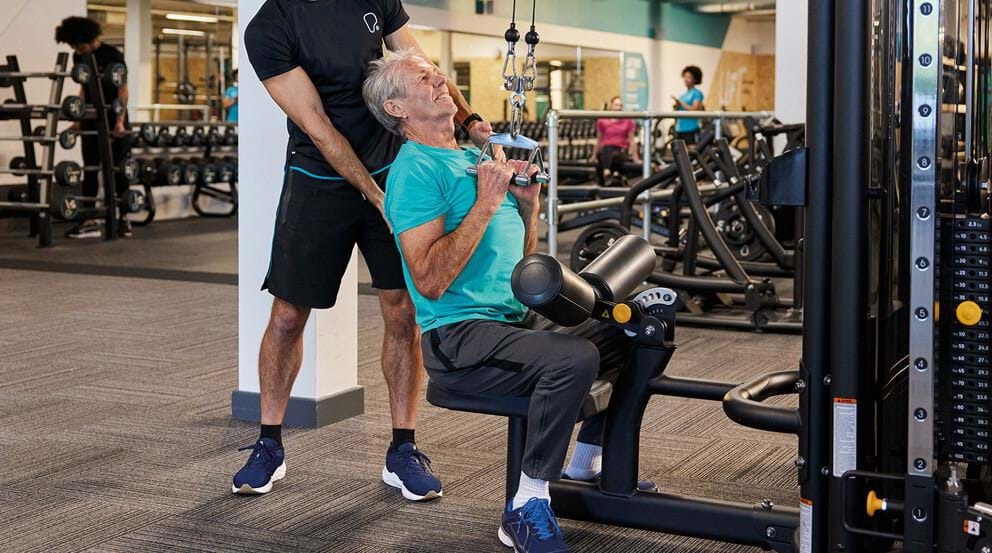 Resistance Training for Seniors: Workout Plans and Approach
Resistance Training for Seniors: Workout Plans and Approach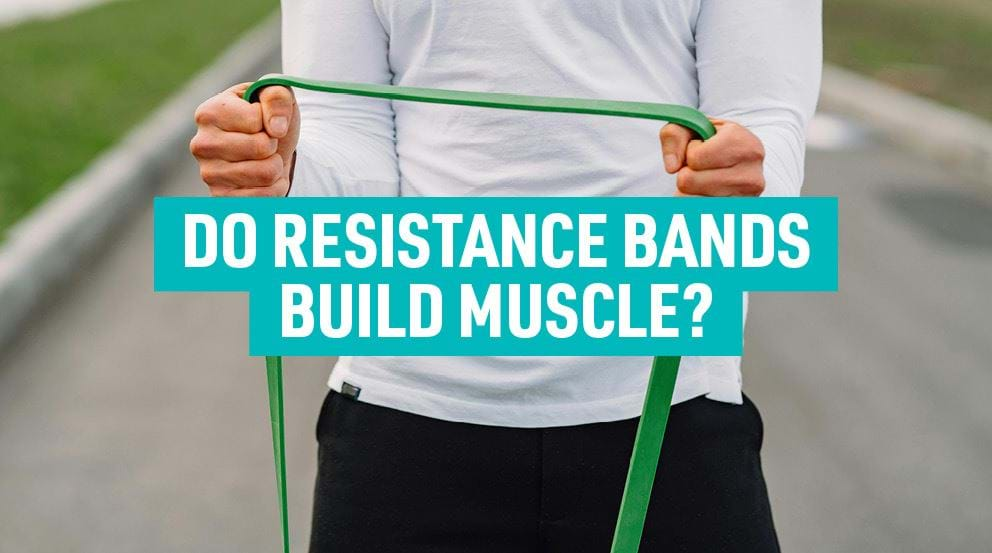 Do Resistance Training Bands Build Muscle?
Do Resistance Training Bands Build Muscle? Hyrox Doubles: How Does It Work?
Hyrox Doubles: How Does It Work?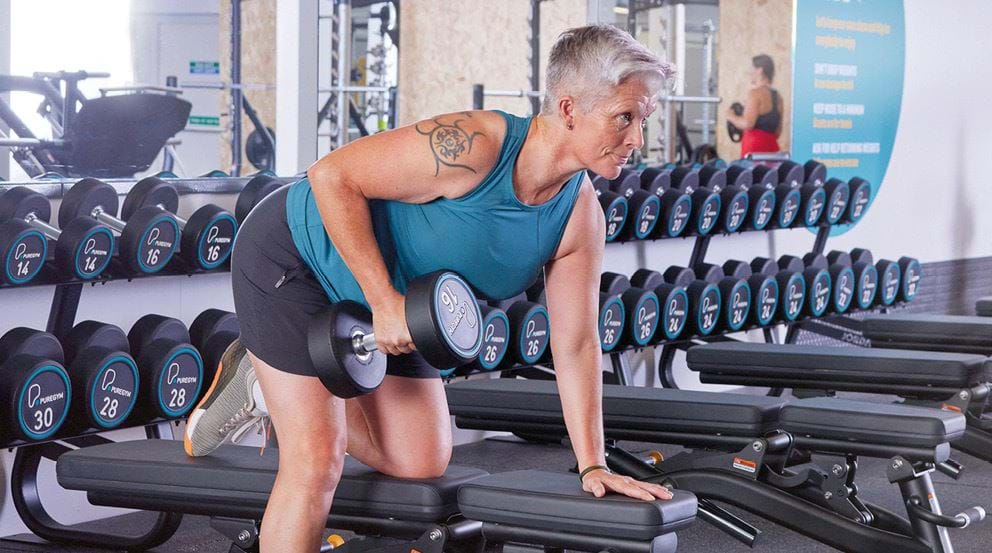 Menopause and Muscle Mass: This Resistance Training Routine Helps You Stay Strong
Menopause and Muscle Mass: This Resistance Training Routine Helps You Stay Strong Hyrox Training Plan: A Free Workout Plan to Get Hyrox Ready
Hyrox Training Plan: A Free Workout Plan to Get Hyrox Ready How Much Exercise is Too Much? Understanding Your Limits
How Much Exercise is Too Much? Understanding Your Limits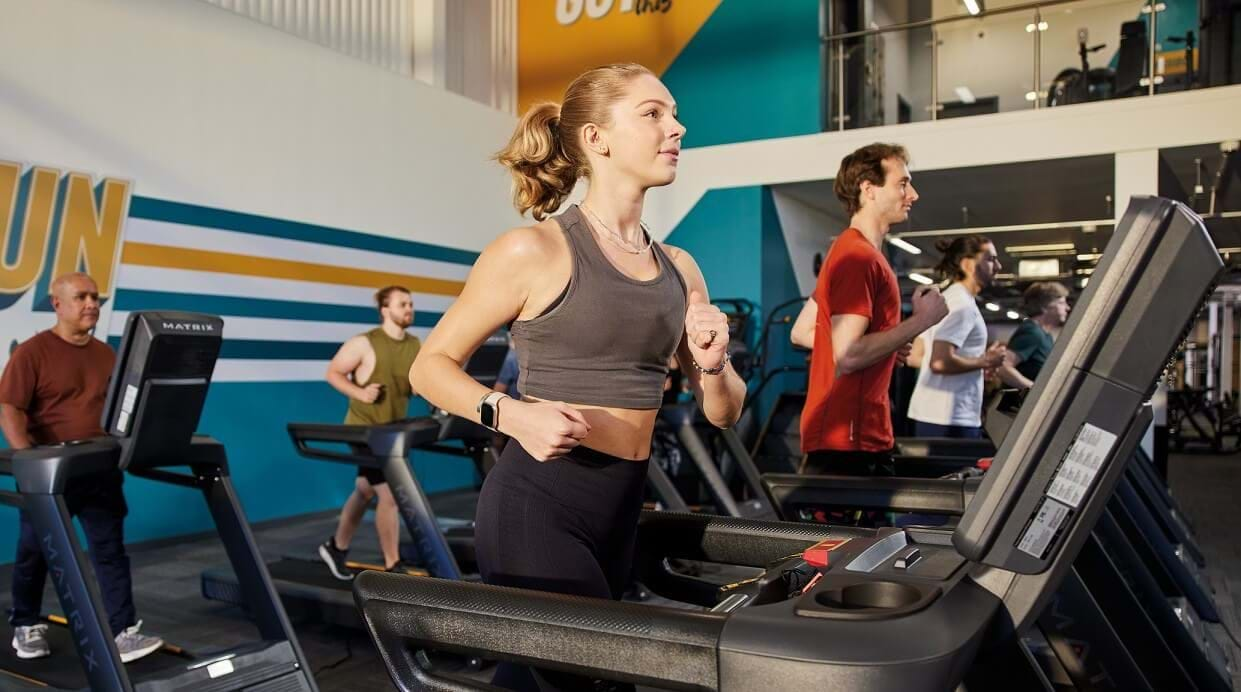 The 7 Best Exercises to Help Improve Your Heart Health
The 7 Best Exercises to Help Improve Your Heart Health How To Improve Your Time For Hyrox
How To Improve Your Time For Hyrox Hyrox Vs Crossfit: What's The Difference?
Hyrox Vs Crossfit: What's The Difference? Myth Busting: Can Weightlifting Stunt Your Growth?
Myth Busting: Can Weightlifting Stunt Your Growth?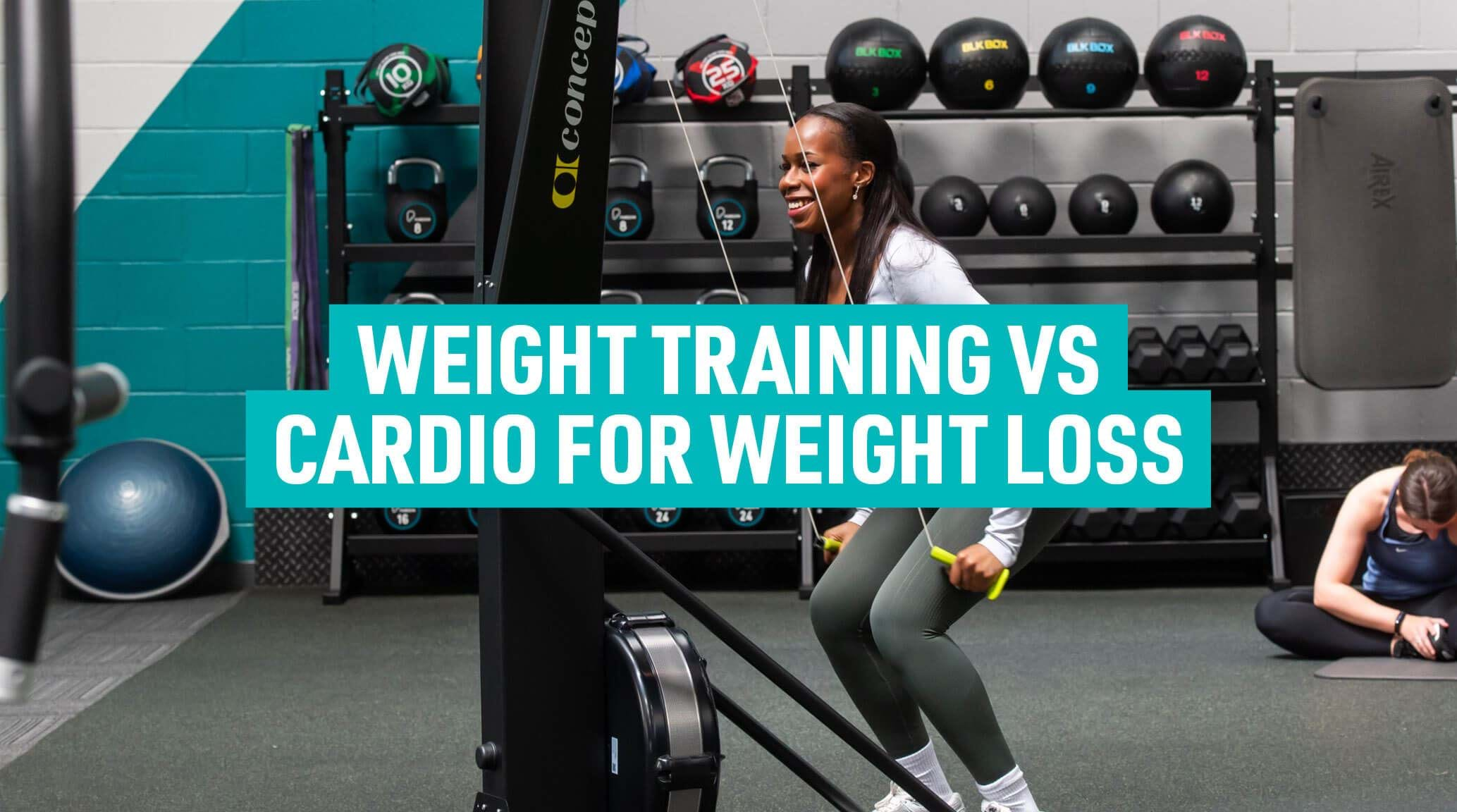 Cardio Or Weights for Weight Loss: Which Type Of Exercise Is Better?
Cardio Or Weights for Weight Loss: Which Type Of Exercise Is Better? Weight Training With a Cold: The Dos and Don’ts | PureGym
Weight Training With a Cold: The Dos and Don’ts | PureGym Summer Sessions at PureGym: The Soundtrack To Your Summer
Summer Sessions at PureGym: The Soundtrack To Your Summer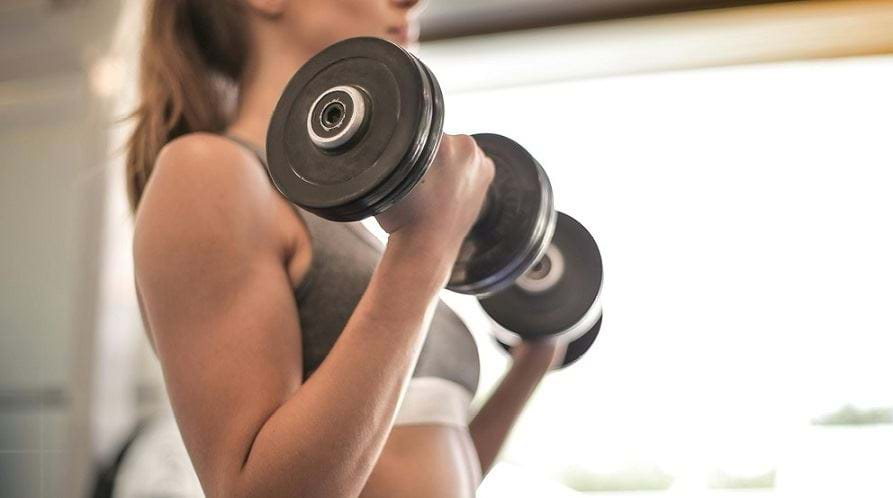 Resistance Training At Home: Everything You Need To Know
Resistance Training At Home: Everything You Need To Know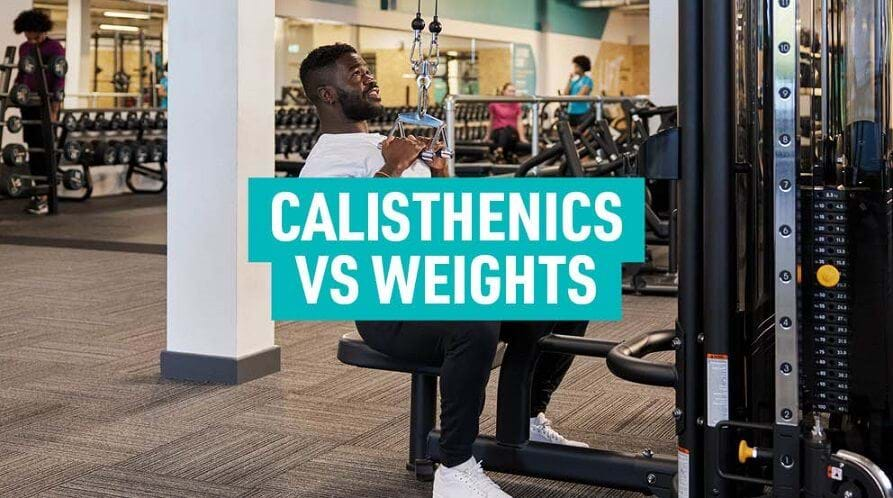 Calisthenics Vs Weights: Which is Better?
Calisthenics Vs Weights: Which is Better?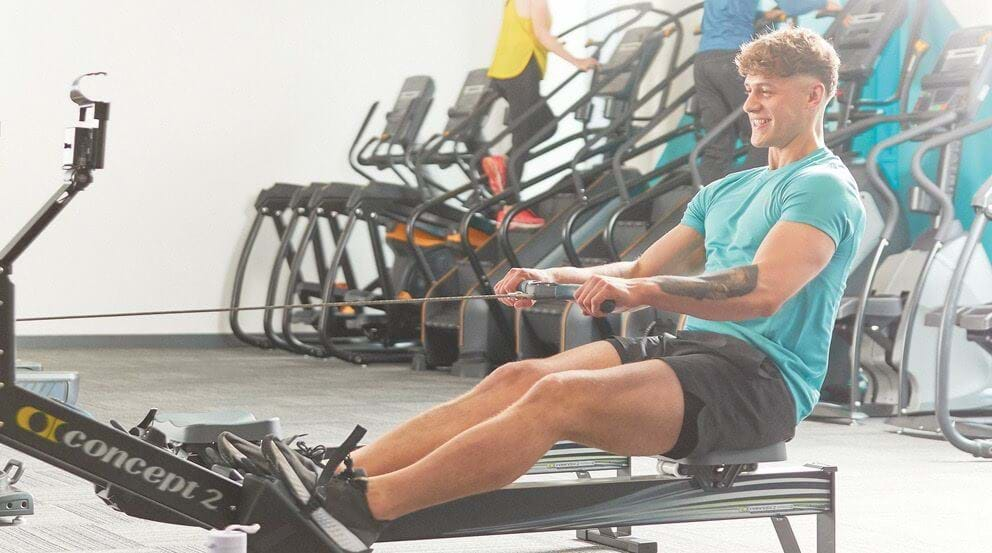 Best Workout Plans for Rowers
Best Workout Plans for Rowers The Mesomorph Body Type: What is it, Workout Plans & More
The Mesomorph Body Type: What is it, Workout Plans & More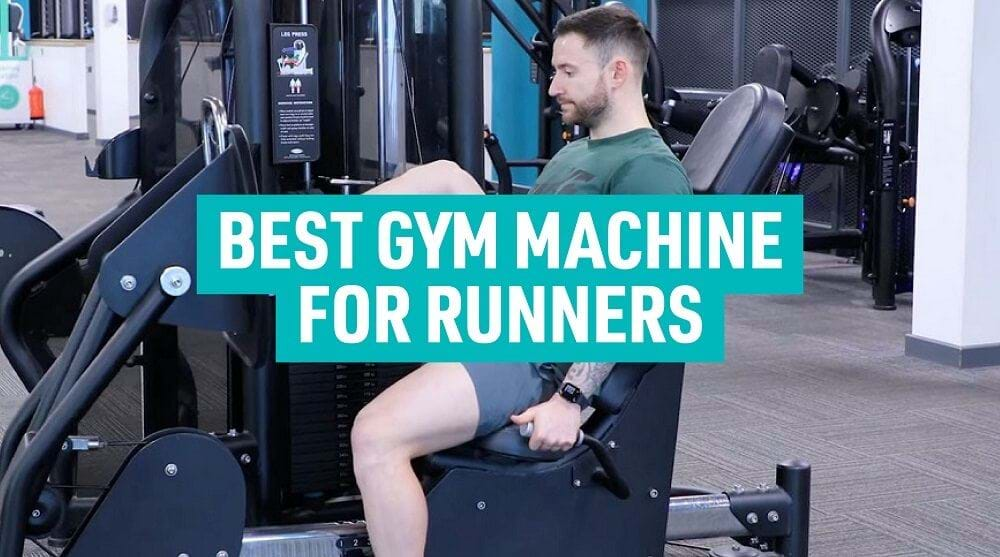 Best Gym Machines For Runners
Best Gym Machines For Runners The Ectomorph Body Type: Exercises, Workout Plan & More
The Ectomorph Body Type: Exercises, Workout Plan & More The Endomorph Body Type: Exercises, Workout Plan and More
The Endomorph Body Type: Exercises, Workout Plan and More Everything You Need To Know About Strength And Conditioning
Everything You Need To Know About Strength And Conditioning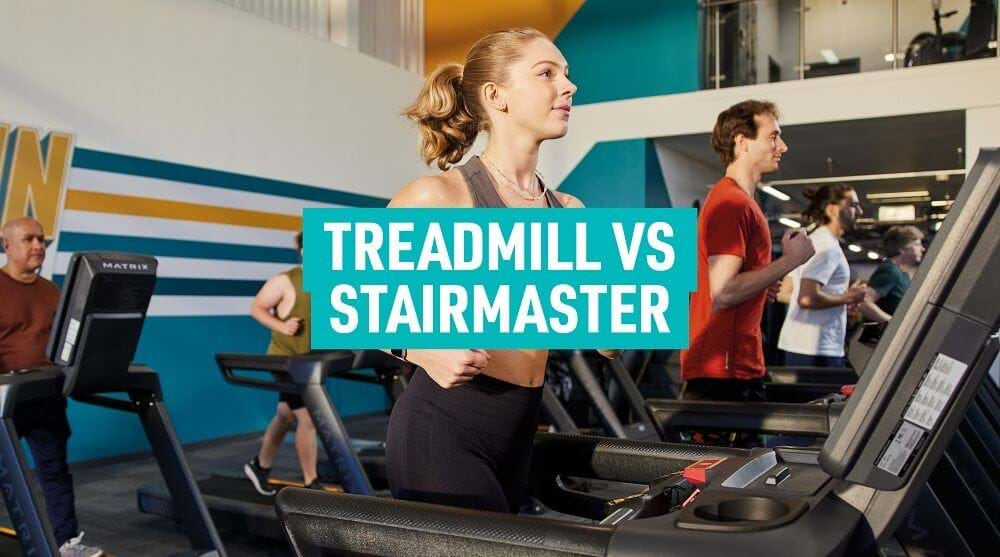 StairMaster vs Treadmill: Which Is Better?
StairMaster vs Treadmill: Which Is Better? How to Use The Chest Press
How to Use The Chest Press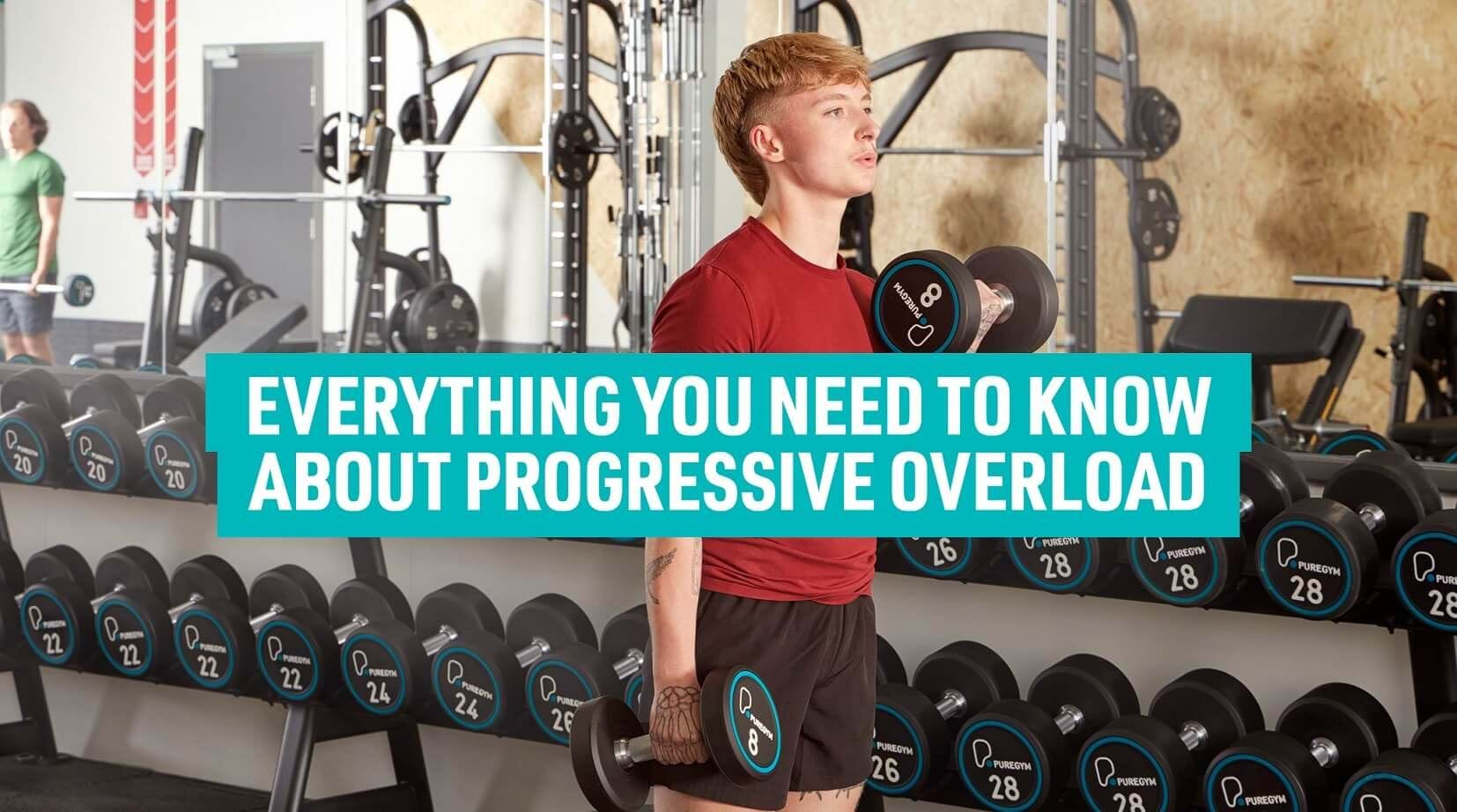 Progressive Overload: What Is It, Examples And Workout Plans
Progressive Overload: What Is It, Examples And Workout Plans Mud Run Challenge Training Plan and Tips
Mud Run Challenge Training Plan and Tips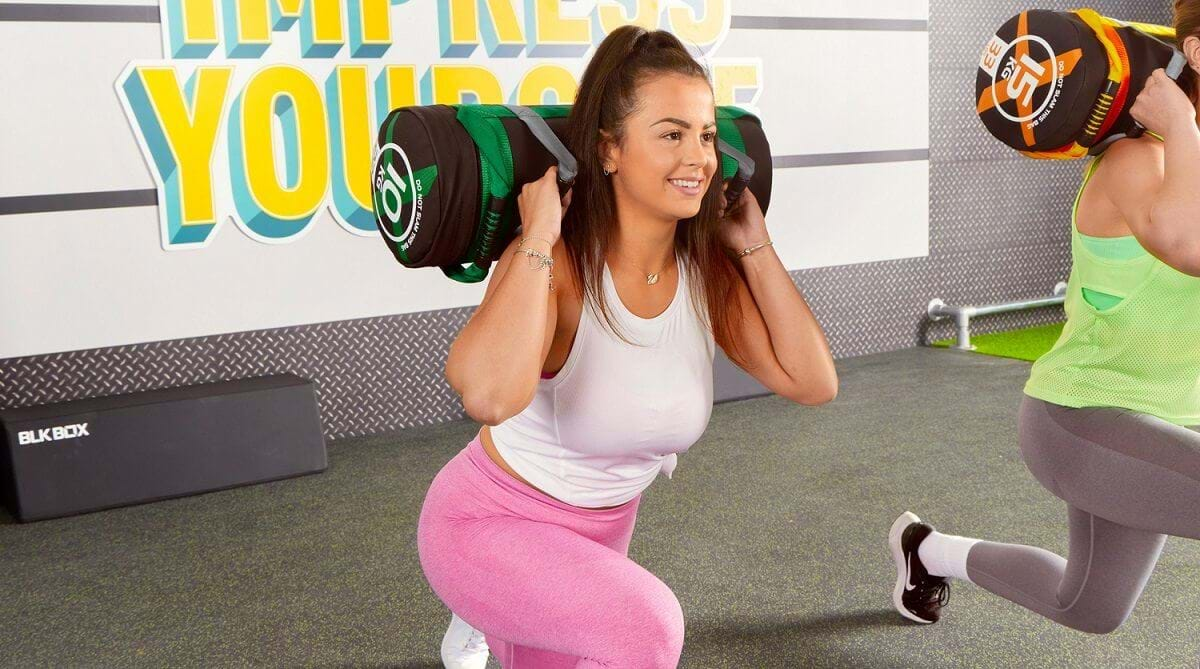 Festival Fitness: Prevent Aches & Pains With These Pre Festival Workout Plans
Festival Fitness: Prevent Aches & Pains With These Pre Festival Workout Plans Exercise Bike vs Treadmill: What’s Better To Train With?
Exercise Bike vs Treadmill: What’s Better To Train With? How to Prepare For Your Race, Whether You're Running a 5k or a Marathon
How to Prepare For Your Race, Whether You're Running a 5k or a Marathon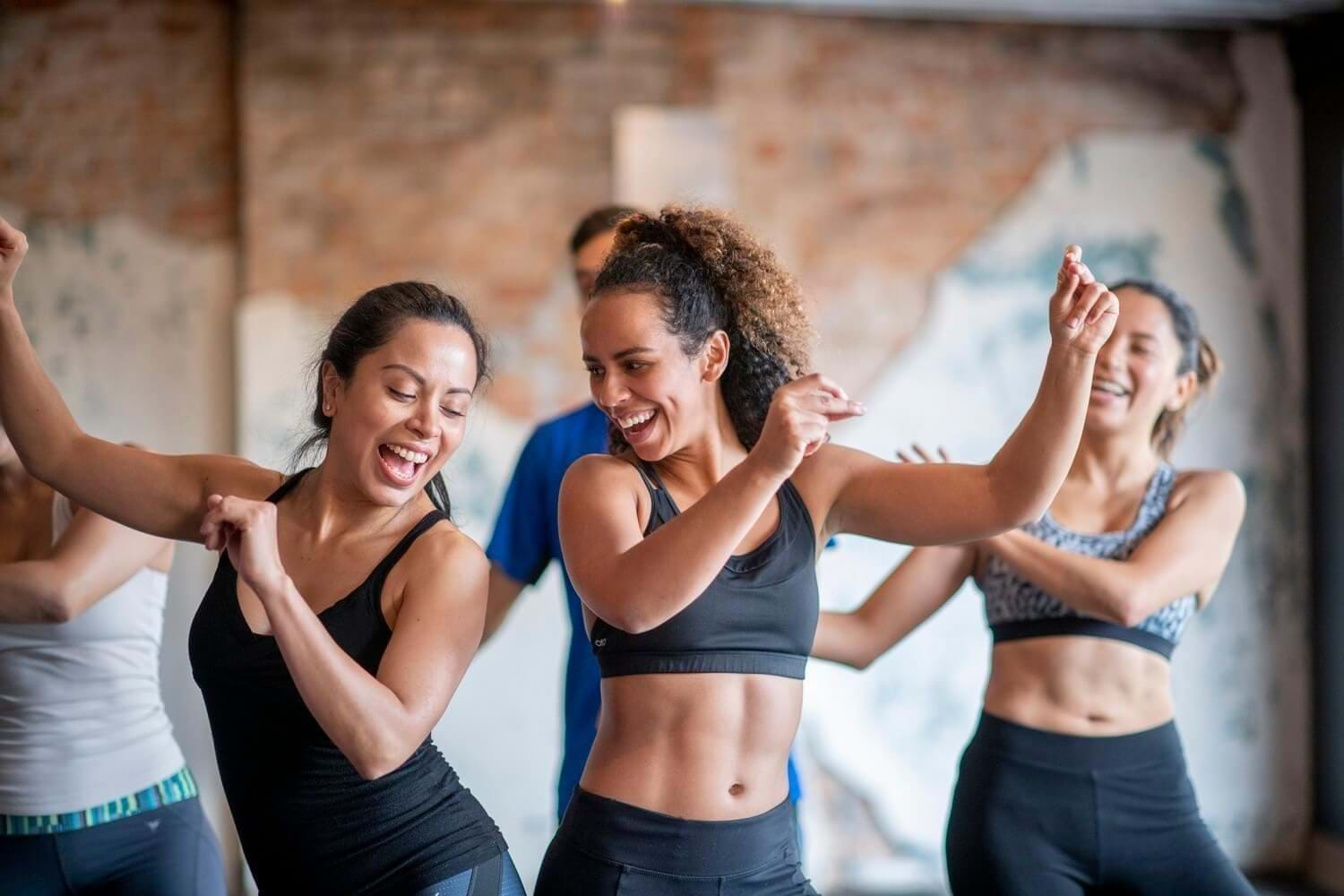 How The World Works Out: Every Country’s Favourite Exercise
How The World Works Out: Every Country’s Favourite Exercise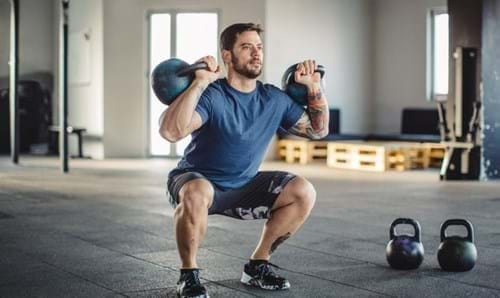 What Type Of Strength Training Is Right For You?
What Type Of Strength Training Is Right For You?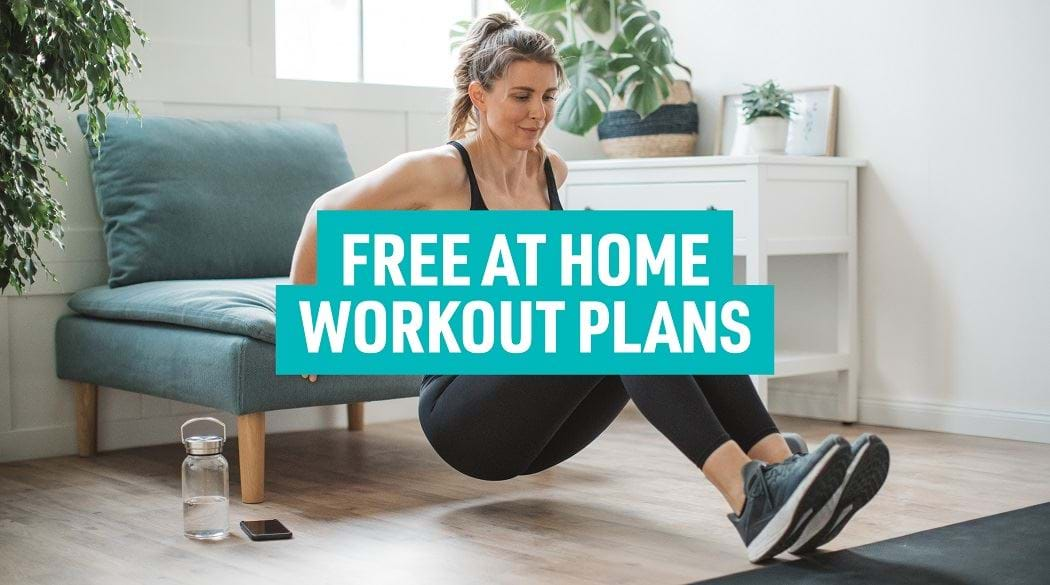 3 Free At Home Exercise Workout Plans
3 Free At Home Exercise Workout Plans Treadmill vs Cross Trainer: Which One Should You Use?
Treadmill vs Cross Trainer: Which One Should You Use? 3 Of The Best 30 Minute HIIT Workouts For Home And The Gym
3 Of The Best 30 Minute HIIT Workouts For Home And The Gym 5 Of The Best Boxing Workout Routines For At Home And The Gym
5 Of The Best Boxing Workout Routines For At Home And The Gym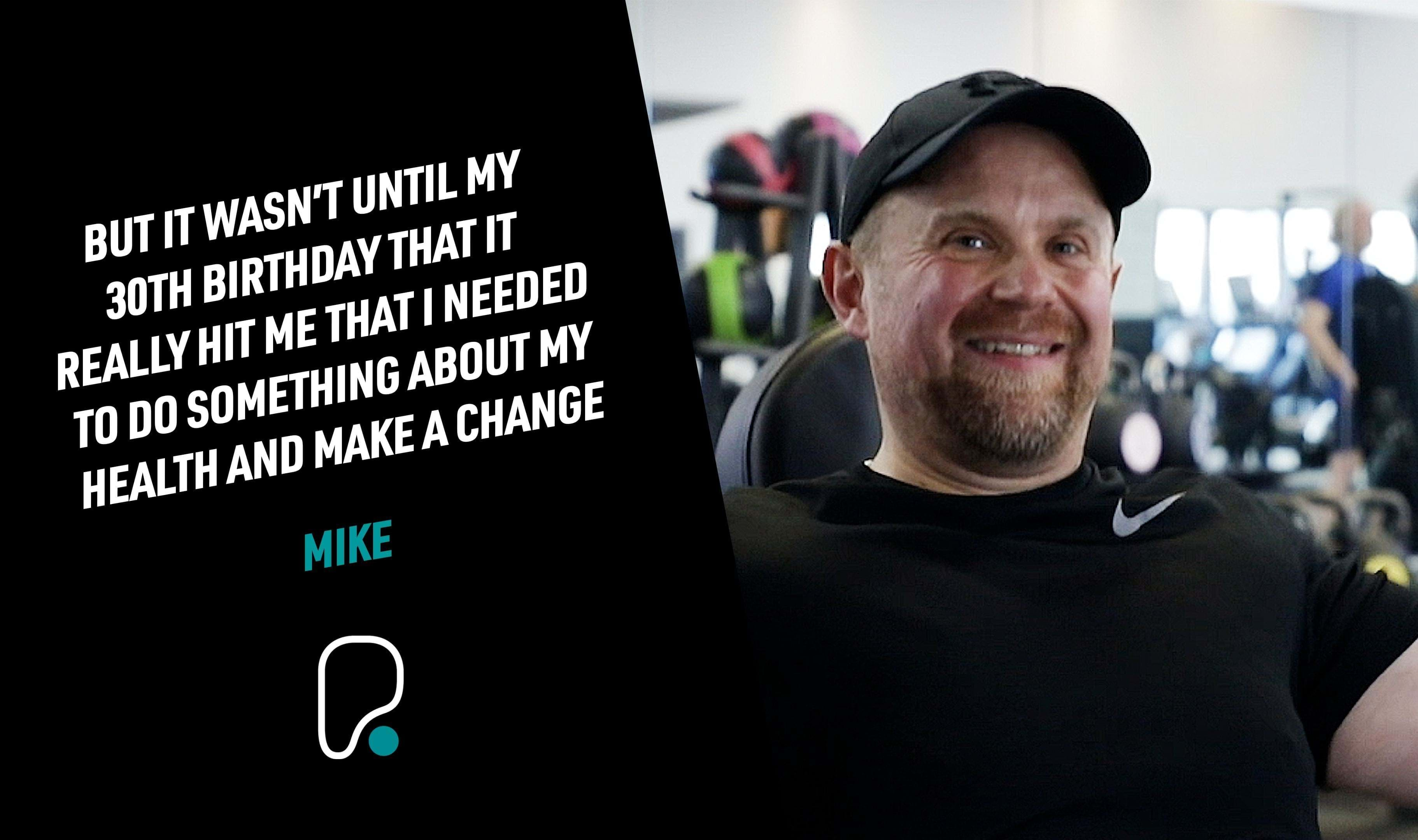 Mike's Heart Story
Mike's Heart Story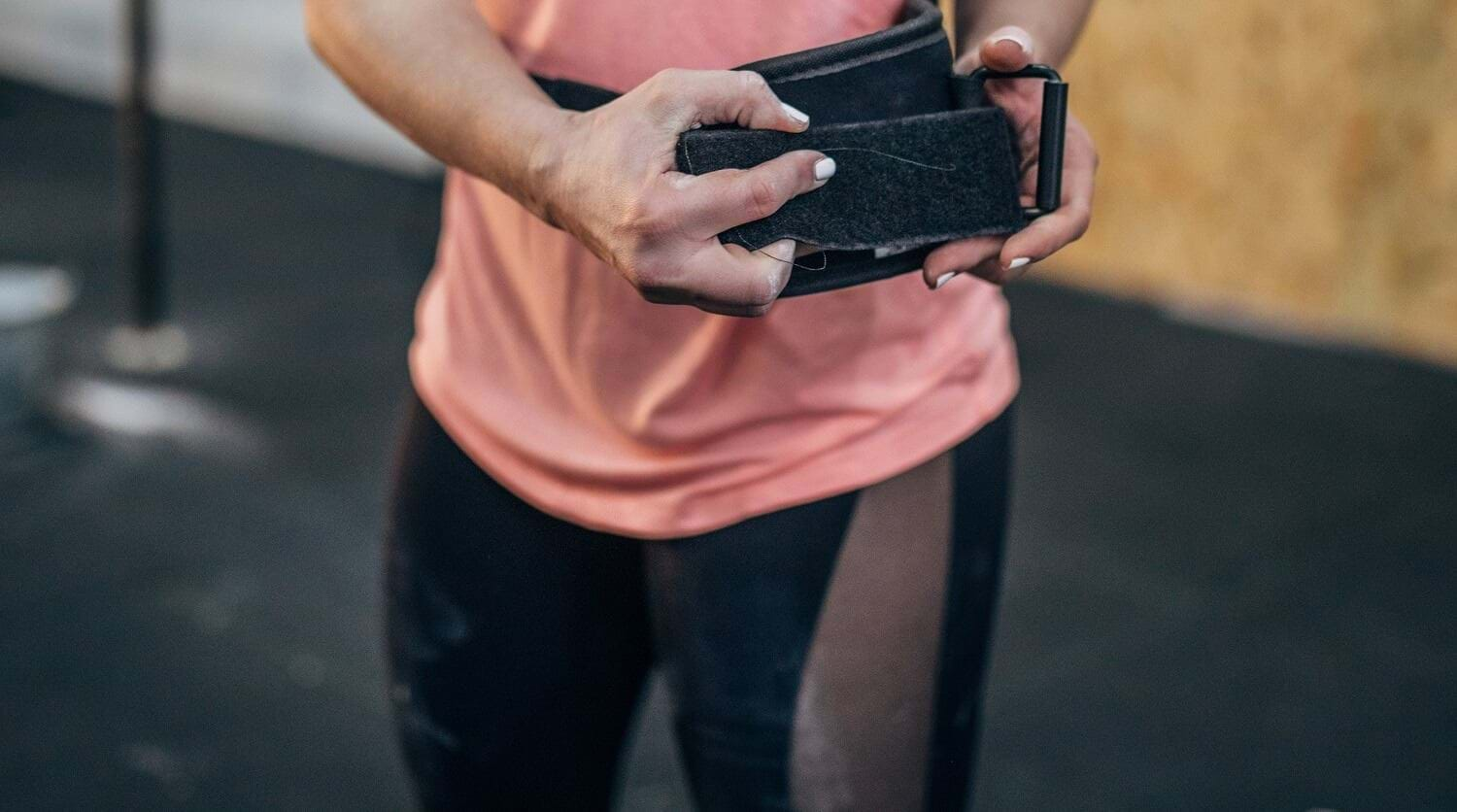 Weight Training Belts: What Are They And Why Wear Them?
Weight Training Belts: What Are They And Why Wear Them?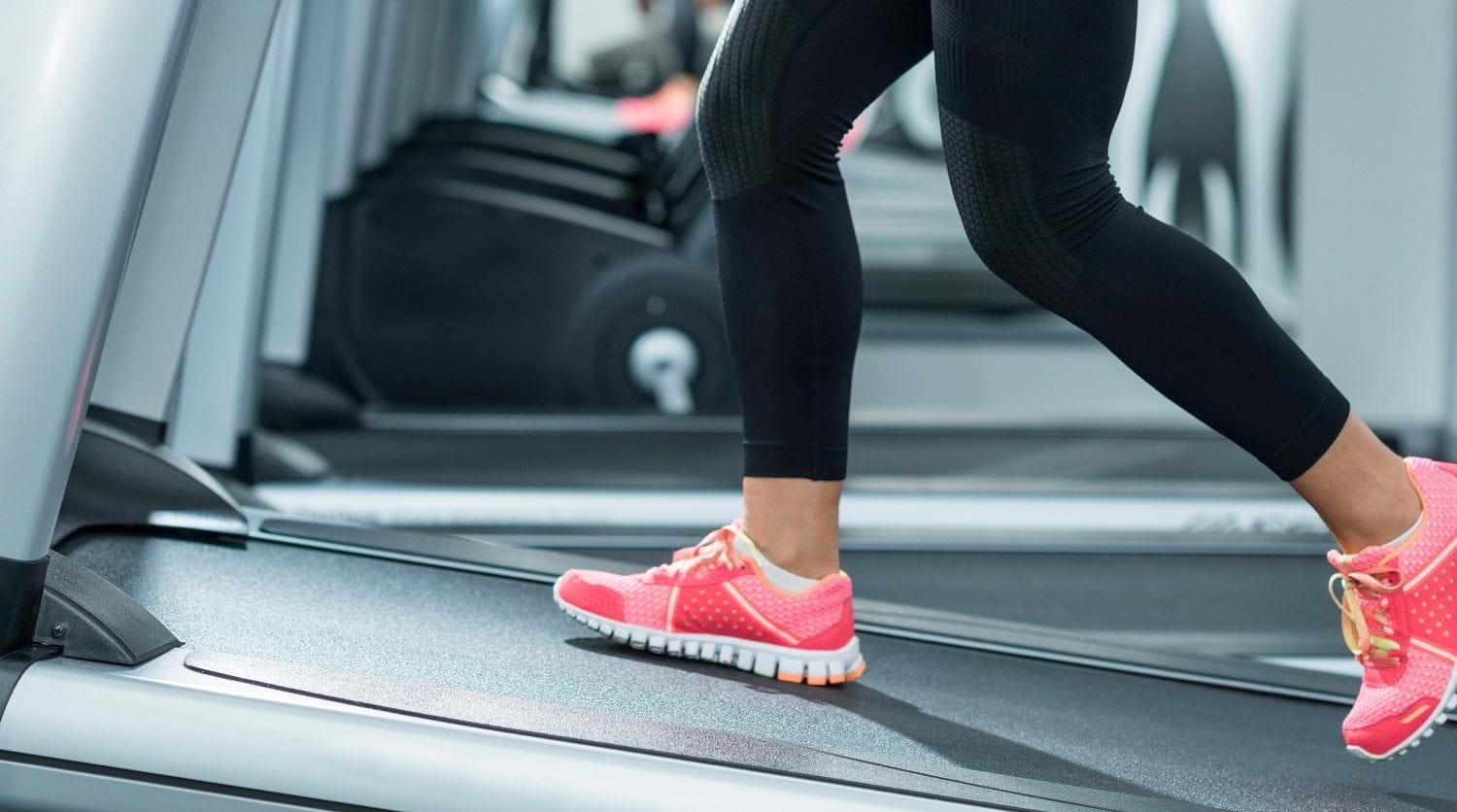 4 Of The Best Treadmill Incline Workouts
4 Of The Best Treadmill Incline Workouts Yoga And Stretching For Cyclists: Benefits And Poses To Try
Yoga And Stretching For Cyclists: Benefits And Poses To Try The Best Dumbbell HIIT Workout
The Best Dumbbell HIIT Workout How Running Shapes Your Body, Boosts Fitness, And Uplifts The Mind
How Running Shapes Your Body, Boosts Fitness, And Uplifts The Mind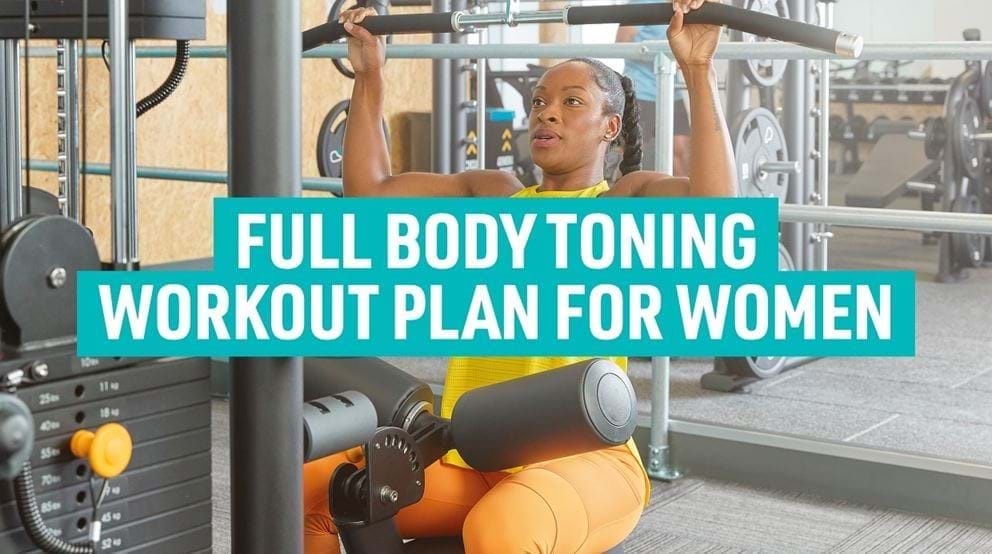 The Best Full Body Toning Workout Plan For Women
The Best Full Body Toning Workout Plan For Women The Best Workout Plans for Teenagers
The Best Workout Plans for Teenagers How To Increase Stamina And Endurance For Running
How To Increase Stamina And Endurance For Running The Best Gym Cardio Workout Plans
The Best Gym Cardio Workout Plans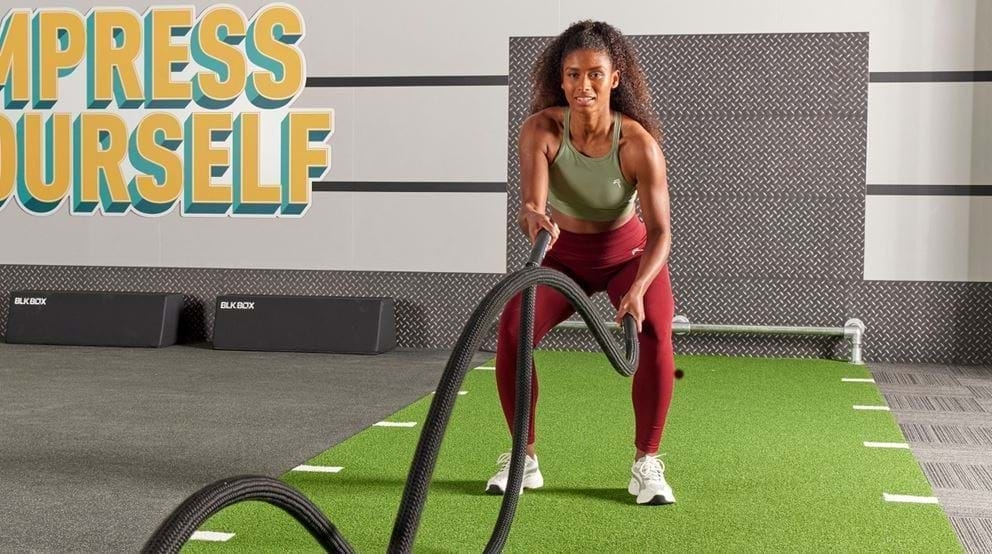 The Best Exercises For An Upper Body And Arm HIIT Workout
The Best Exercises For An Upper Body And Arm HIIT Workout Post-Run Stretches (And Why They're So Important)
Post-Run Stretches (And Why They're So Important)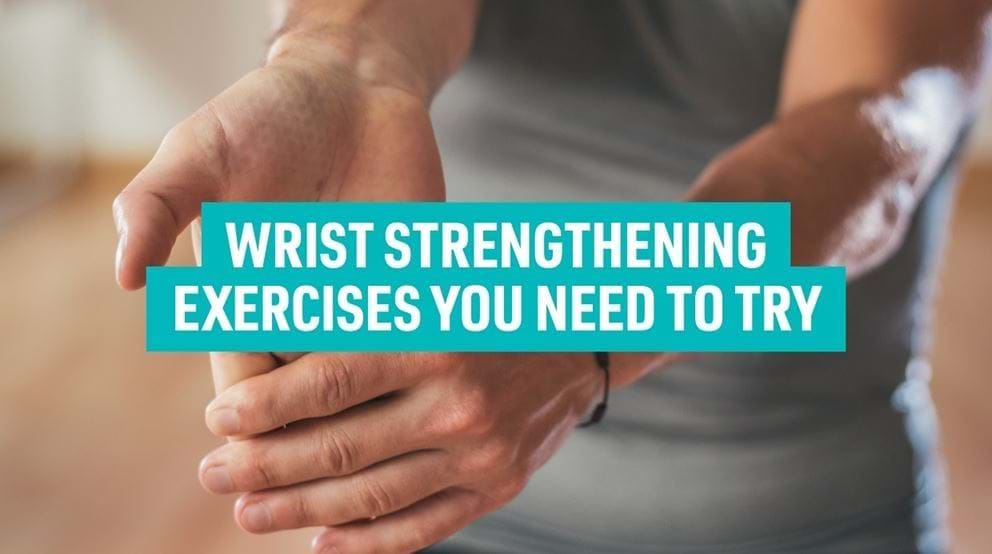 10 Of The Best Wrist Strengthening Exercises
10 Of The Best Wrist Strengthening Exercises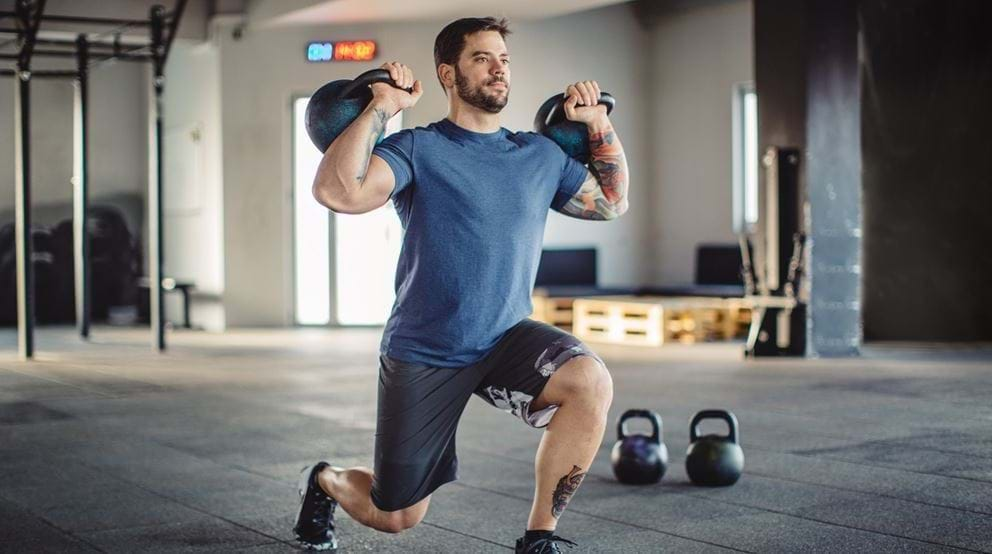 The Ultimate HIIT Workout For Men
The Ultimate HIIT Workout For Men How To Use The Exercise Bike For Weight Loss
How To Use The Exercise Bike For Weight Loss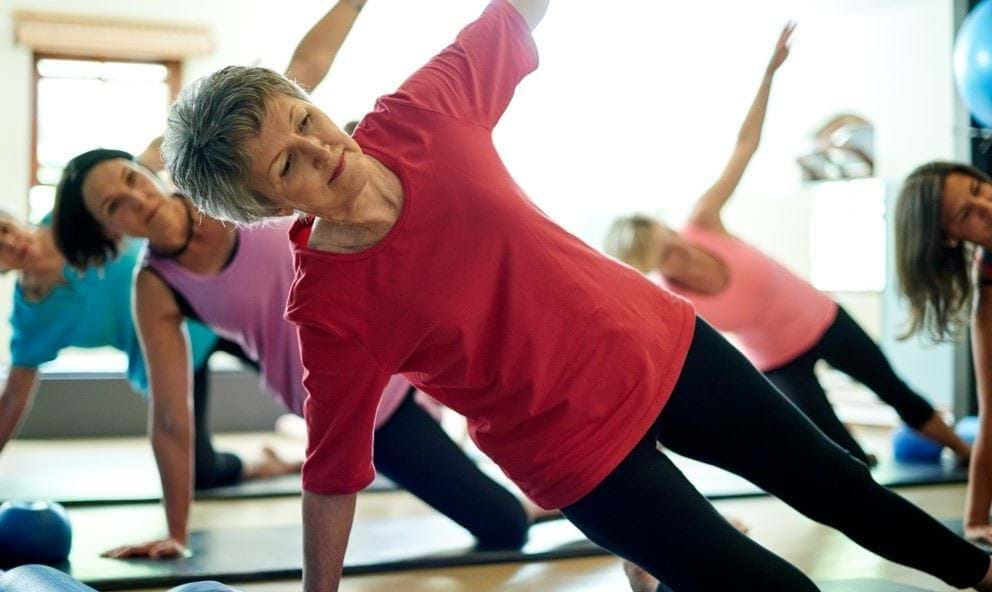 16 Of The Best Pieces Of Gym Equipment For Seniors
16 Of The Best Pieces Of Gym Equipment For Seniors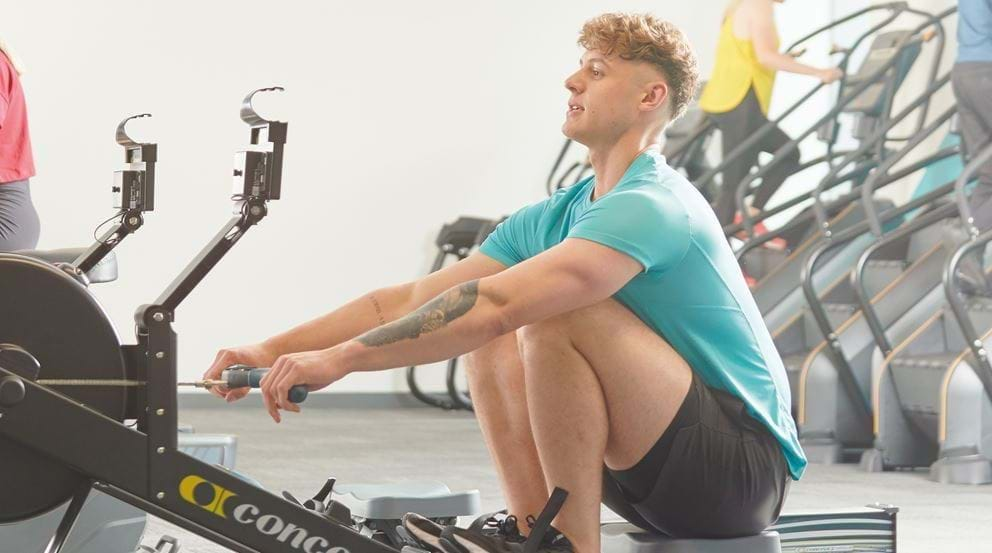 Discover the Rowing Machine: Your Key to a Full-Body Workout
Discover the Rowing Machine: Your Key to a Full-Body Workout The Best Gym Exercises for Tennis Players
The Best Gym Exercises for Tennis Players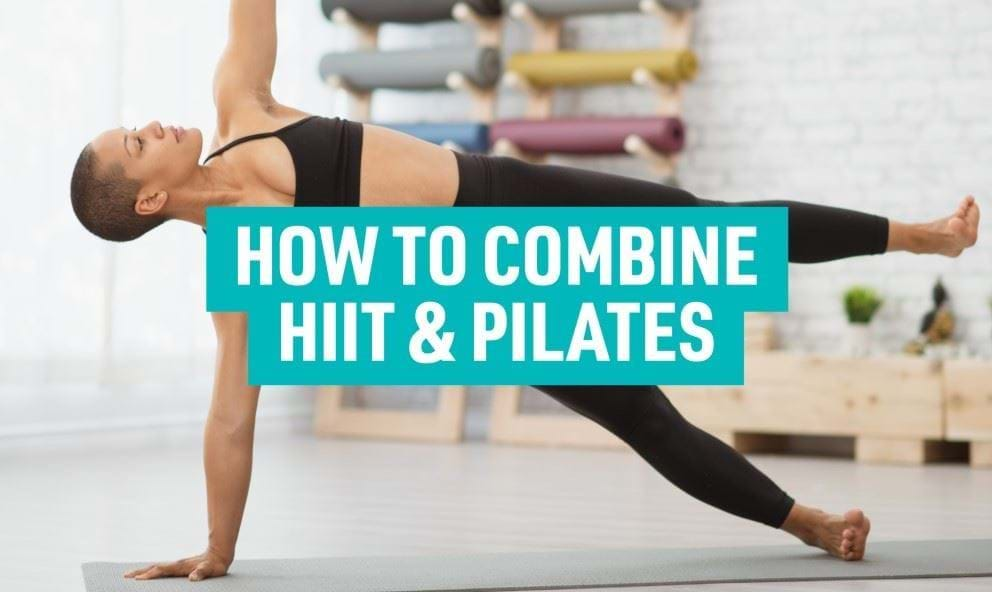 6 Of The Best Exercises To Combine HIIT & Pilates
6 Of The Best Exercises To Combine HIIT & Pilates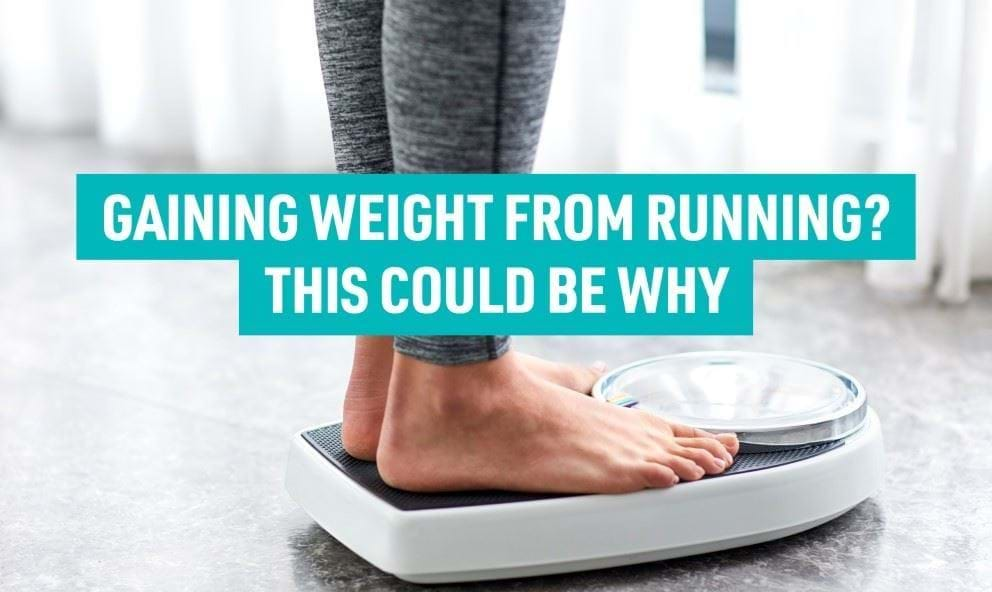 Gaining Weight From Running? This Could Be Why
Gaining Weight From Running? This Could Be Why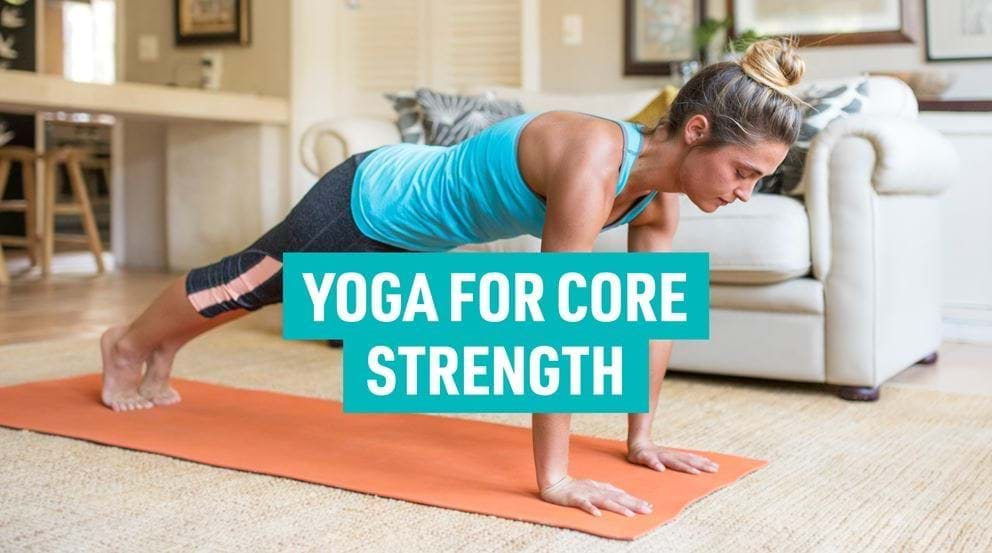 Yoga for Core Strength: Building a Strong Foundation
Yoga for Core Strength: Building a Strong Foundation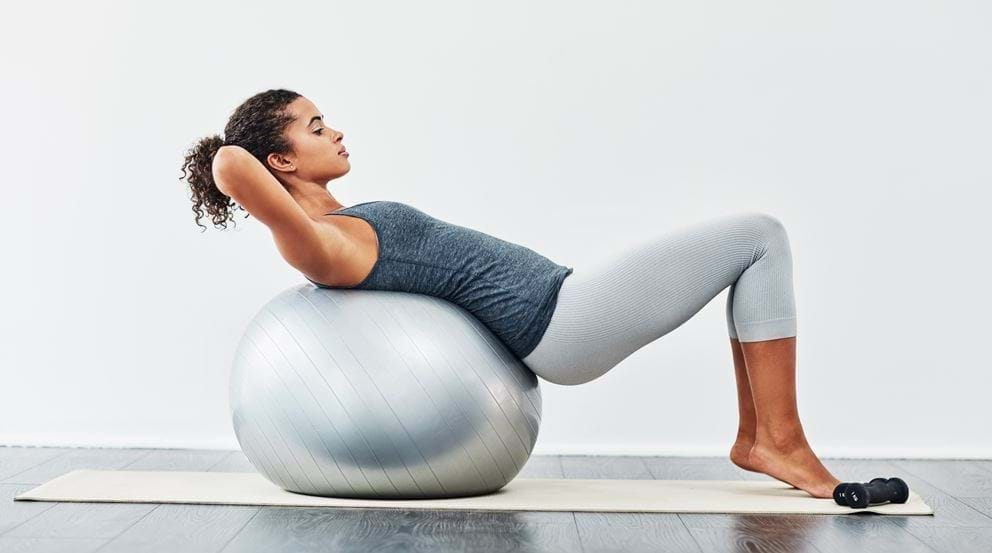 Bounce & Balance: Get Fit & Have Fun With Yoga Ball Exercises
Bounce & Balance: Get Fit & Have Fun With Yoga Ball Exercises Your Marathon Training Diet Advice and Plan
Your Marathon Training Diet Advice and Plan What Are Recovery Runs And How Do They Work
What Are Recovery Runs And How Do They Work Thigh Exercises For Women
Thigh Exercises For Women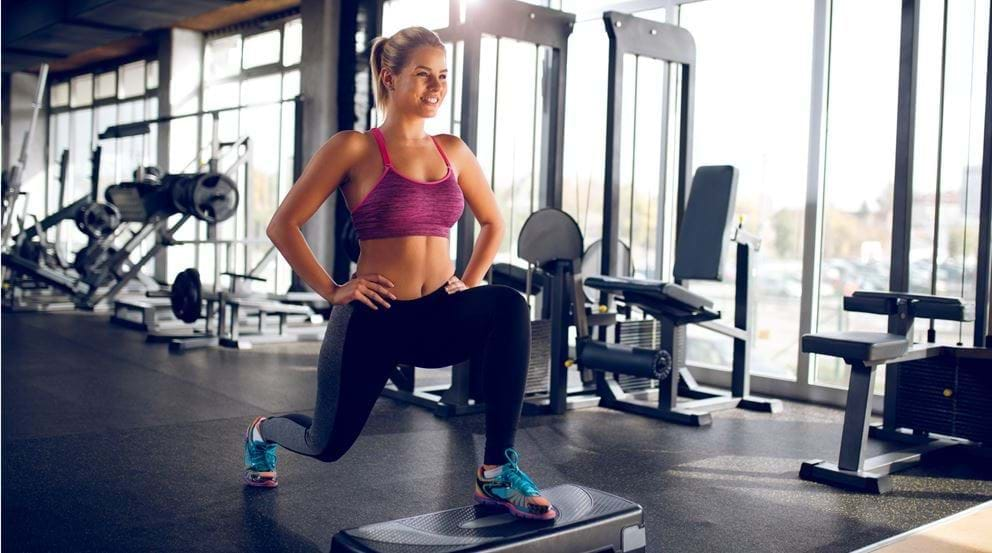 The Best Hip Exercises For Women
The Best Hip Exercises For Women The Best HIIT Workout for Muscle Building
The Best HIIT Workout for Muscle Building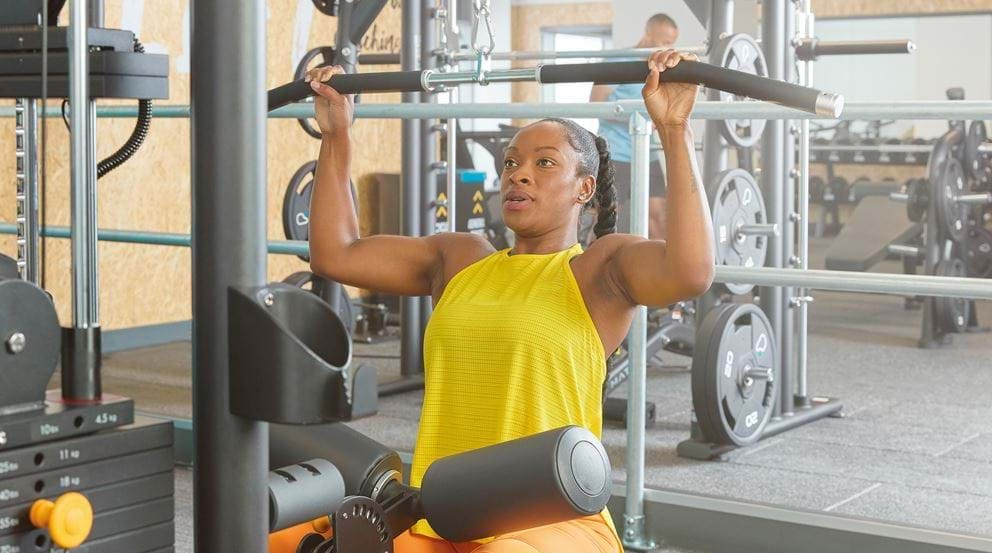 The Best Gym Machines for Weight Loss and Toning
The Best Gym Machines for Weight Loss and Toning The Best Gym Workout Plan For Gaining Muscle
The Best Gym Workout Plan For Gaining Muscle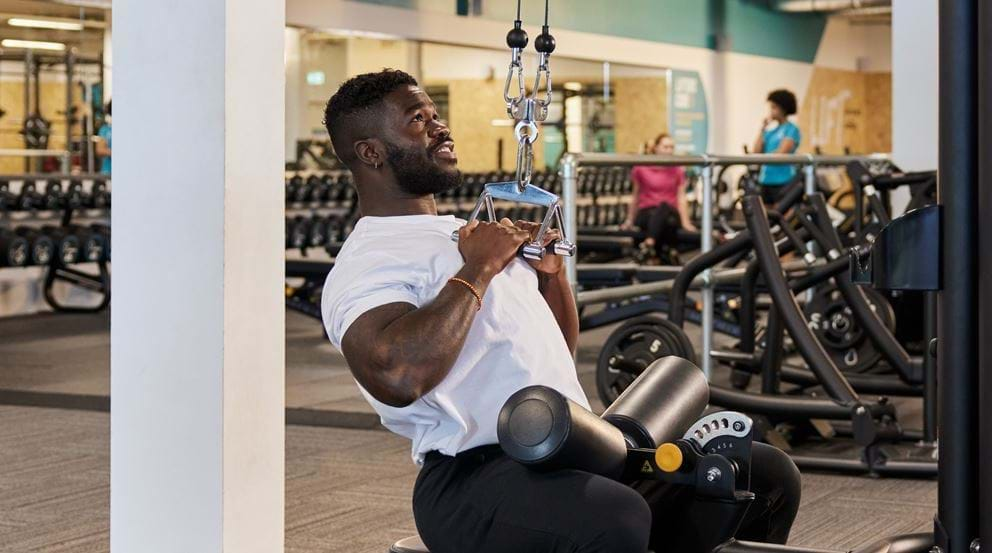 The Best Gym Cutting Workout Plans
The Best Gym Cutting Workout Plans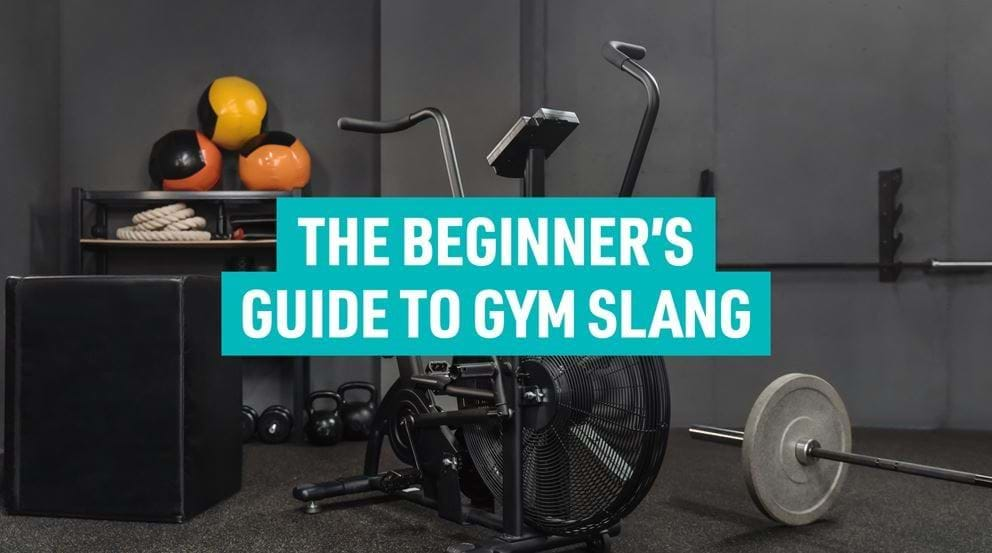 The Beginner’s Guide To Gym Slang
The Beginner’s Guide To Gym Slang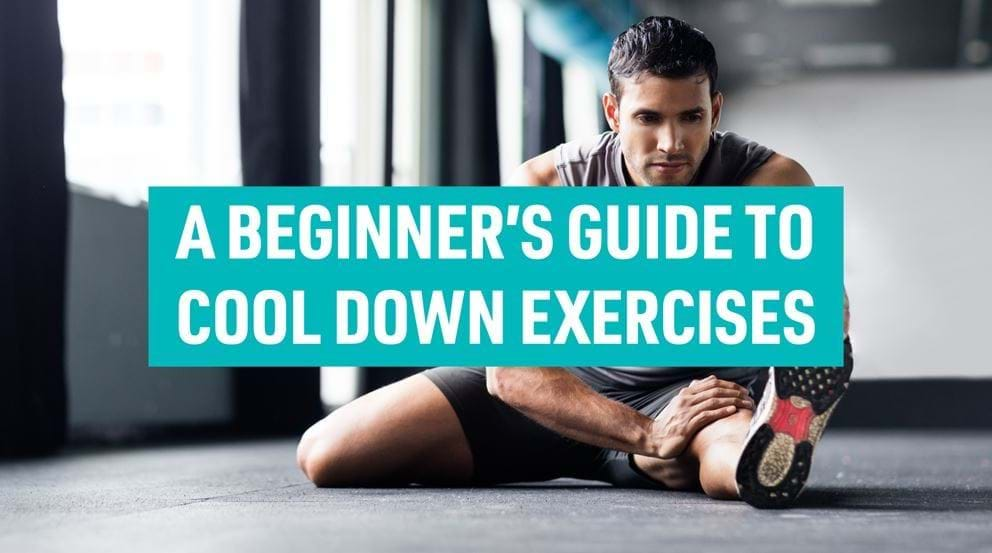 The Beginner’s Guide To Cool Down Exercises
The Beginner’s Guide To Cool Down Exercises Spring Clean Your Fitness Routine
Spring Clean Your Fitness Routine Running With A Cold: Should You Run If You Feel Ill?
Running With A Cold: Should You Run If You Feel Ill?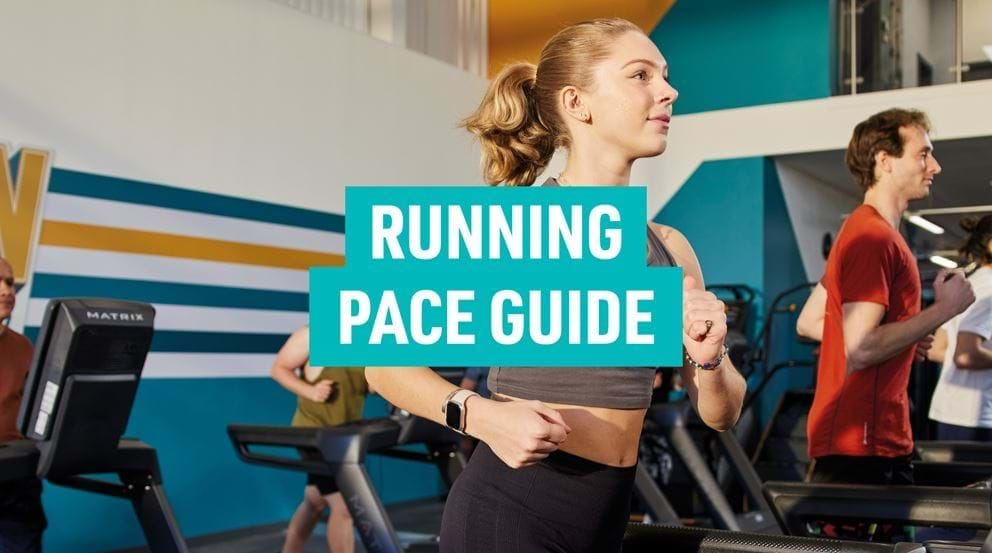 Running Pace Guide
Running Pace Guide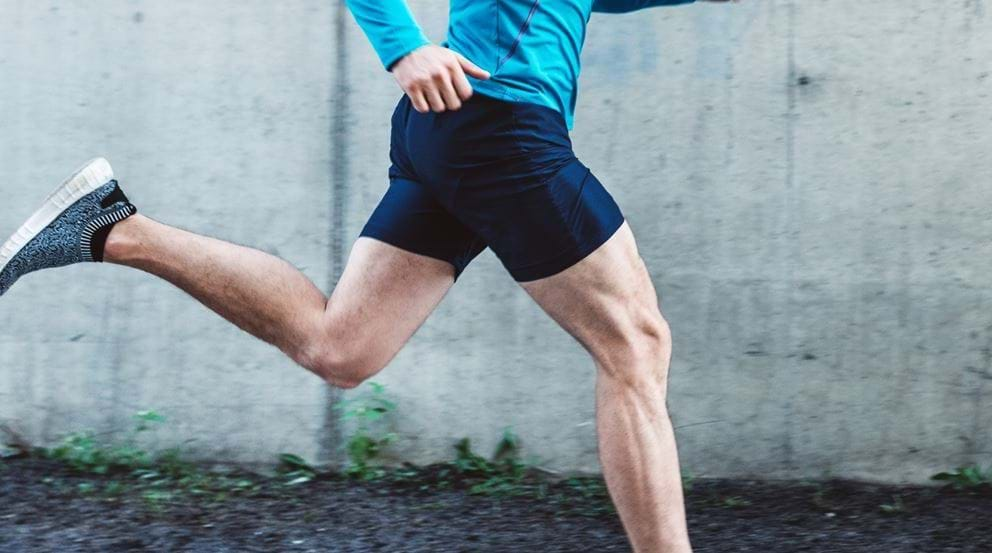 Running Knee Pain: Your Questions Answered
Running Knee Pain: Your Questions Answered The World’s Most Physically Demanding Concerts
The World’s Most Physically Demanding Concerts How To Breathe When Running
How To Breathe When Running HIIT Rowing Machine Workouts To Try In The Gym
HIIT Rowing Machine Workouts To Try In The Gym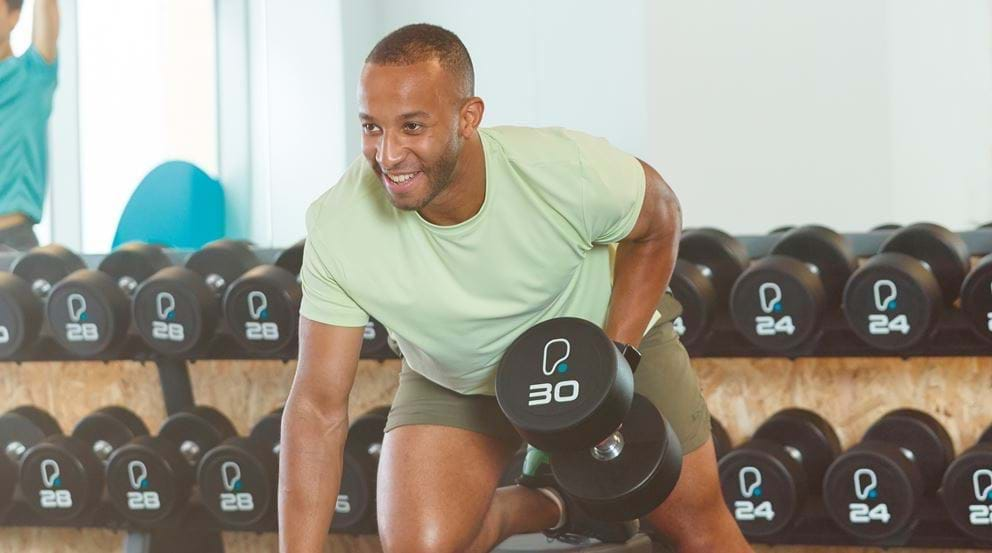 Gym Workout Plans For Men
Gym Workout Plans For Men Get Bigger Glutes With This Free Workout Plan
Get Bigger Glutes With This Free Workout Plan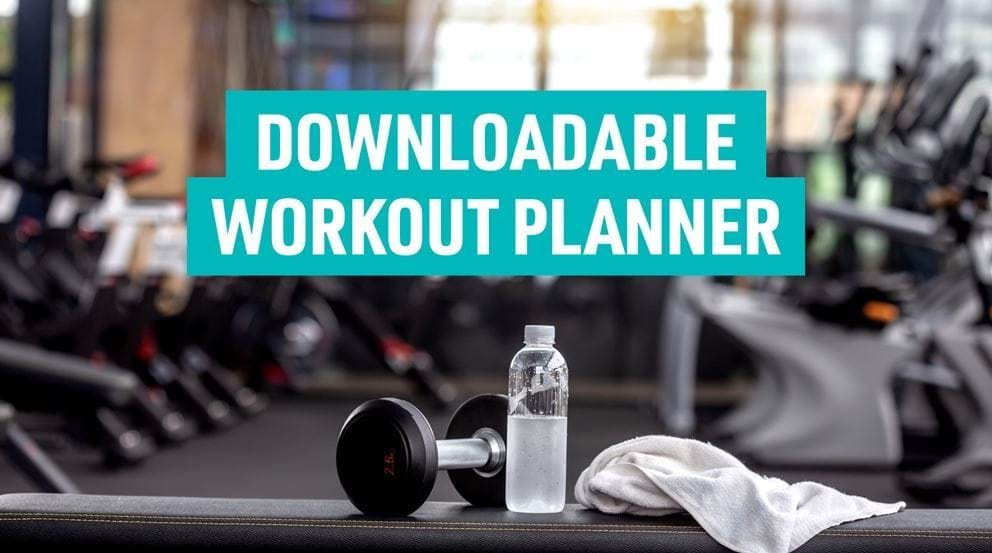 Workout Plans: Download Our Templates Or Learn How To Create Your Own
Workout Plans: Download Our Templates Or Learn How To Create Your Own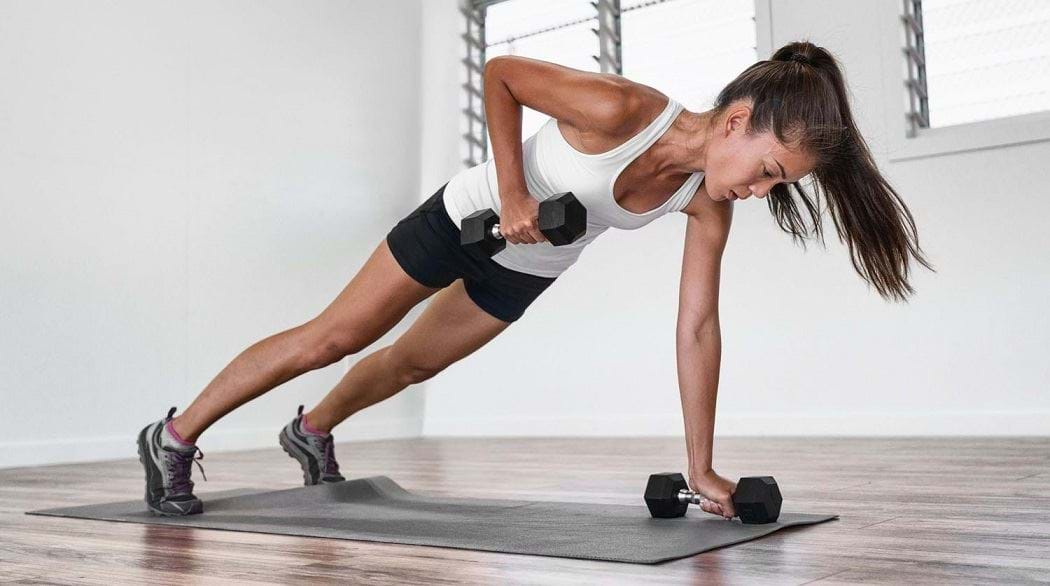 Four 20-Minute HIIT Workouts
Four 20-Minute HIIT Workouts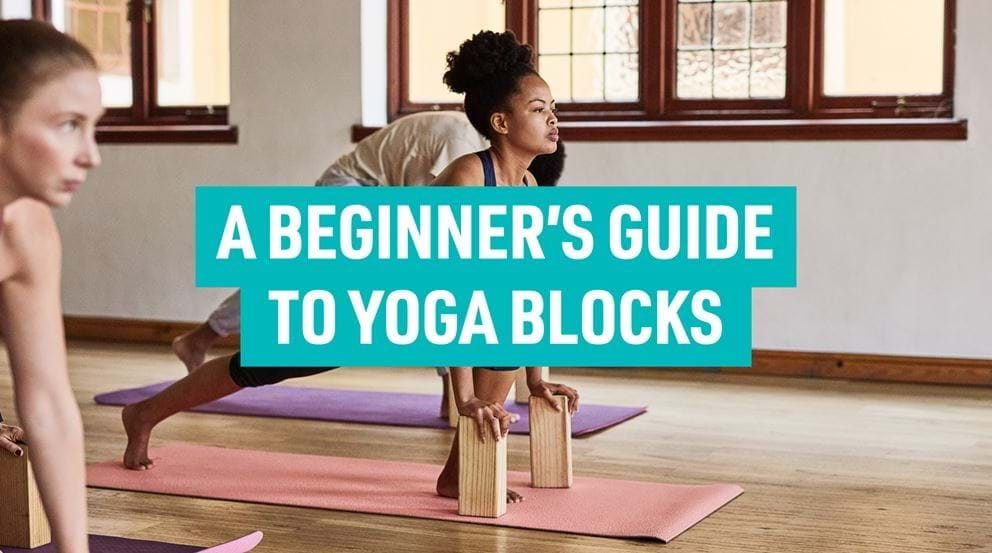 How To Use Yoga Blocks: The Ultimate Guide
How To Use Yoga Blocks: The Ultimate Guide A Bodybuilding Workout Plan For the Gym
A Bodybuilding Workout Plan For the Gym 7 Ways Exercise Can Help With Exam Stress
7 Ways Exercise Can Help With Exam Stress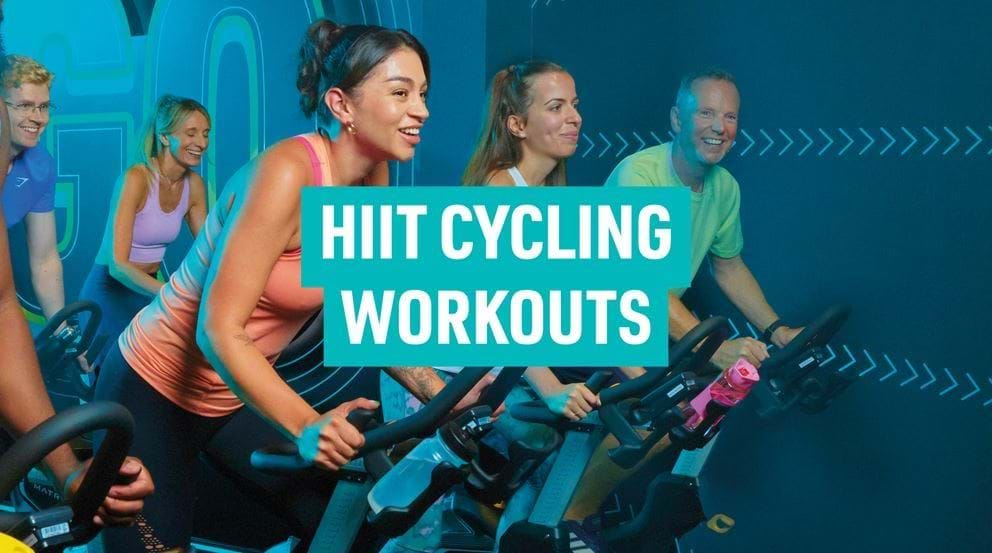 5 Of The Best HIIT Cycling Workouts
5 Of The Best HIIT Cycling Workouts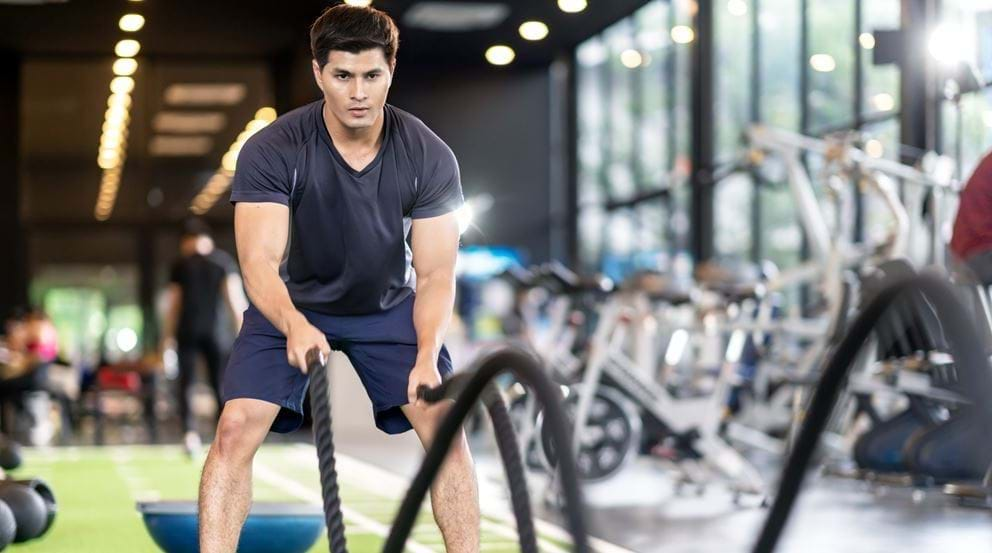 3 HIIT Workouts For Weight and Fat Loss
3 HIIT Workouts For Weight and Fat Loss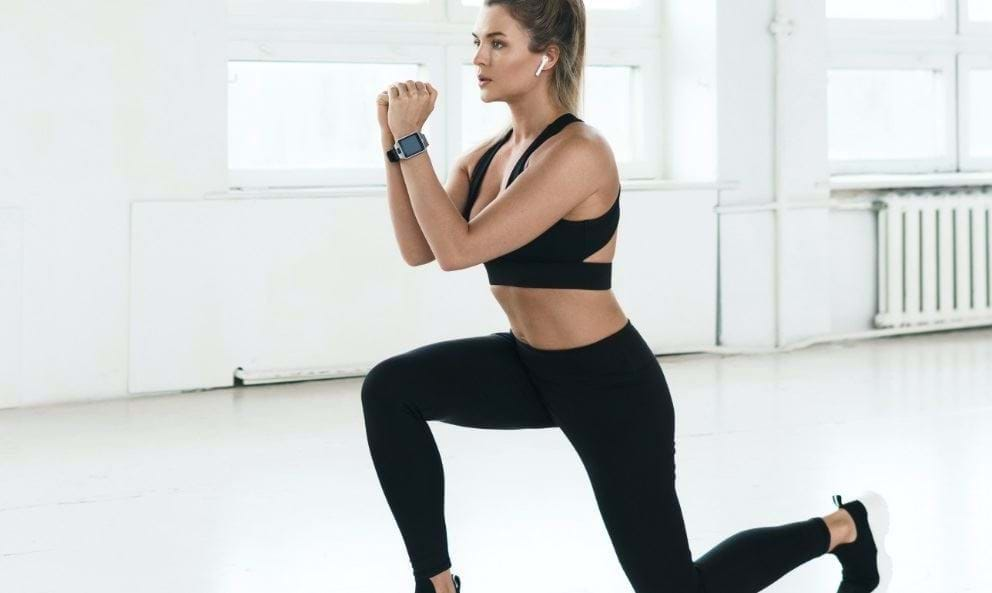 25-Minute HIIT Workout
25-Minute HIIT Workout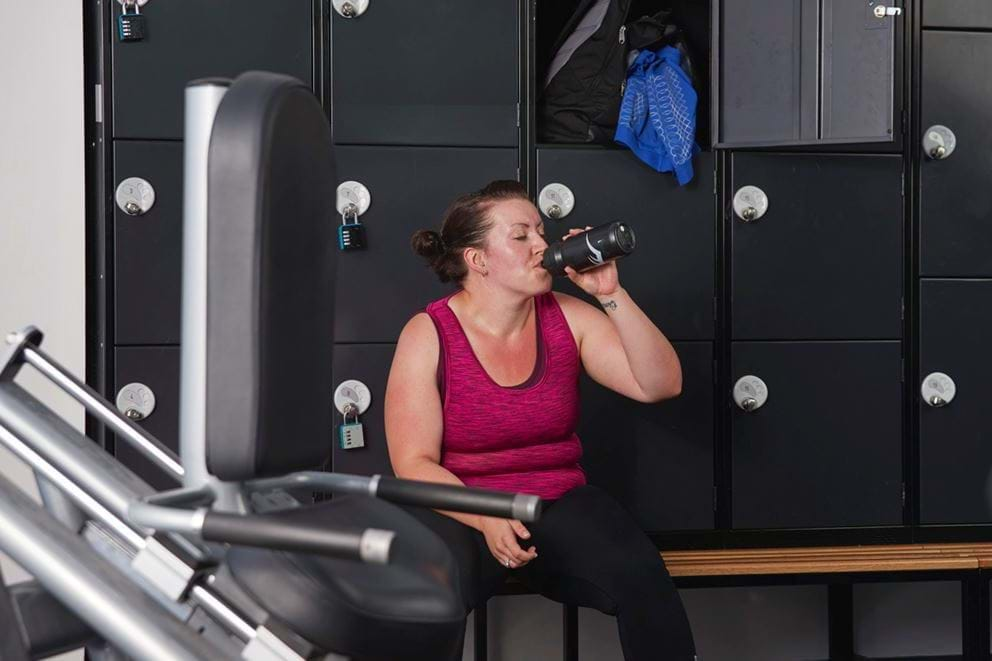 Gym essentials: What to bring to the gym
Gym essentials: What to bring to the gym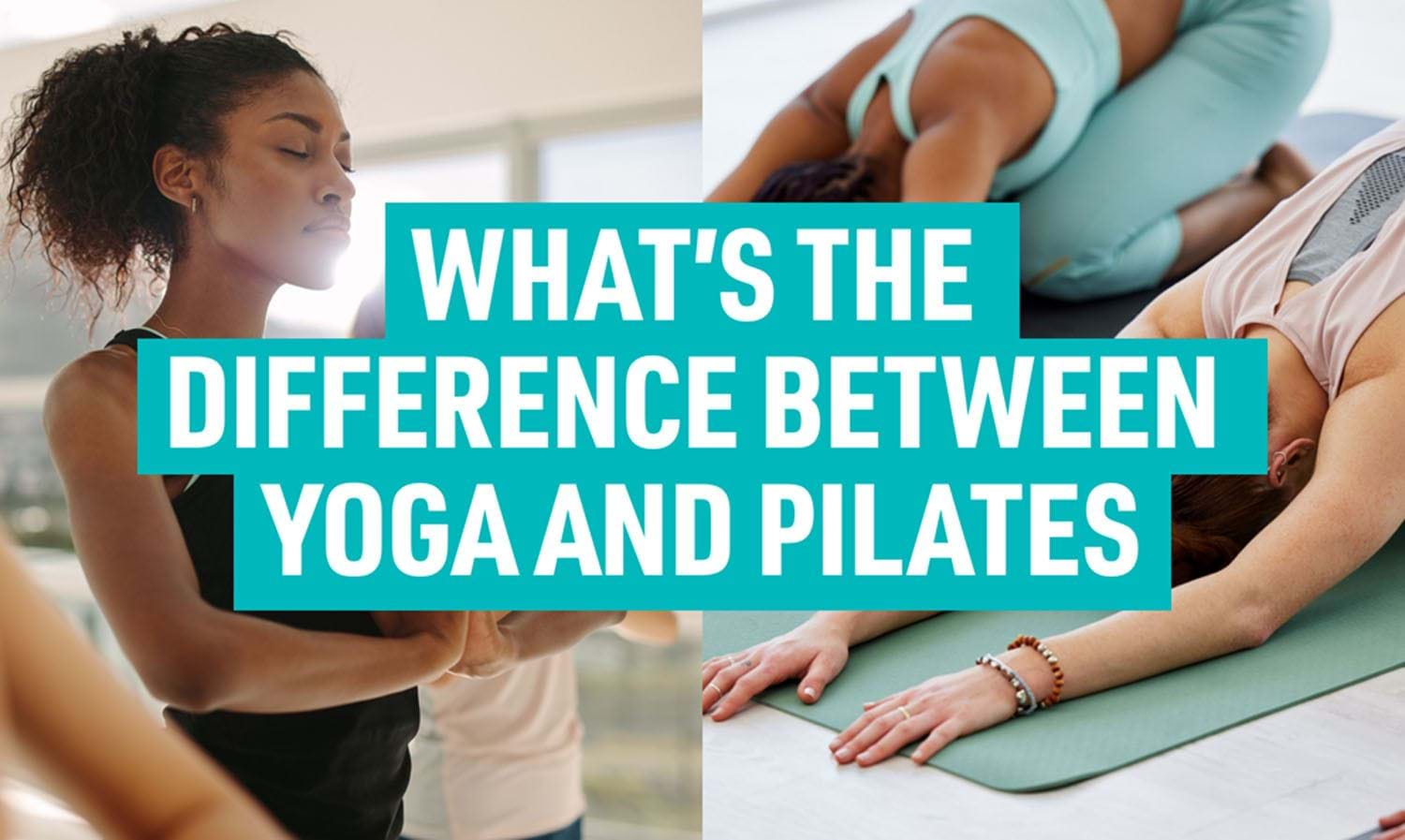 What’s The Difference Between Yoga And Pilates?
What’s The Difference Between Yoga And Pilates? What Is Zumba (And Why Is It So Great For You)?
What Is Zumba (And Why Is It So Great For You)?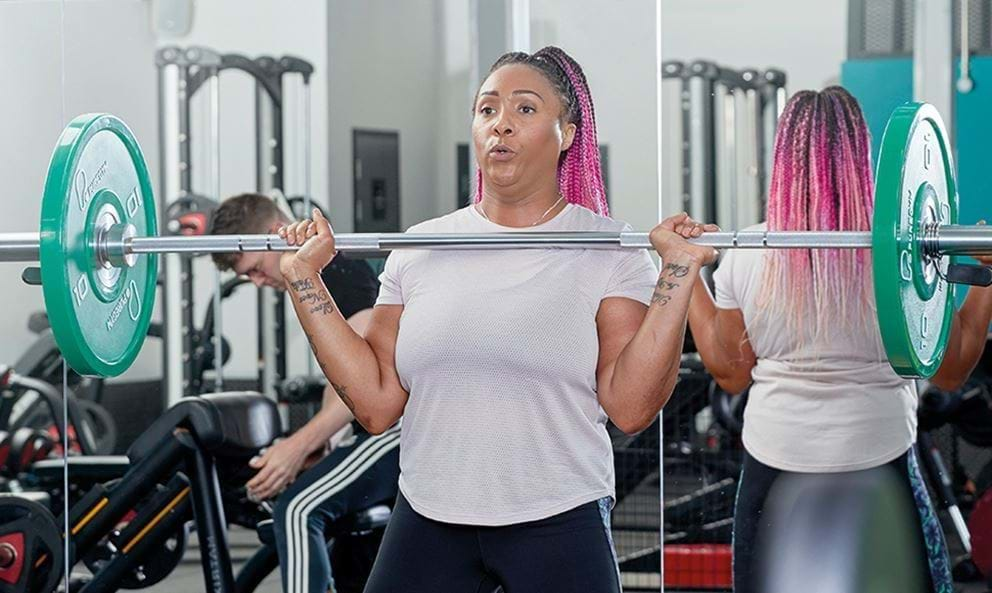 Weight Training: What Is It And What Are The Benefits?
Weight Training: What Is It And What Are The Benefits? What Is Pre-Workout And How Can It Help Your Exercise Energy Levels?
What Is Pre-Workout And How Can It Help Your Exercise Energy Levels? 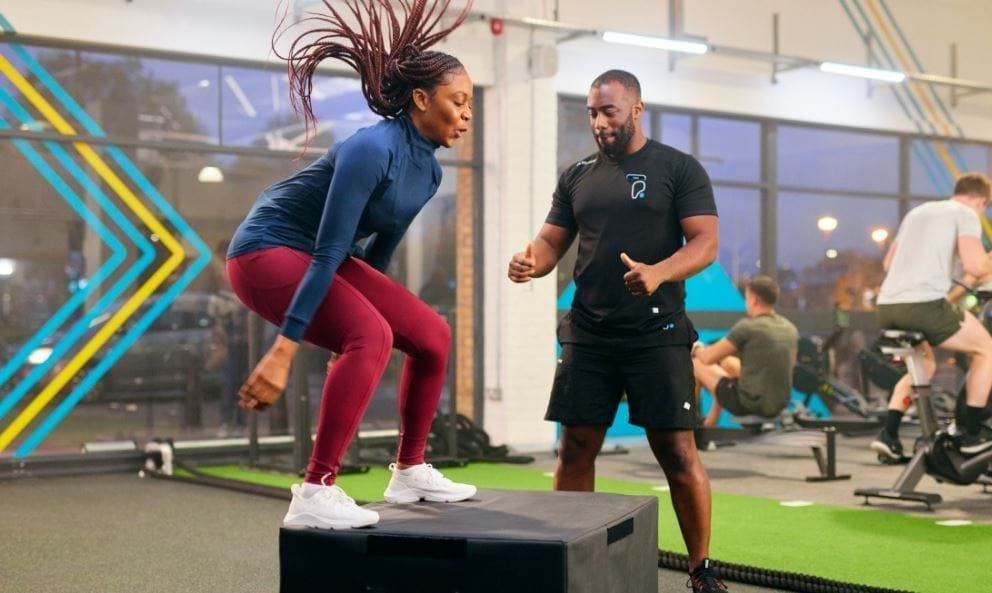 What is Plyometric Training? Why and How to Do It
What is Plyometric Training? Why and How to Do It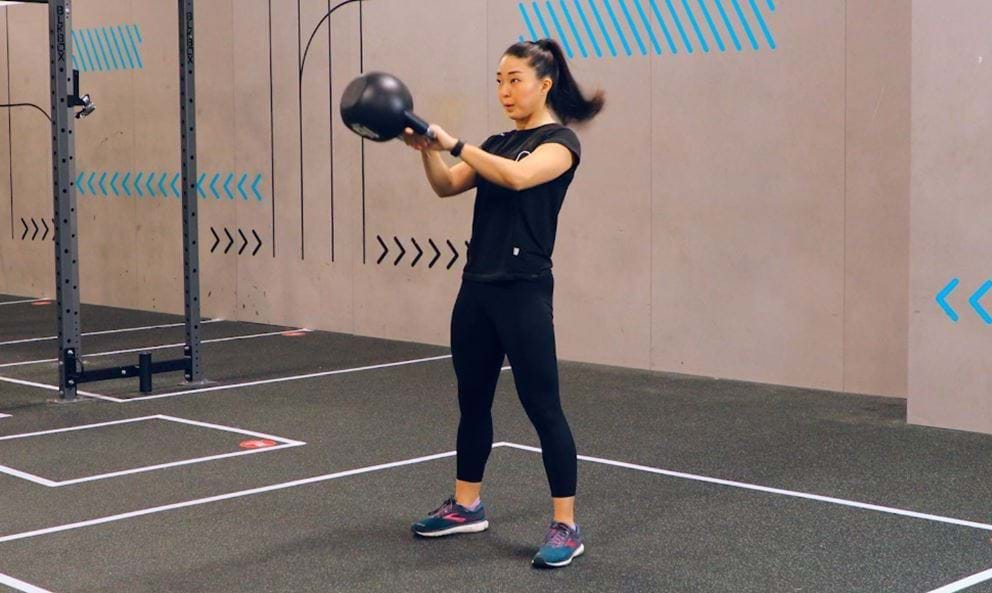 What is Circuit Training and Can I Do it in the Gym?
What is Circuit Training and Can I Do it in the Gym? What is a sedentary lifestyle and how to avoid itWhat effect do painkillers have on muscle growth?What Comes First: Cardio or Strength Training?
What is a sedentary lifestyle and how to avoid itWhat effect do painkillers have on muscle growth?What Comes First: Cardio or Strength Training?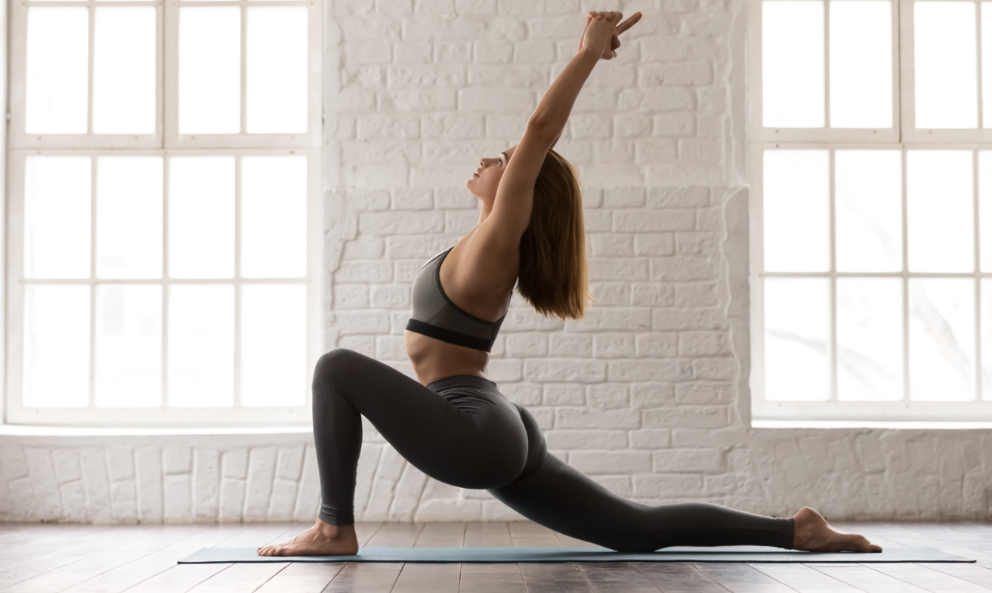 What Are The Different Types Of Yoga?
What Are The Different Types Of Yoga?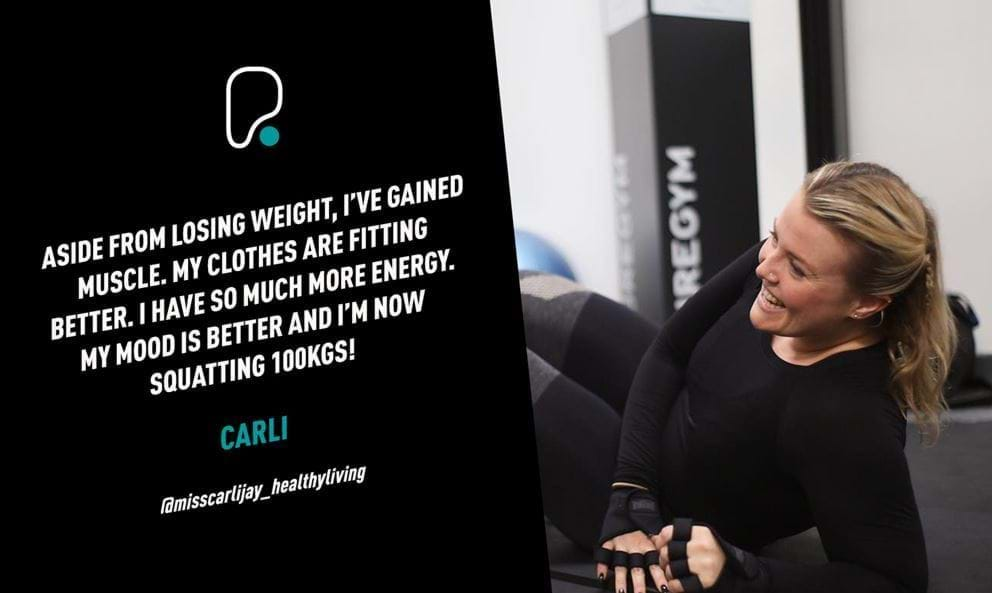 "The gym has changed my life. Not only have I lost half my bodyweight, I'm stronger, happier, and so much more healthy." - Carli
"The gym has changed my life. Not only have I lost half my bodyweight, I'm stronger, happier, and so much more healthy." - Carli A Guide To Walking For Weight Loss
A Guide To Walking For Weight Loss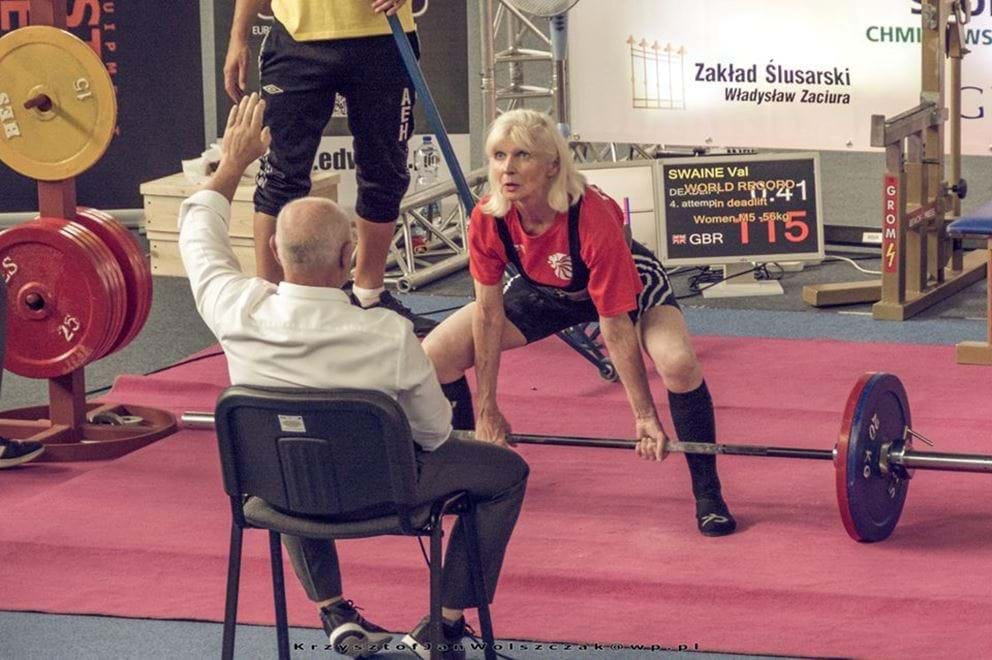 'Strength training has given a purpose to my life and I feel very lucky to be able to do it.'- Val, 61
'Strength training has given a purpose to my life and I feel very lucky to be able to do it.'- Val, 61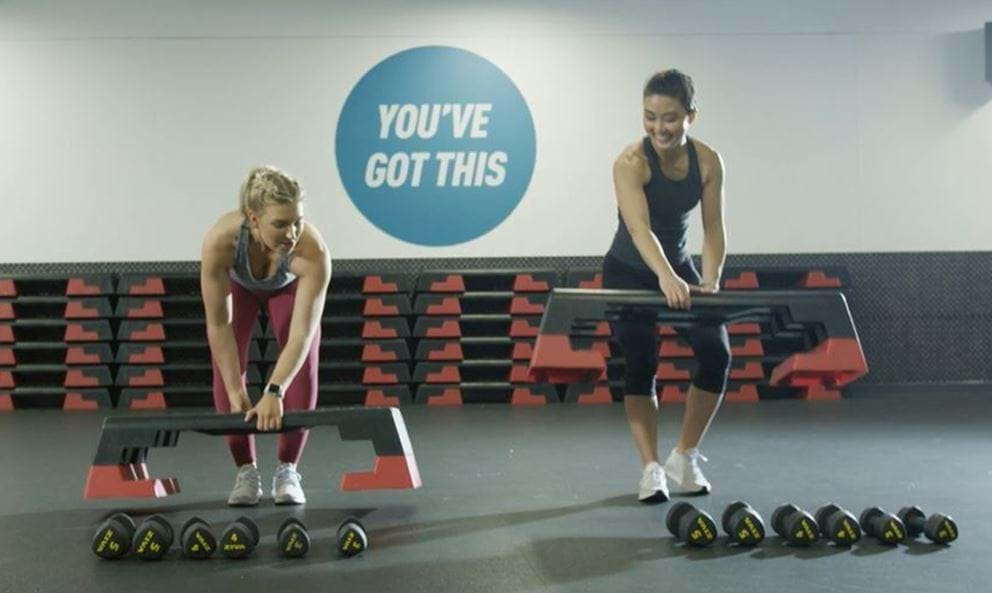 Upper body dumbbell workoutTraining your way to 10K
Upper body dumbbell workoutTraining your way to 10K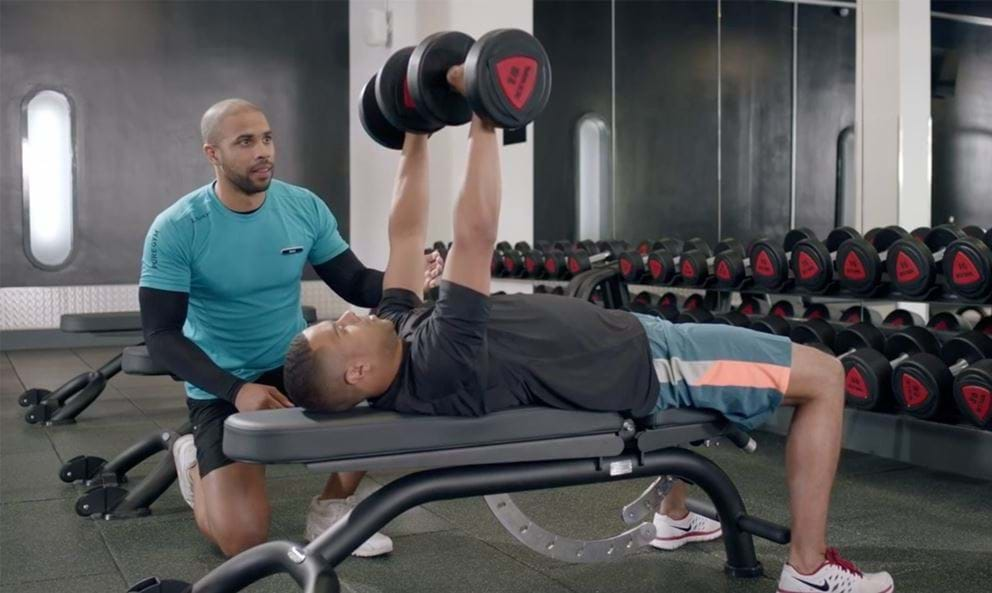 Top tips for starting a gym routine
Top tips for starting a gym routine Top 5 exercises for fat loss
Top 5 exercises for fat loss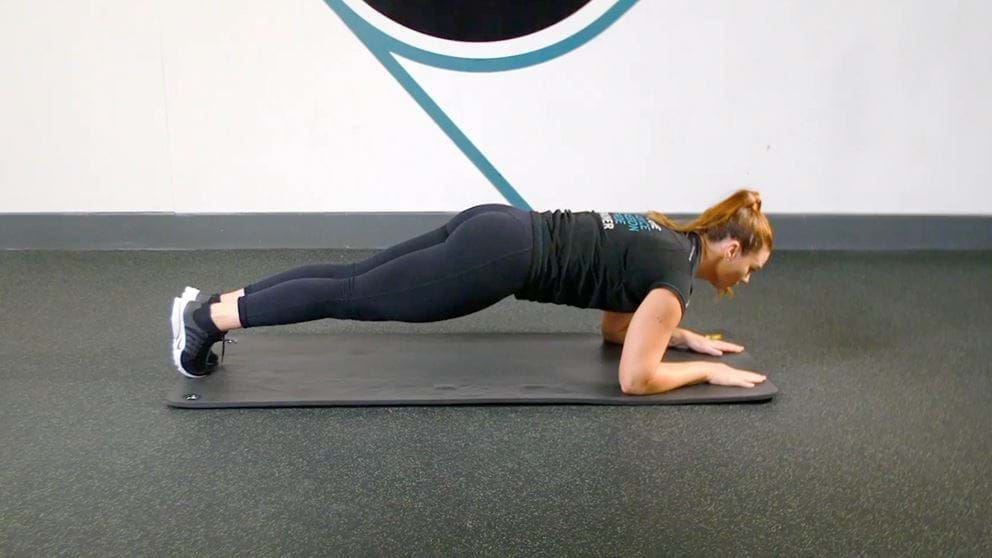 Top 5 Core Exercises for Beginners
Top 5 Core Exercises for Beginners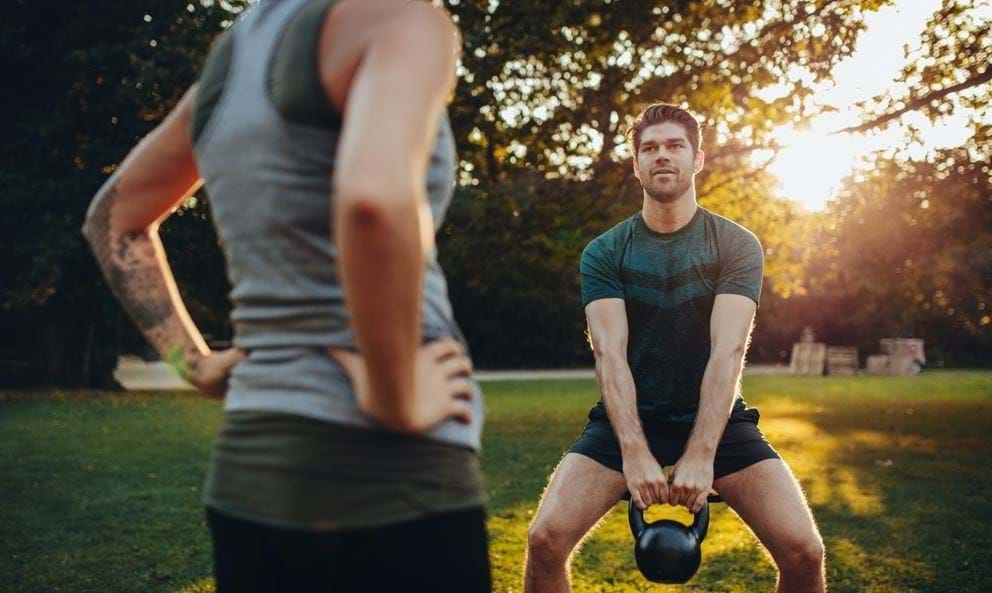 Top 5 Benefits of Outdoor Personal Training
Top 5 Benefits of Outdoor Personal Training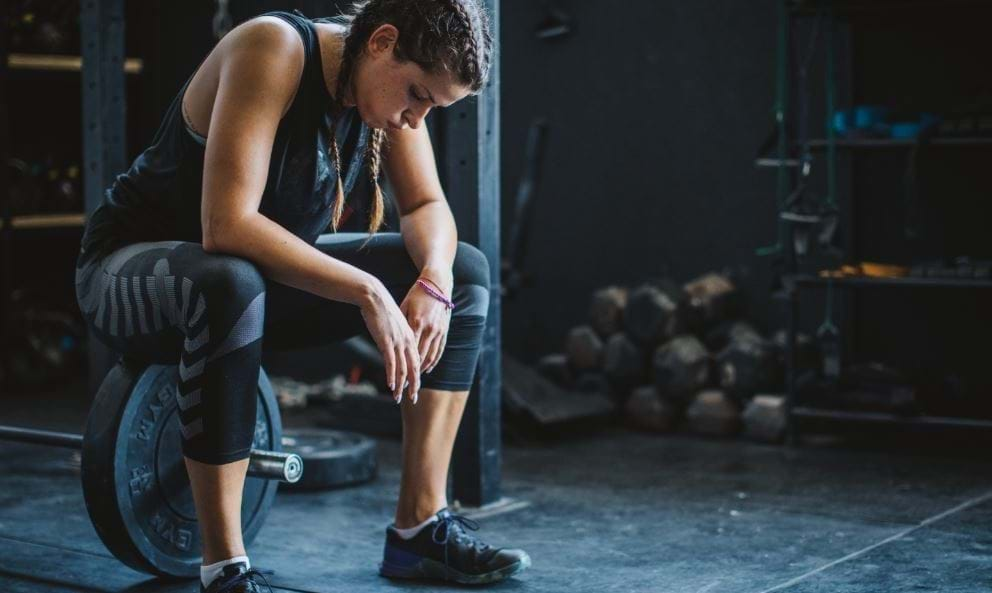 Too Tired To Exercise? How To Boost Energy For The GymTips for Once or Twice-a-Week Gym-Goers
Too Tired To Exercise? How To Boost Energy For The GymTips for Once or Twice-a-Week Gym-Goers The Ultimate Guide to Warm Up Exercises
The Ultimate Guide to Warm Up Exercises The Post-Workout Shower: Hot or Cold?
The Post-Workout Shower: Hot or Cold?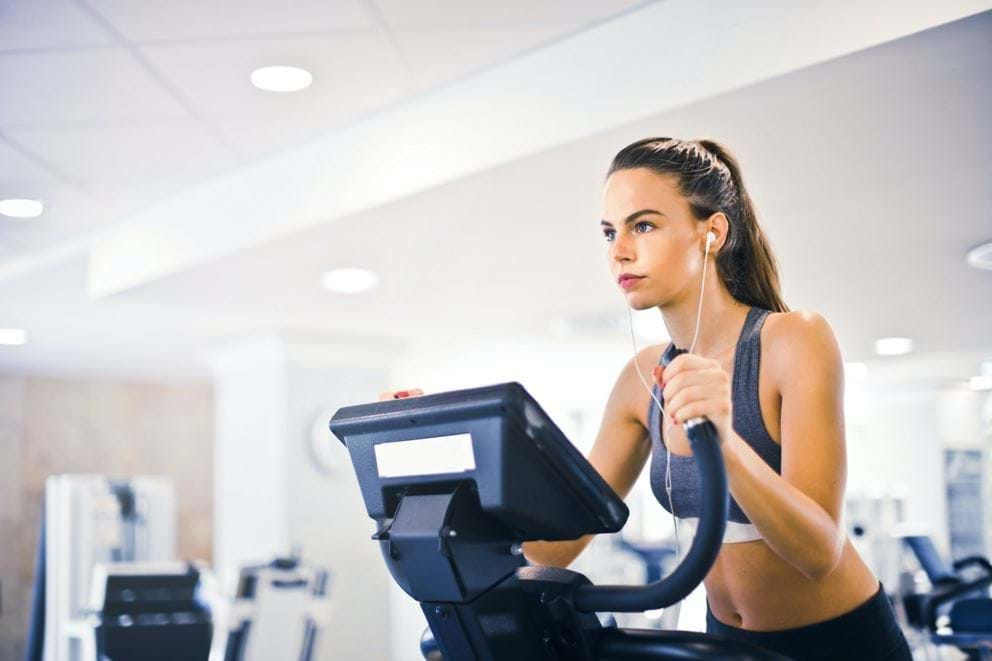 The Sound of Strength: Can Music Help You Lift More?The Best Yoga Poses For Beginners
The Sound of Strength: Can Music Help You Lift More?The Best Yoga Poses For Beginners The Best Workout Split for Women
The Best Workout Split for Women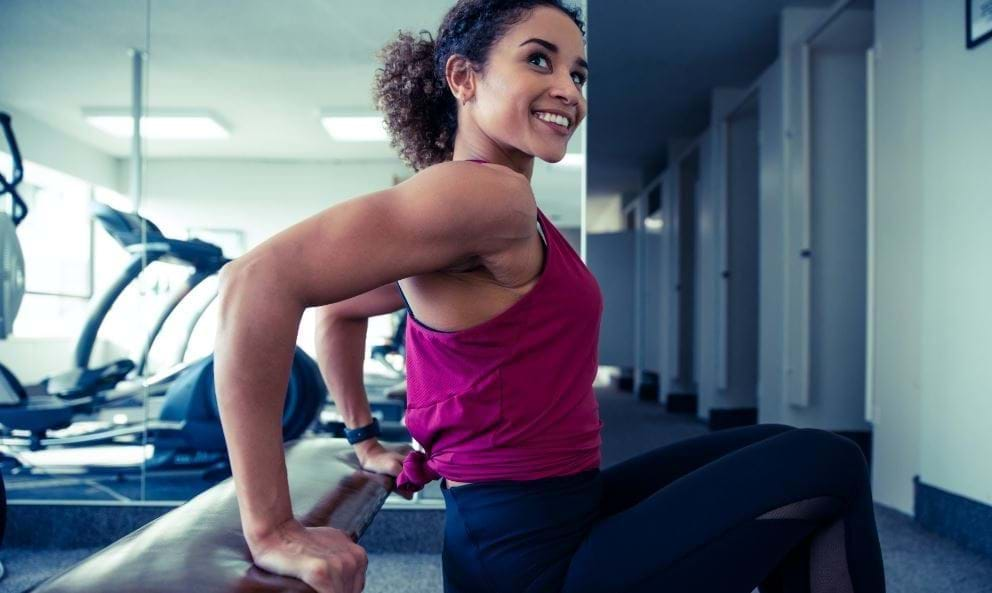 The Best Tricep Exercises For Women
The Best Tricep Exercises For Women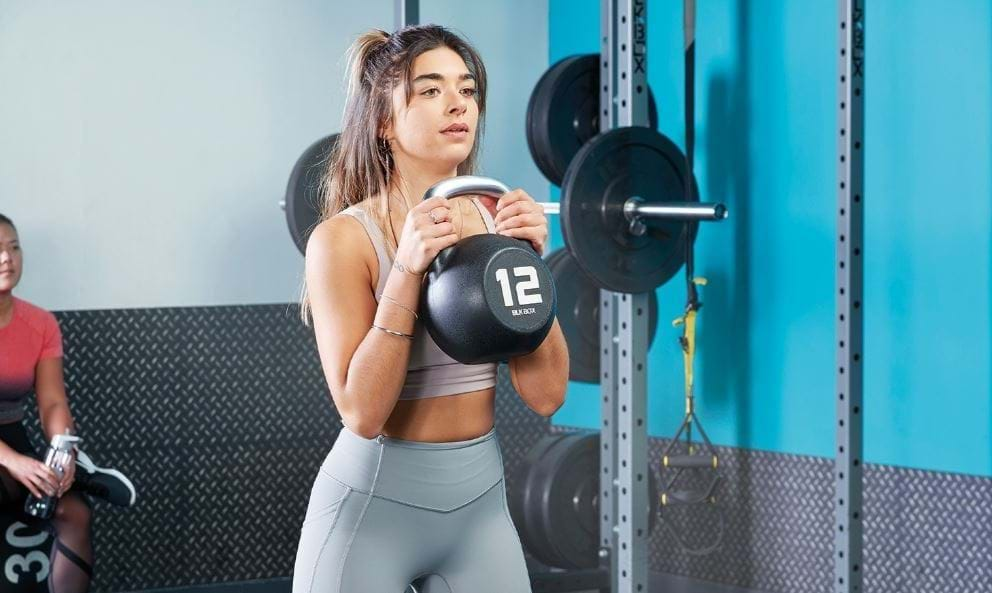 The Best Metabolic Exercises & Workouts for Women
The Best Metabolic Exercises & Workouts for Women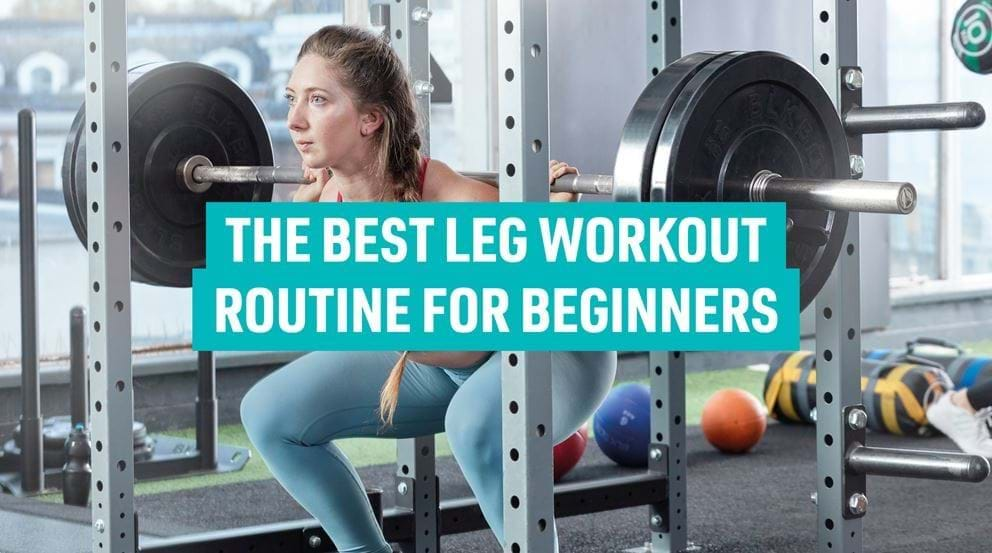 The Best Leg Workout Routine For Beginners
The Best Leg Workout Routine For Beginners The best HIIT workout for you
The best HIIT workout for you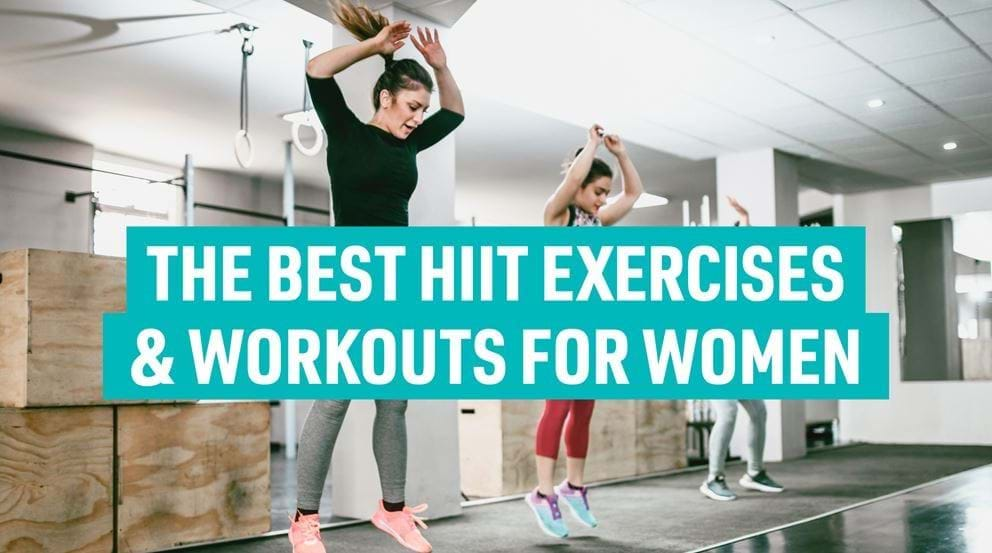 The Best HIIT Exercises & Workouts for Women
The Best HIIT Exercises & Workouts for Women 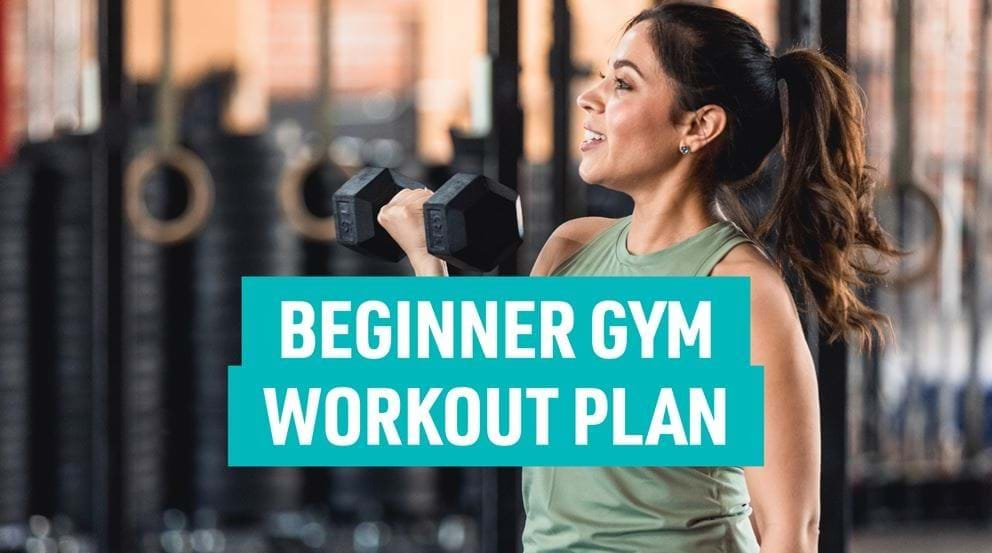 The Best Gym Workout Plans for Beginners
The Best Gym Workout Plans for Beginners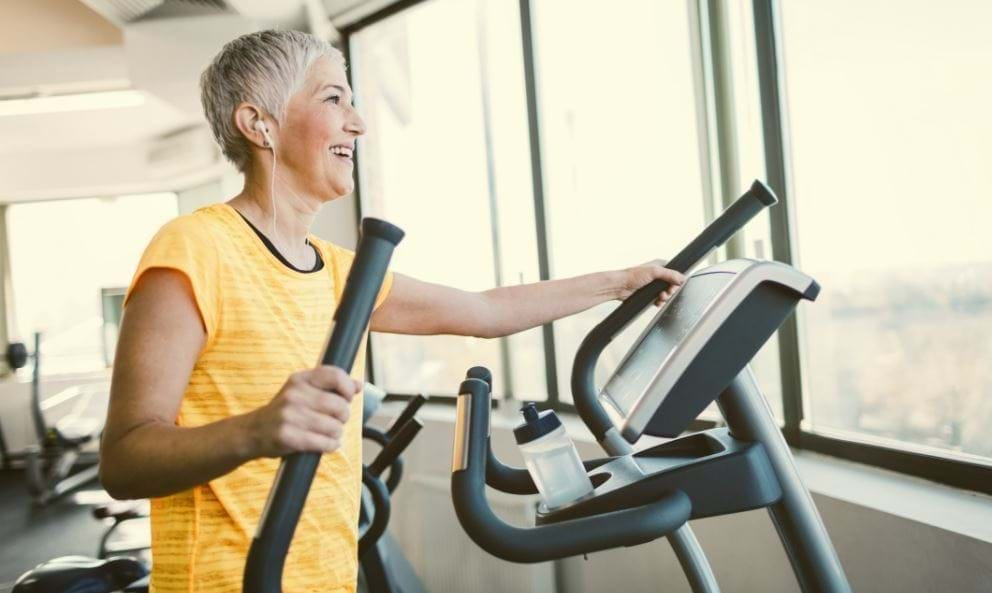 The Best Exercises For Rheumatoid Arthritis At Home And The Gym
The Best Exercises For Rheumatoid Arthritis At Home And The Gym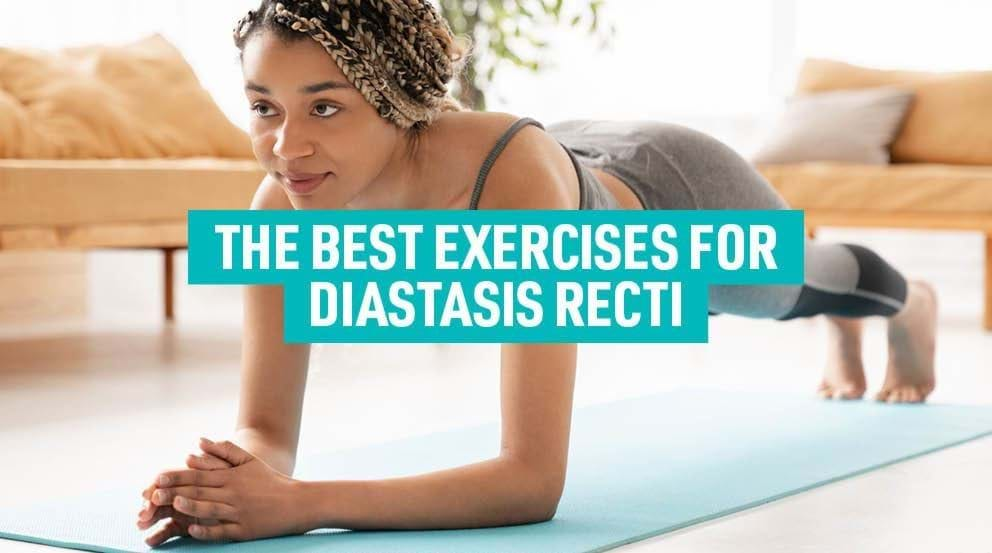 The Best Exercises For Diastasis Recti
The Best Exercises For Diastasis Recti  Tempo training: What is it and how to apply it in your training
Tempo training: What is it and how to apply it in your training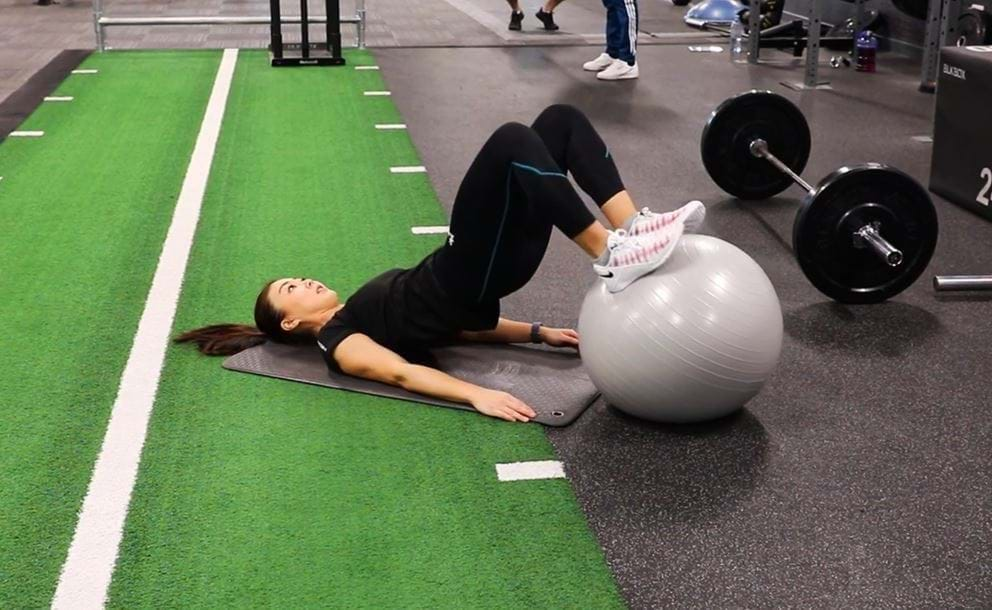 Strength Training For Runners
Strength Training For Runners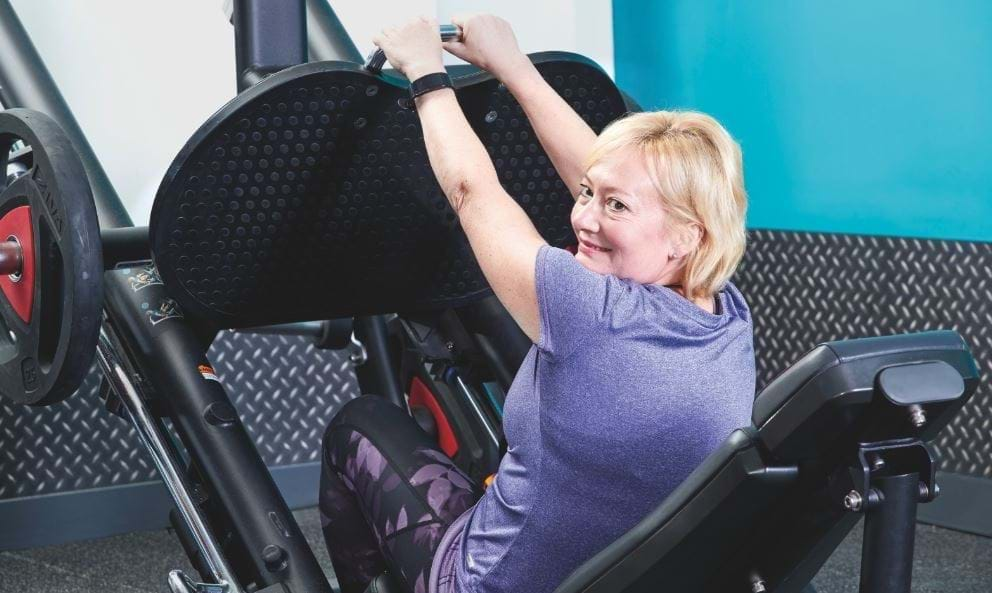 Strength Training For Women Over 50
Strength Training For Women Over 50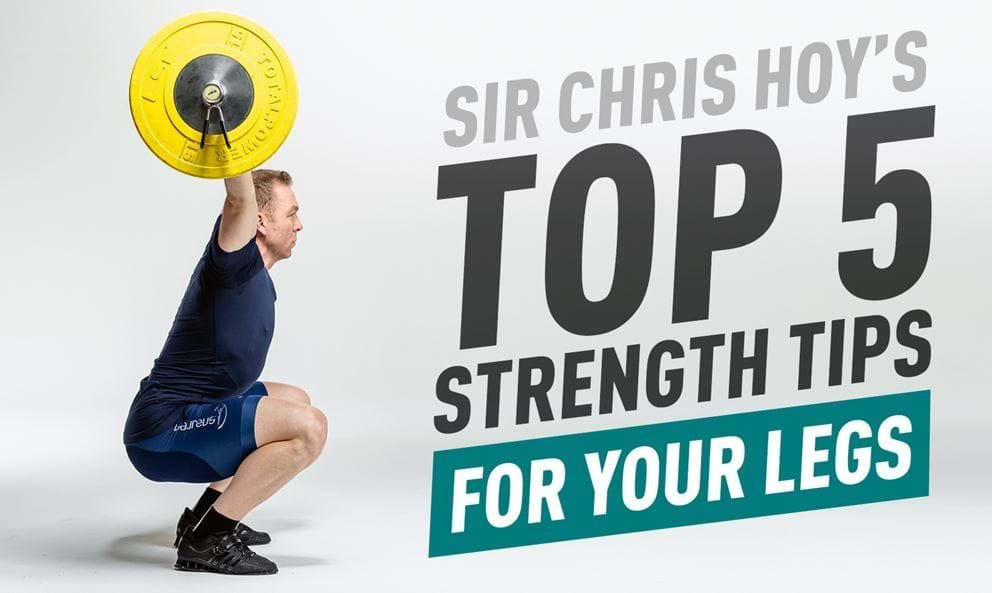 Sir Chris Hoy's Top Tips for Leg Strength
Sir Chris Hoy's Top Tips for Leg Strength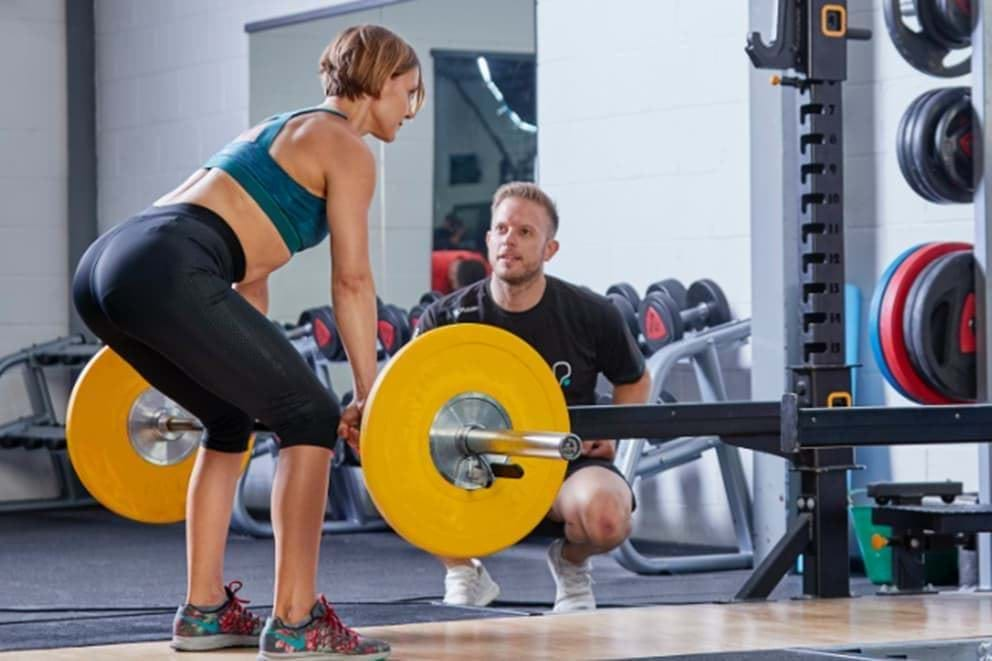 Should I Be Working Out Sore Muscles?
Should I Be Working Out Sore Muscles? Running For Weight Loss
Running For Weight Loss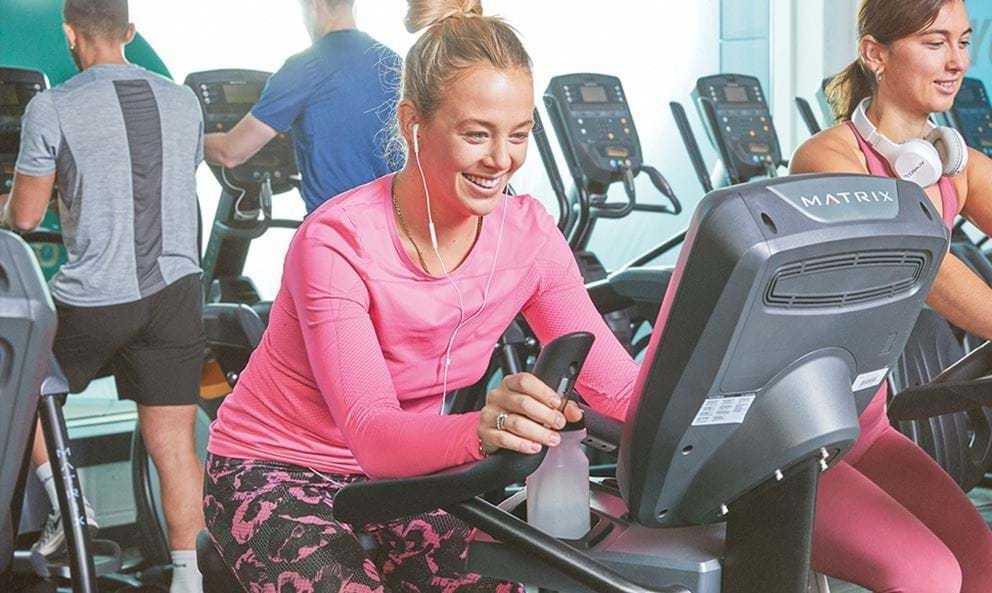 What Happens to Your Body When You Return to Working Out After a Break?
What Happens to Your Body When You Return to Working Out After a Break?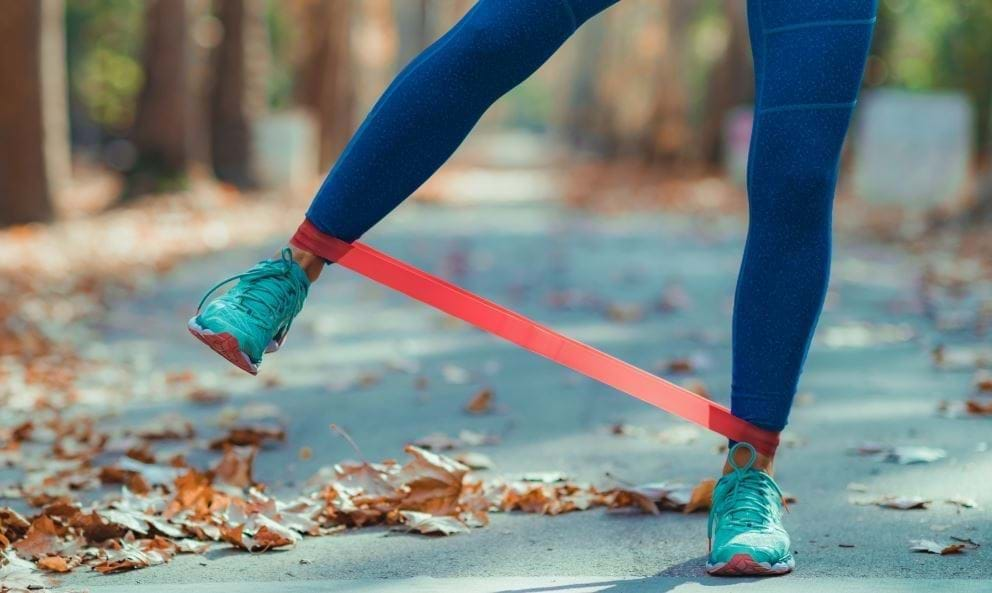 Resistance Bands Exercises For Beginners
Resistance Bands Exercises For Beginners Recreating the Track and Field in the Gym
Recreating the Track and Field in the Gym How To Recover From An Injury Faster Using The Gym
How To Recover From An Injury Faster Using The Gym Wheelchair-Friendly Exercises For At Home (Or The Gym!)
Wheelchair-Friendly Exercises For At Home (Or The Gym!)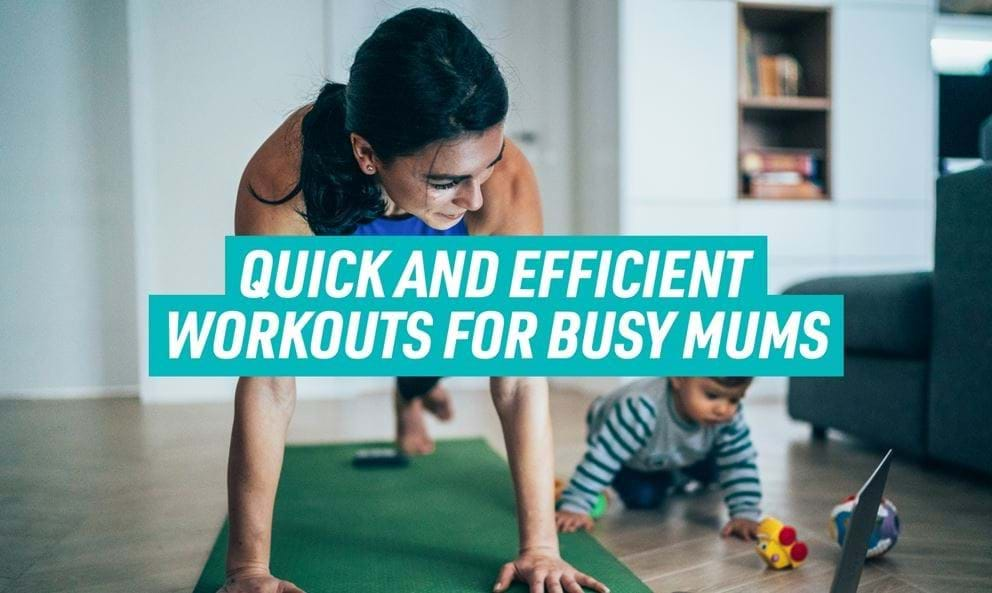 Quick and Efficient Workouts For Busy Mums
Quick and Efficient Workouts For Busy Mums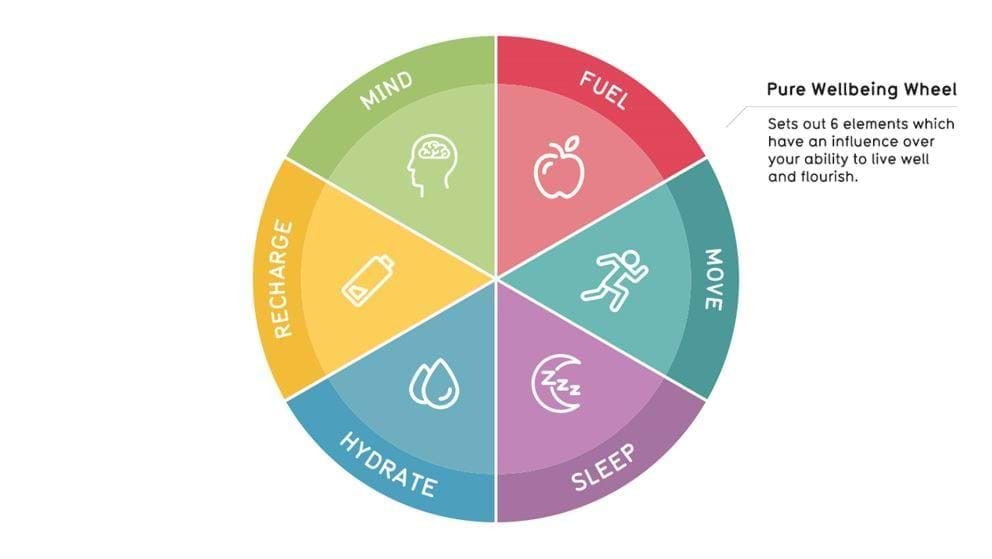 The pillars for good health: Pure Wellbeing
The pillars for good health: Pure Wellbeing PureGym Summer Sessions: The Pure Beach Workout
PureGym Summer Sessions: The Pure Beach Workout PureGym Insider Story: Peter
PureGym Insider Story: Peter PureGym Insider Marc
PureGym Insider Marc PureGym Insider Story: Josh
PureGym Insider Story: Josh Pull Ups For Beginners
Pull Ups For Beginners Post Workout Fatigue – Why It Happens And How To Help
Post Workout Fatigue – Why It Happens And How To Help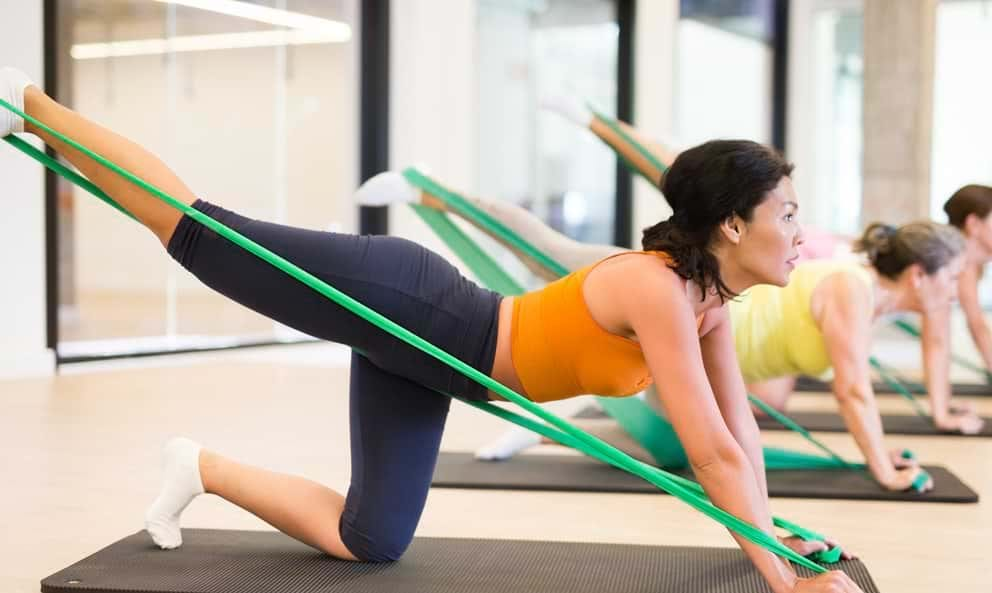 Pilates vs Weight Training: Which is Best?
Pilates vs Weight Training: Which is Best? 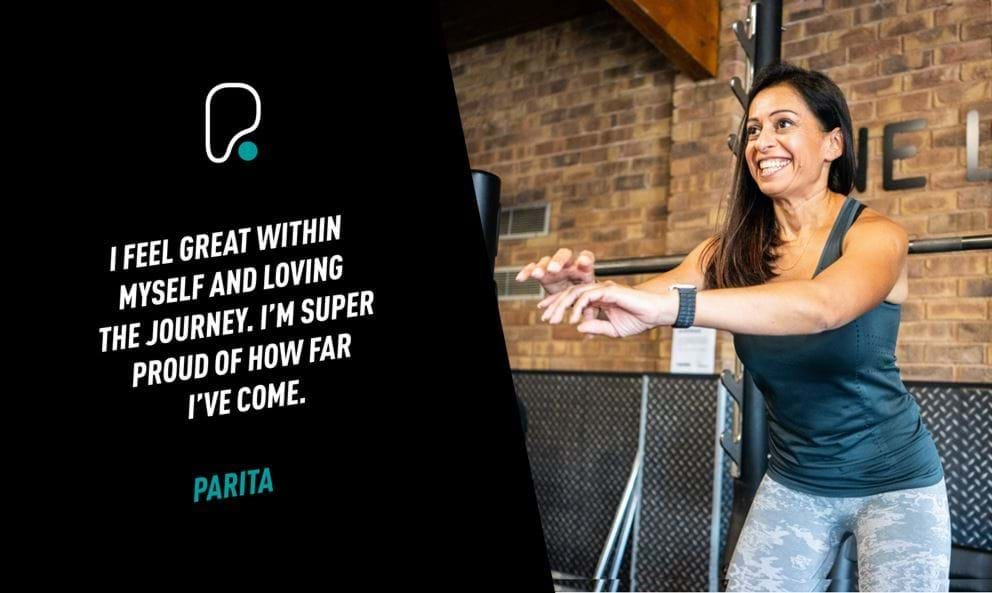 Feeling fitter and stronger at 40
Feeling fitter and stronger at 40 Osteoarthritis and Exercise: Why (and How) You Should Keep Moving
Osteoarthritis and Exercise: Why (and How) You Should Keep Moving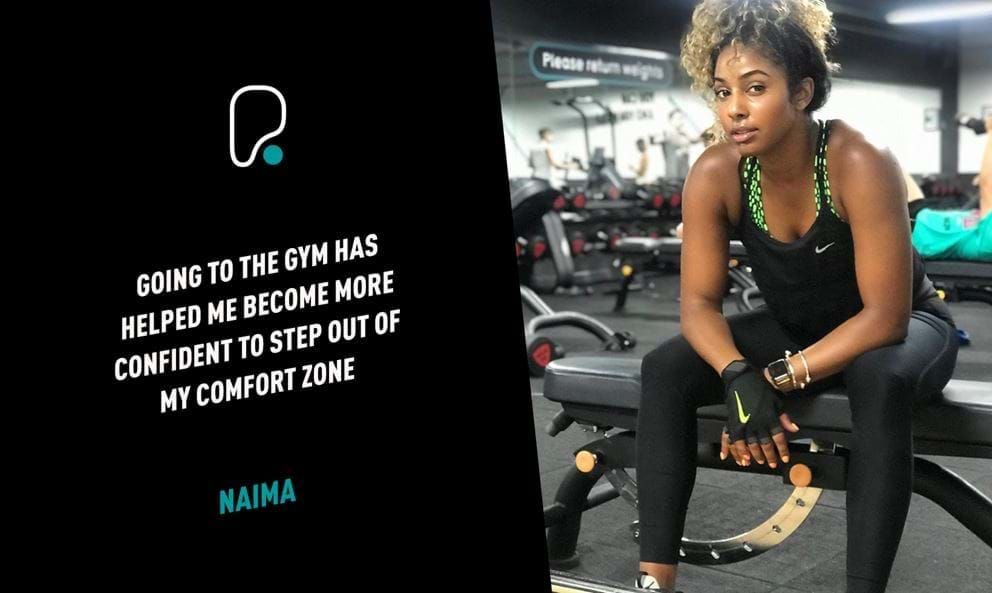 Going to the gym has helped improve my strength, fitness and confidence.
Going to the gym has helped improve my strength, fitness and confidence. Muscle memory: fact or fiction
Muscle memory: fact or fiction Most Googled Gym Questions
Most Googled Gym Questions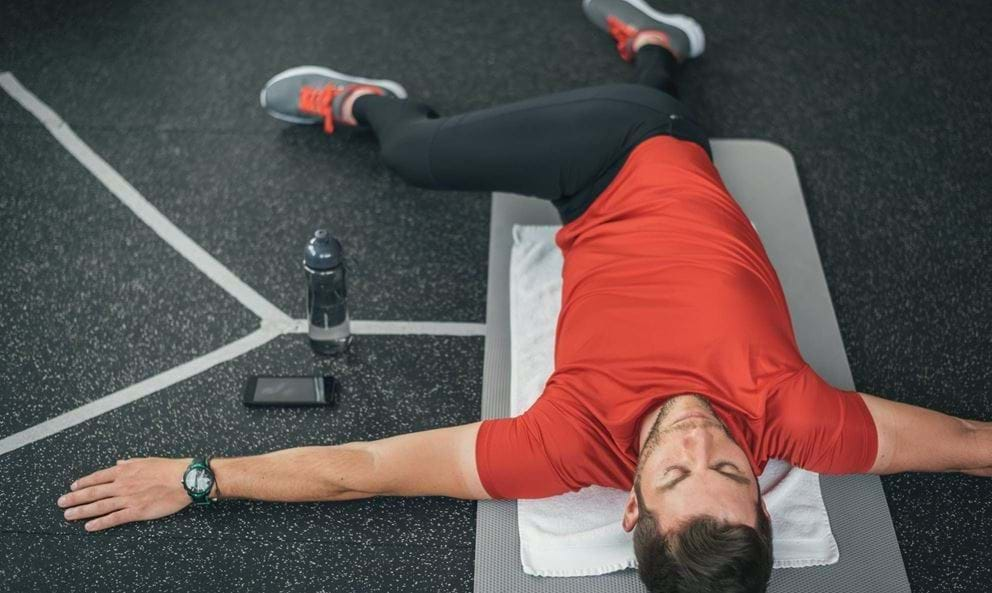 Mobility Exercises To Ease Tension And Improve Posture
Mobility Exercises To Ease Tension And Improve Posture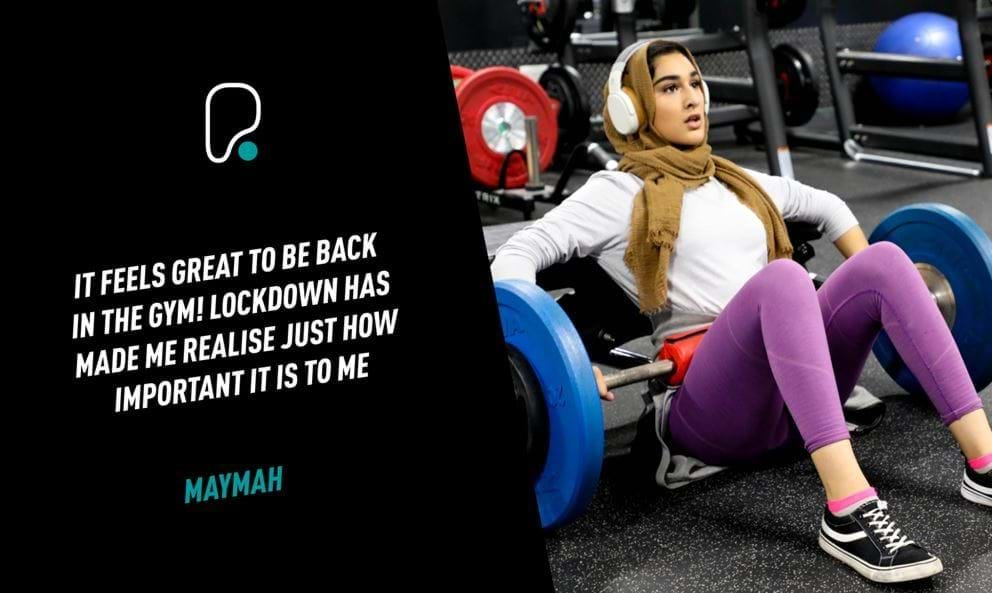 Strength training has helped me become more resilient in life
Strength training has helped me become more resilient in life Marathon Ready: What are Running Gels and Will They Help?
Marathon Ready: What are Running Gels and Will They Help? 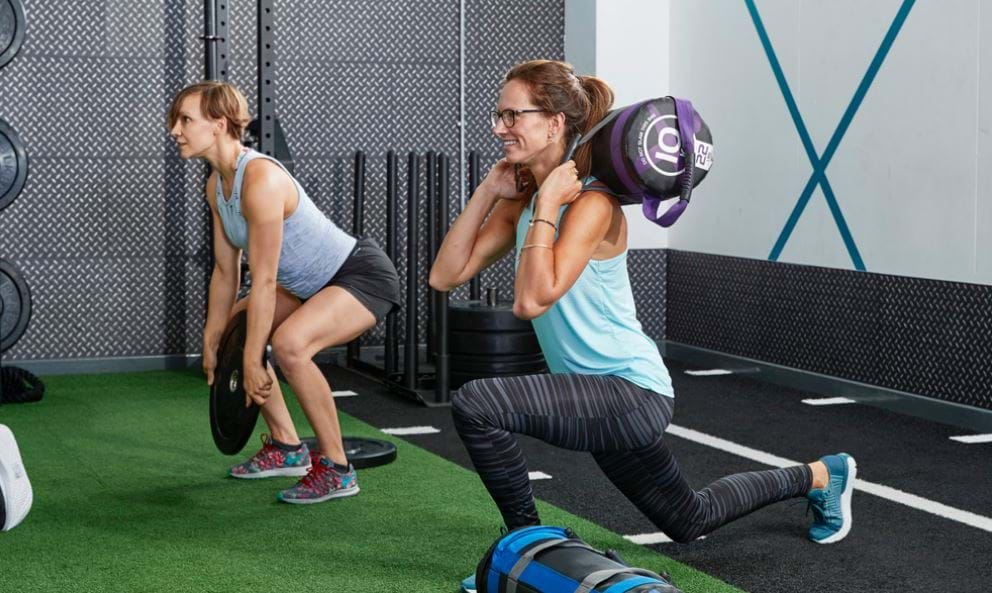 LISS Vs. HIIT Workouts: Which is Better for You?Keeping Good Form When Weight LiftingQuiet Times and Equipment to Help Build Gym Confidence
LISS Vs. HIIT Workouts: Which is Better for You?Keeping Good Form When Weight LiftingQuiet Times and Equipment to Help Build Gym Confidence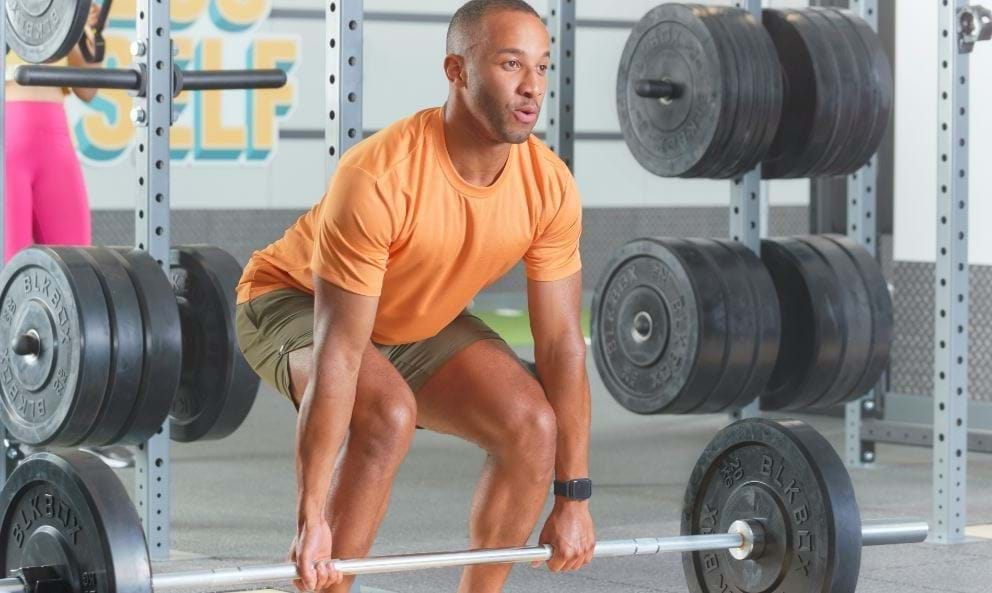 Which muscle groups should you work out together?
Which muscle groups should you work out together? The gym is where I can destress and feel good in myself, without it was tough.
The gym is where I can destress and feel good in myself, without it was tough. We heart exercise: why exercise is so important for heart health
We heart exercise: why exercise is so important for heart health Why New Year’s resolutions fail – and how to avoid it
Why New Year’s resolutions fail – and how to avoid it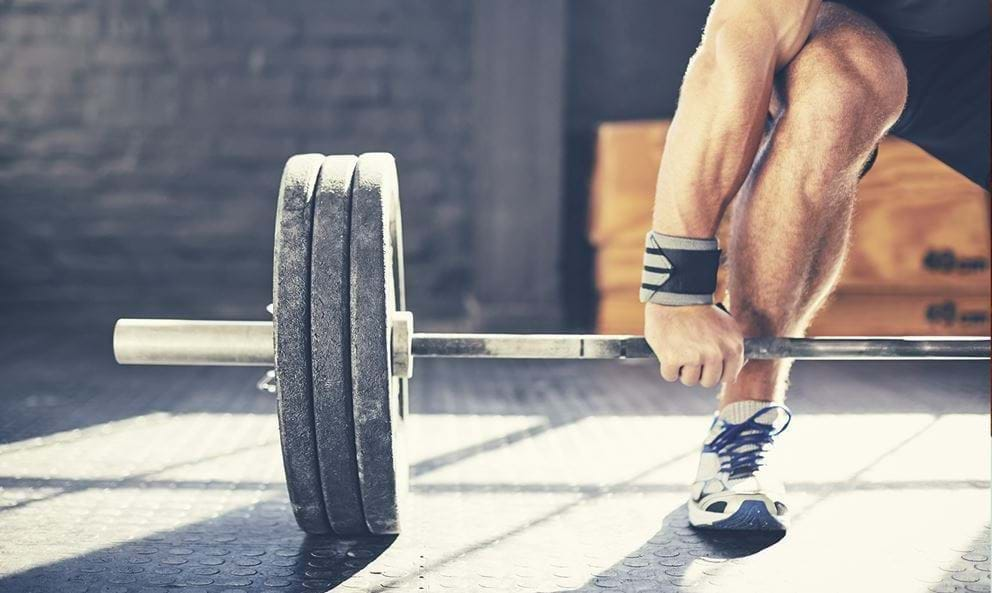 Is it Time to Deadlift?
Is it Time to Deadlift?  Why rest days are important
Why rest days are important Is it best to get a massage before or after a workout?
Is it best to get a massage before or after a workout? Why you’re not making progress in the gymHow to Use The Leg Press
Why you’re not making progress in the gymHow to Use The Leg Press How to use social media with your gym routine
How to use social media with your gym routine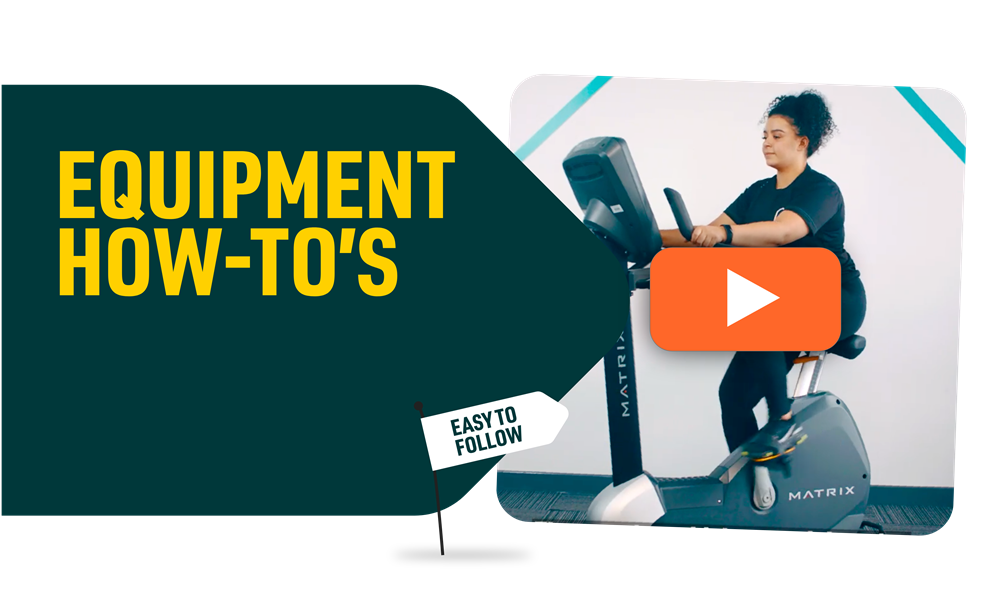 New to the gym? How to Use Our Gym Equipment
New to the gym? How to Use Our Gym Equipment How to Train for the 3 Peaks Challenge in the Gym
How to Train for the 3 Peaks Challenge in the Gym 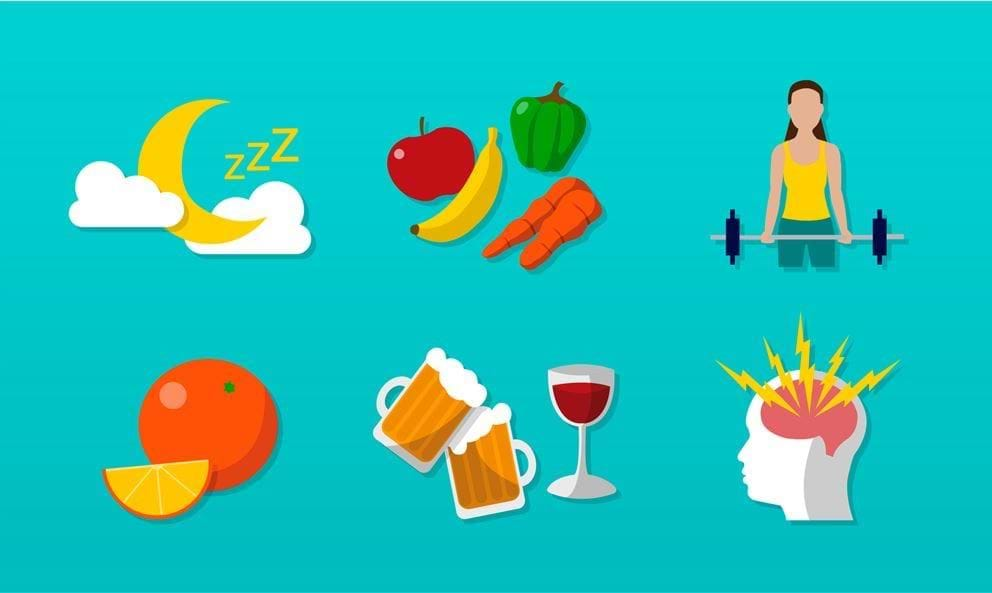 Natural Ways to Boost Your Immune System
Natural Ways to Boost Your Immune System 6 Ways To Get Yourself Motivated For The Gym
6 Ways To Get Yourself Motivated For The Gym How to Stay Motivated To Exercise through Winter
How to Stay Motivated To Exercise through Winter 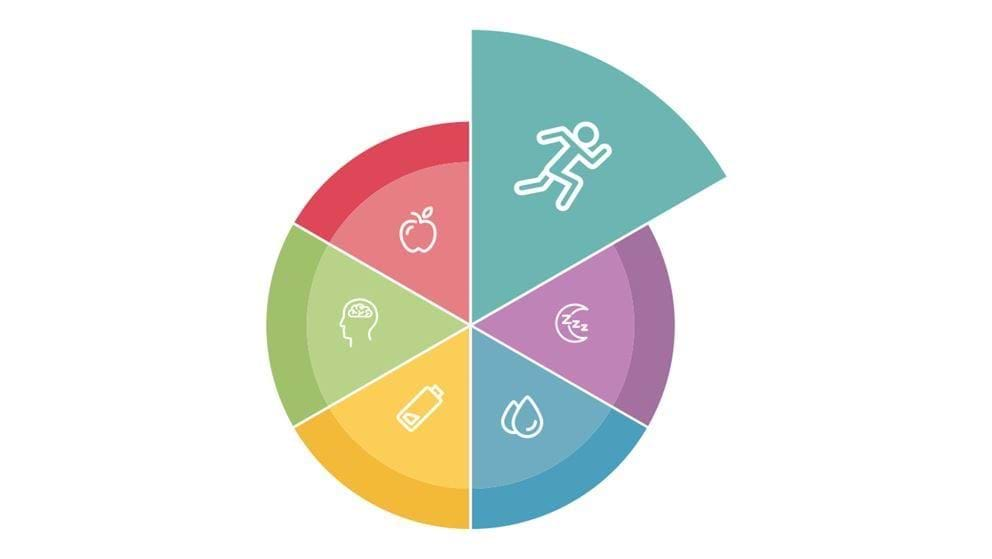 How to sneak movement into your life
How to sneak movement into your life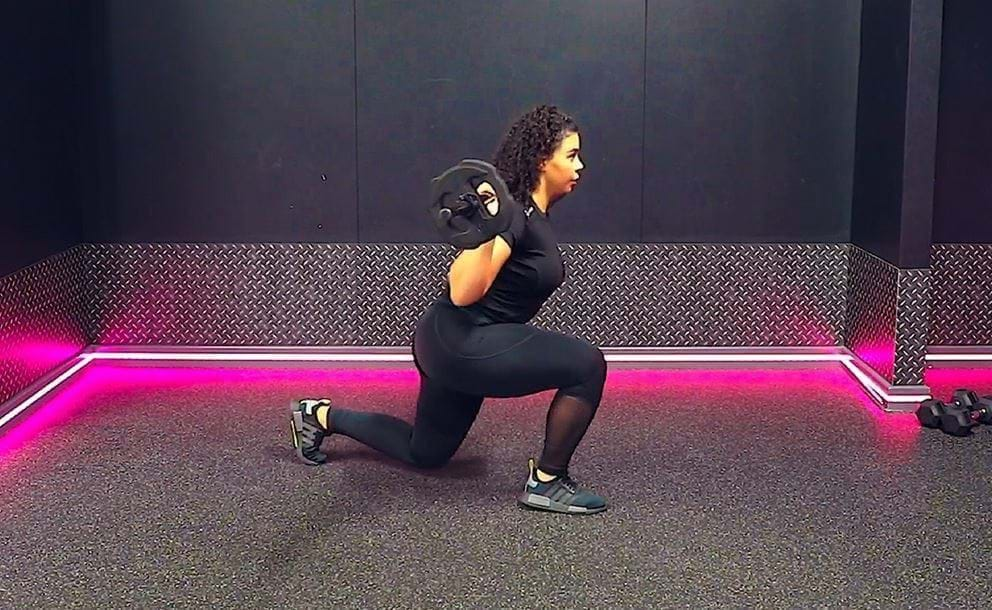 How to set fitness goals
How to set fitness goals 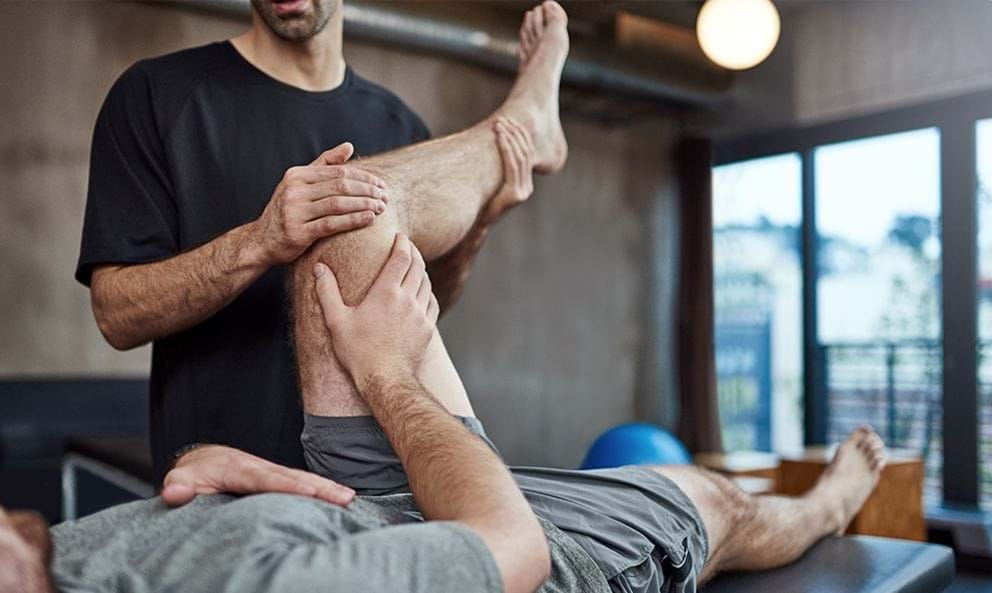 How to Prevent & Relieve Post Workout Muscle Soreness
How to Prevent & Relieve Post Workout Muscle Soreness How to recharge and feel energized
How to recharge and feel energized 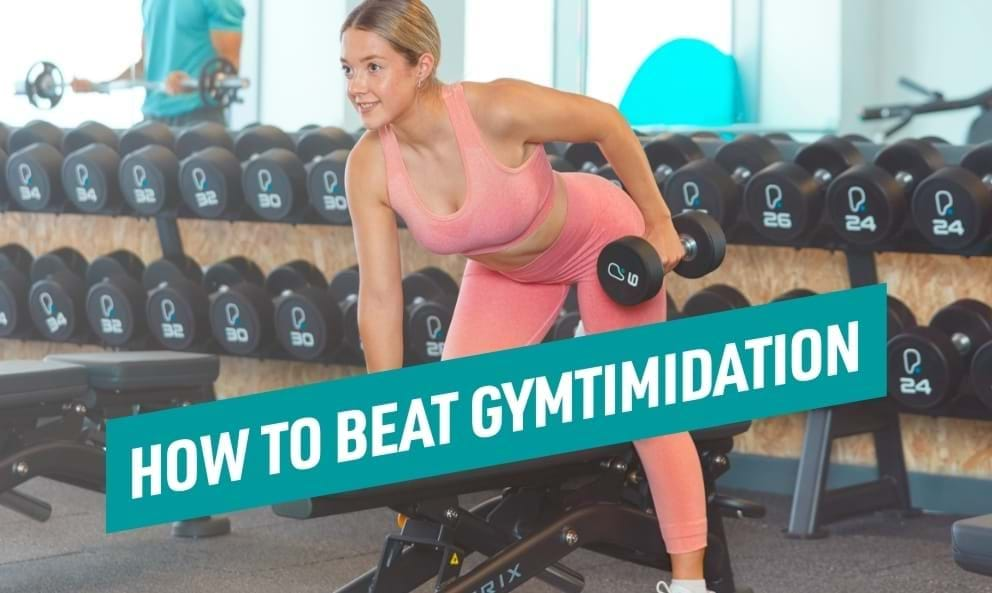 Suffering From Gymtimidation? Here Are The Best Ways to Beat It
Suffering From Gymtimidation? Here Are The Best Ways to Beat It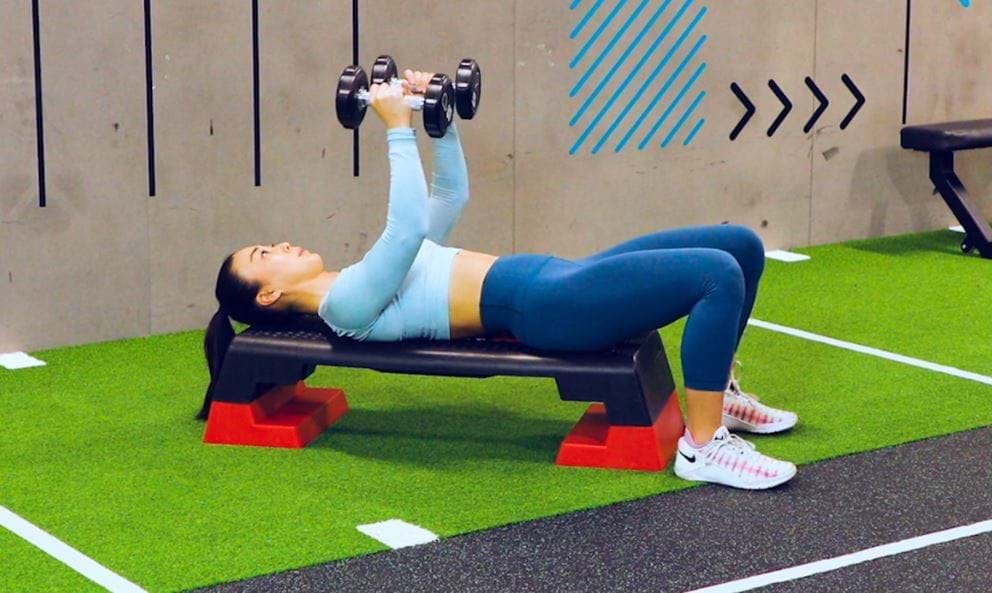 How to master your first press up
How to master your first press up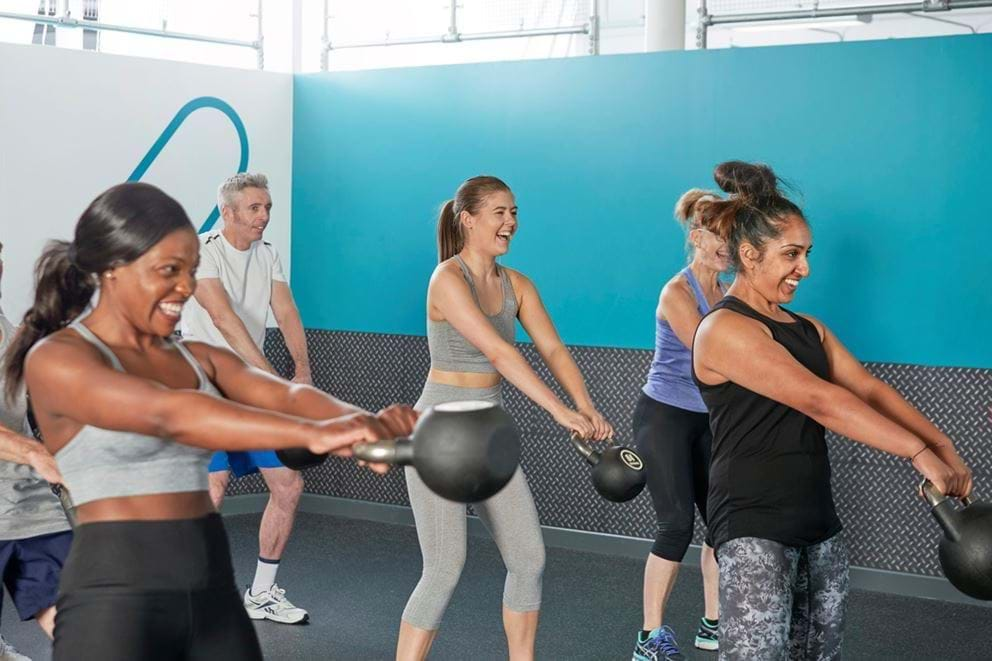 Advice on overcoming your gym anxiety
Advice on overcoming your gym anxiety  Gym Motivation: 5 ways to get into the habit of working out
Gym Motivation: 5 ways to get into the habit of working out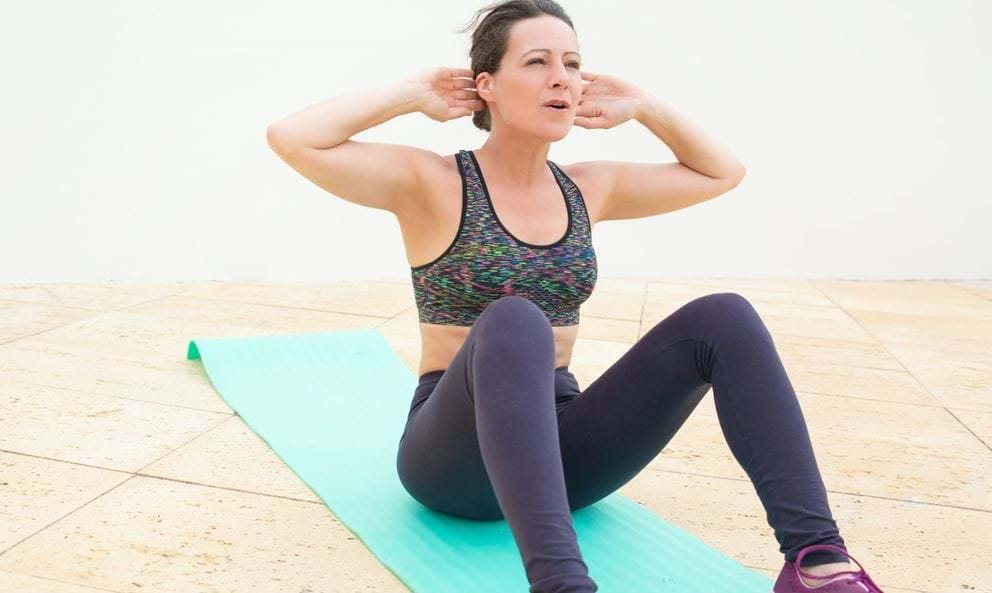 How to Get Fit For Beginners
How to Get Fit For Beginners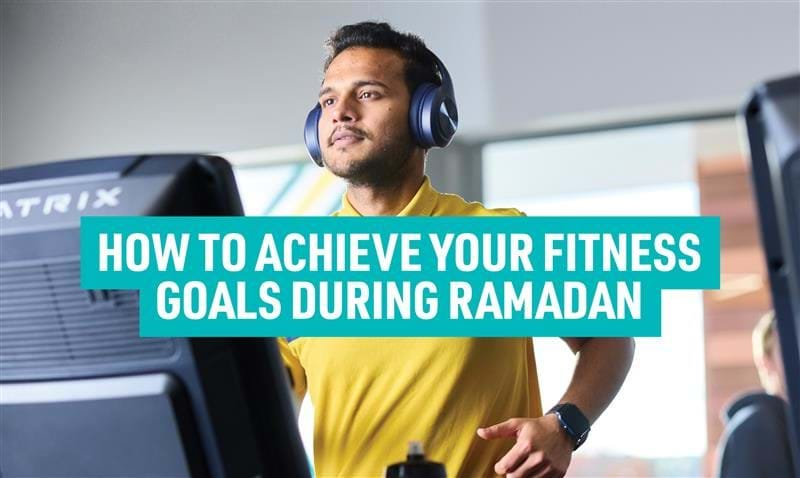 Working Out During Ramadan: How to Achieve Your Fitness Goals
Working Out During Ramadan: How to Achieve Your Fitness Goals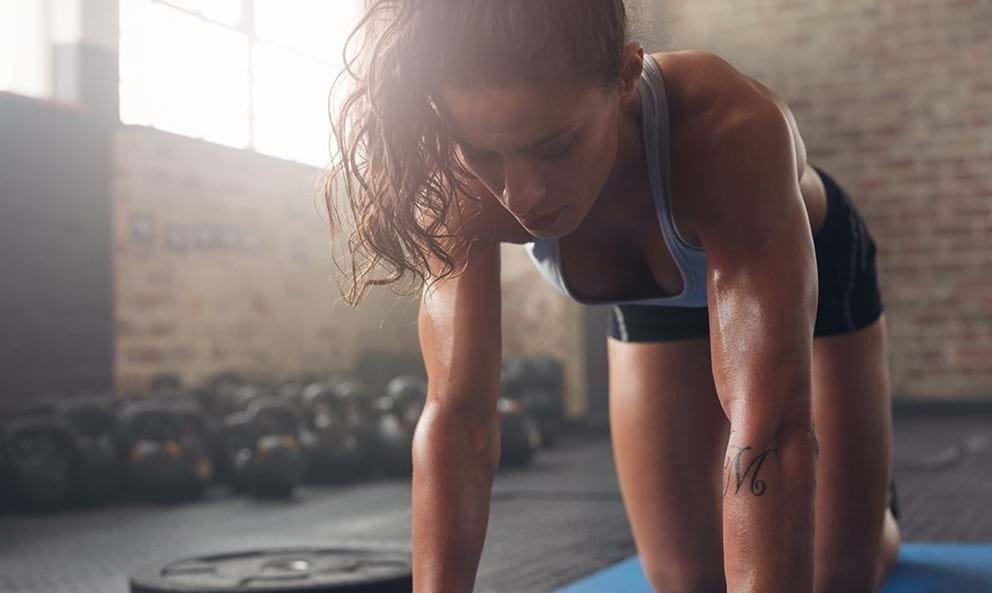 Workouts according to your menstrual cycle
Workouts according to your menstrual cycle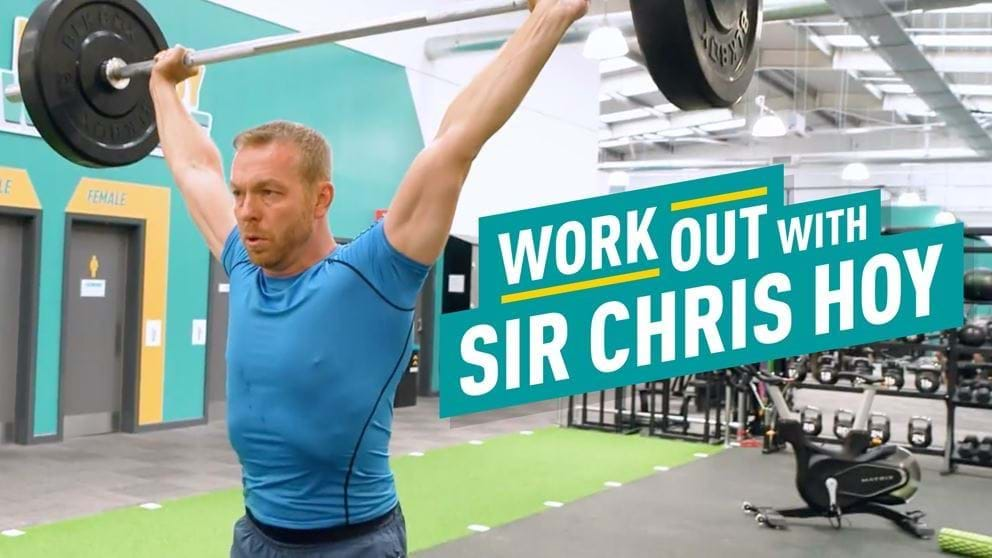 Workout With Sir Chris Hoy
Workout With Sir Chris Hoy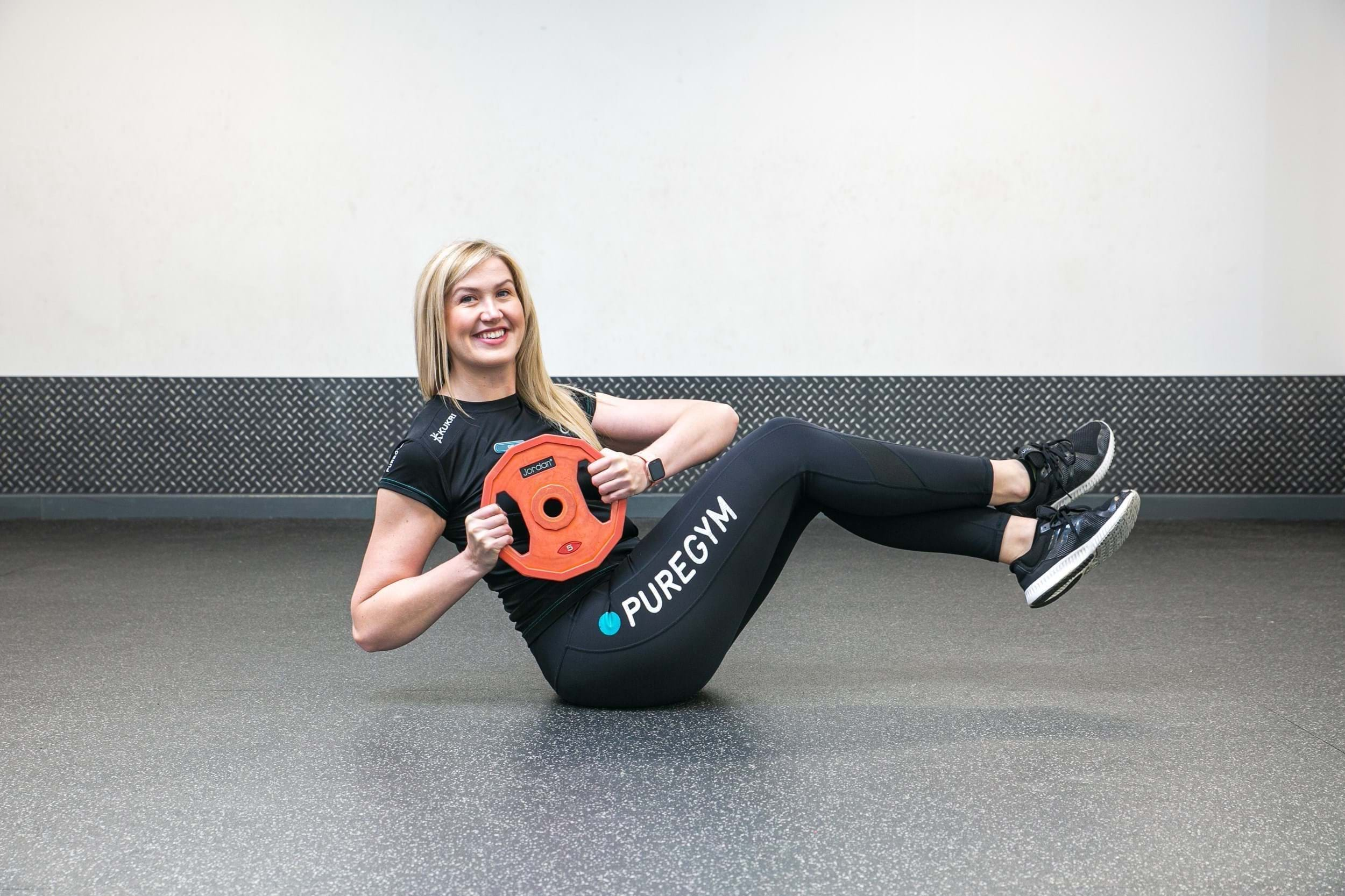 Beginner-friendly home ab workout
Beginner-friendly home ab workout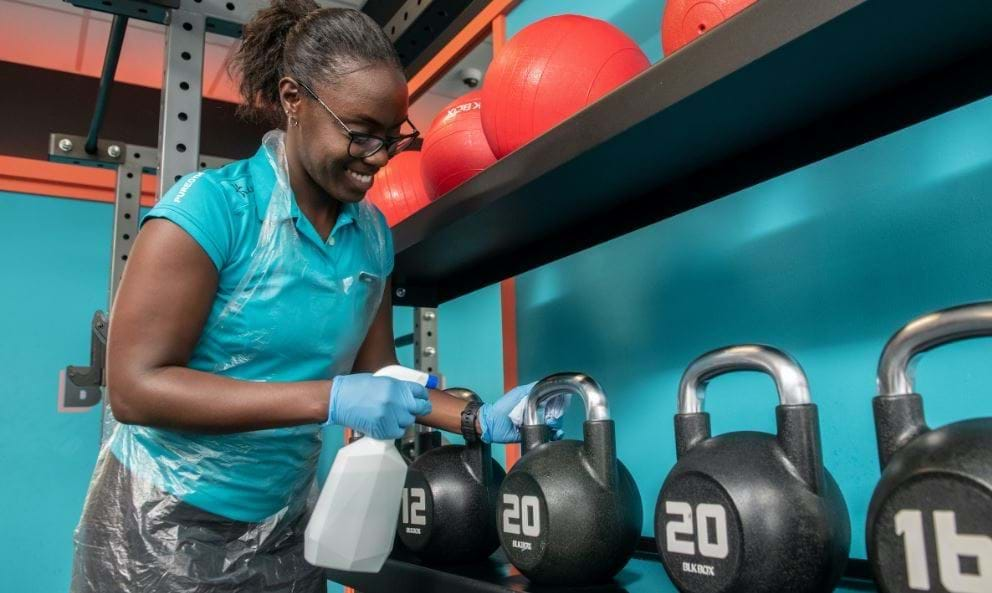 How to clean free weights, including dumbbells, barbells, kettlebells and medicine balls
How to clean free weights, including dumbbells, barbells, kettlebells and medicine balls How To Build Healthy Habits, And Stick To Them!
How To Build Healthy Habits, And Stick To Them! How to Avoid Gym Based Back PainHow often should you train a muscle for muscle growth?How Much Time Should I Be Spending in the Gym?
How to Avoid Gym Based Back PainHow often should you train a muscle for muscle growth?How Much Time Should I Be Spending in the Gym? 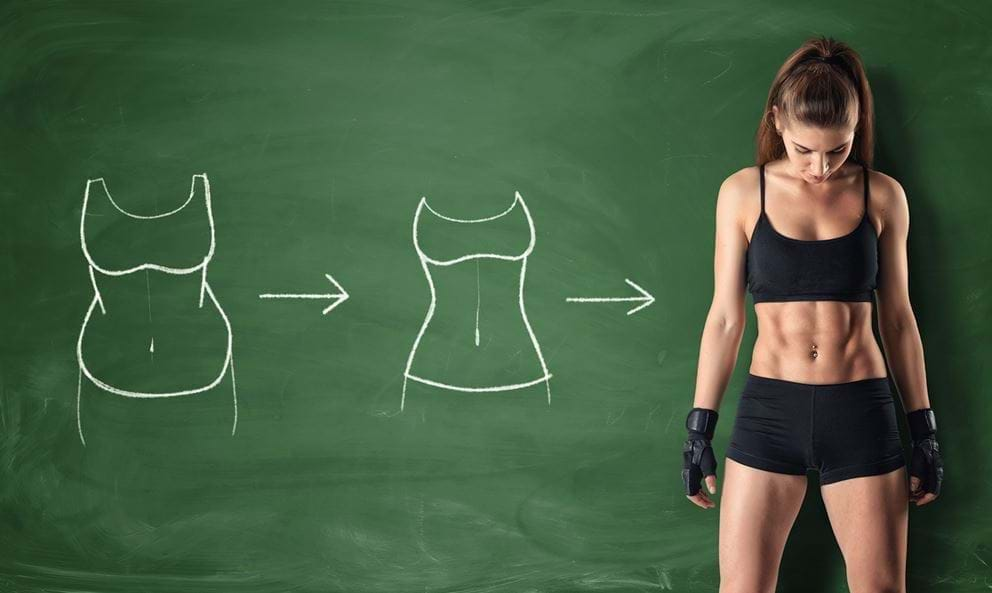 How many days a week should i work out to lose weight and body fat?
How many days a week should i work out to lose weight and body fat?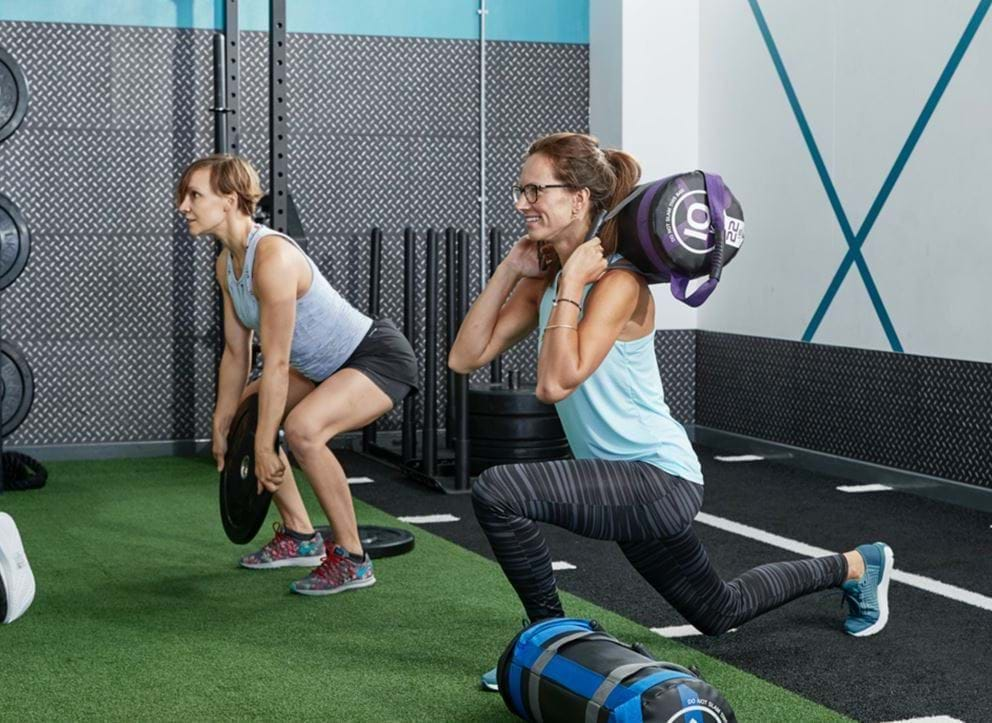 How Long Does It Take To Get Your Fitness Back?
How Long Does It Take To Get Your Fitness Back? How Can I Improve my Flexibility?
How Can I Improve my Flexibility? How and Why You Should Use a Medicine Ball
How and Why You Should Use a Medicine Ball 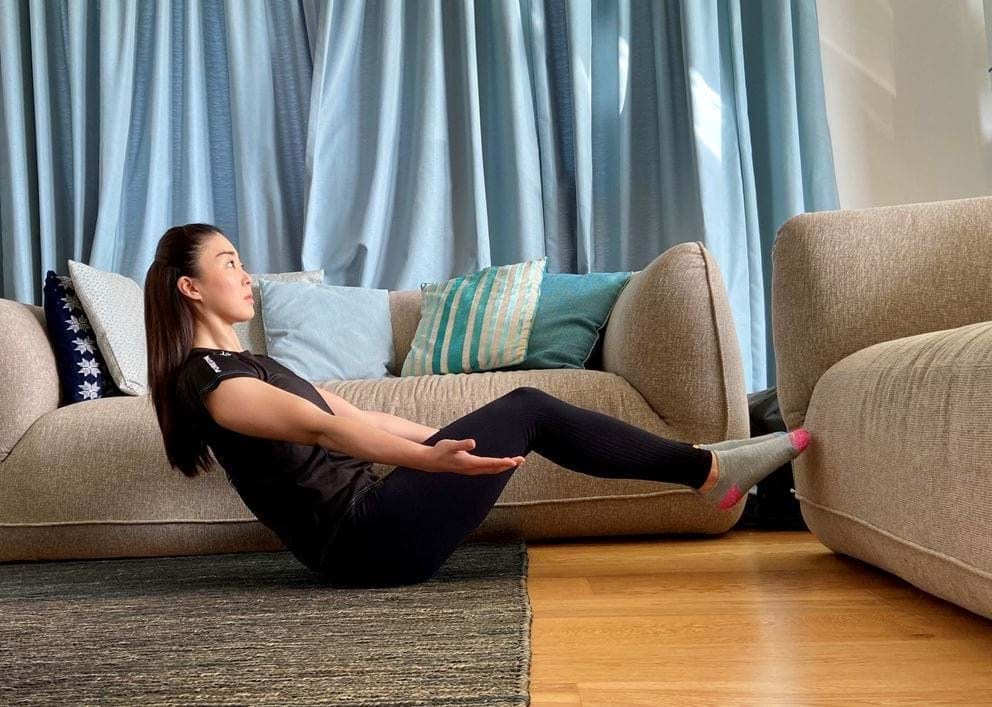 How to workout and stay active at home
How to workout and stay active at home High Energy-Boosting Foods That Can Help Fuel Your Next Workout
High Energy-Boosting Foods That Can Help Fuel Your Next Workout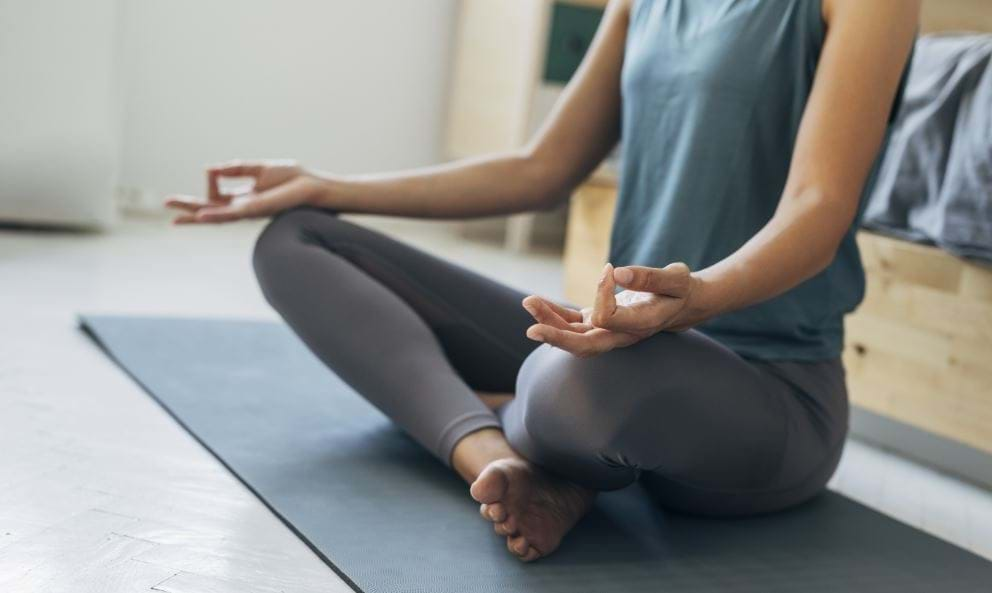 Your Beginners Yoga FAQs Answered
Your Beginners Yoga FAQs Answered Your Half Marathon Training Plan
Your Half Marathon Training Plan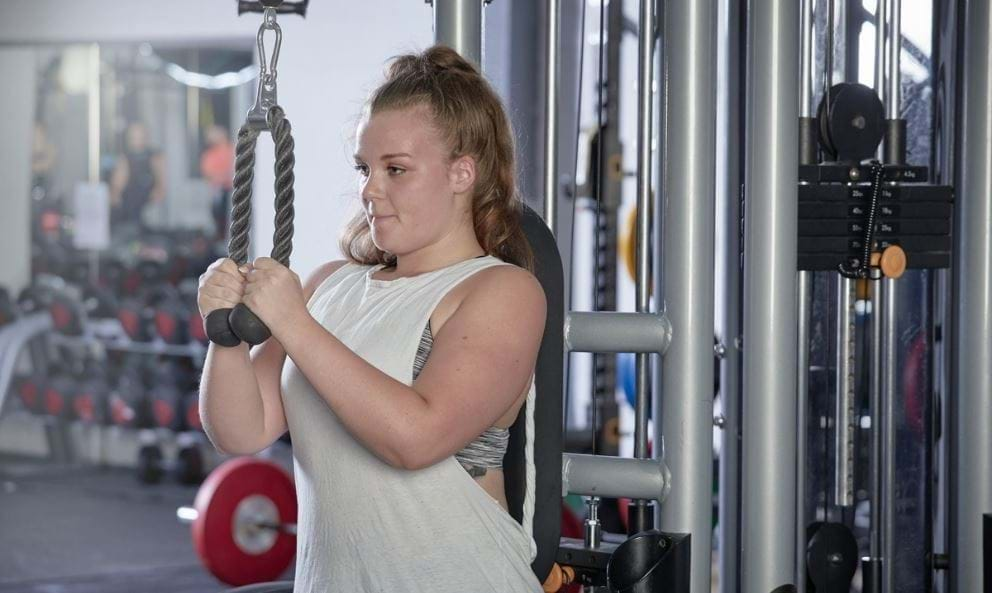 Gym Machine Workout Routine For Beginners
Gym Machine Workout Routine For Beginners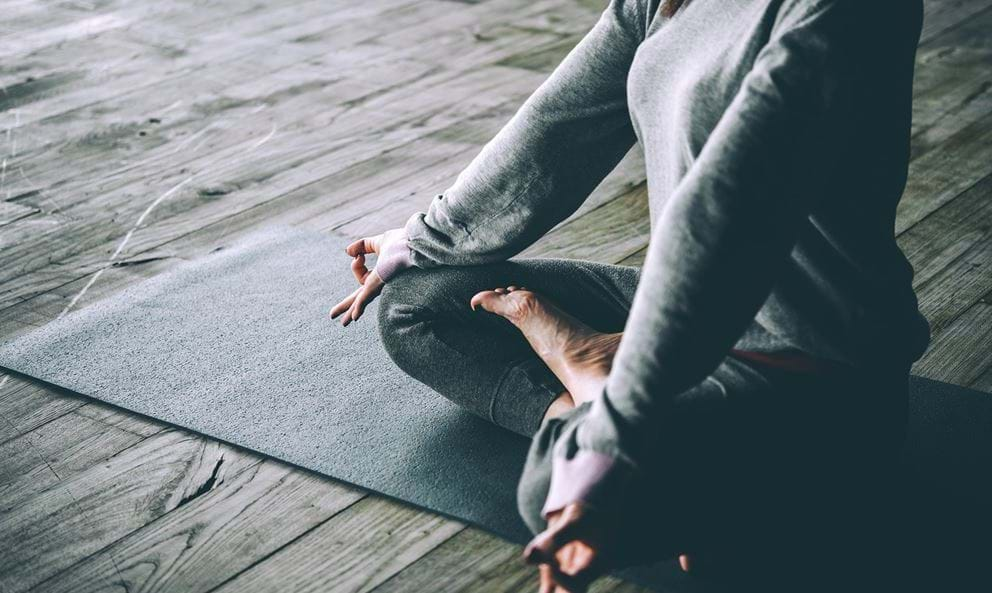 Gym Exercises to Improve Your Posture
Gym Exercises to Improve Your Posture Gym Exercises to Boost your Football Performance
Gym Exercises to Boost your Football Performance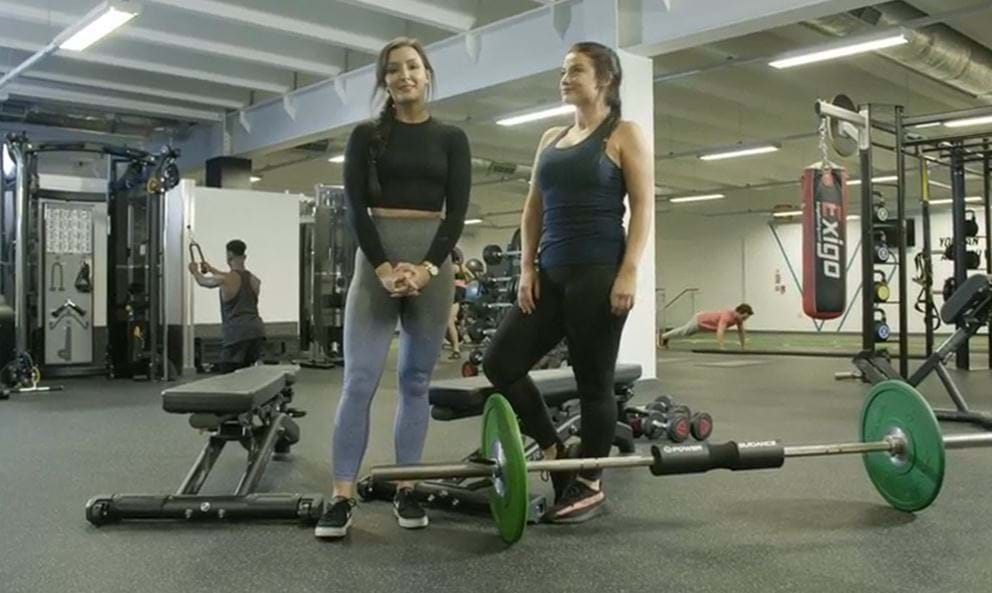 Grow your glutes with these moves
Grow your glutes with these moves Getting back into the gym after a long break
Getting back into the gym after a long break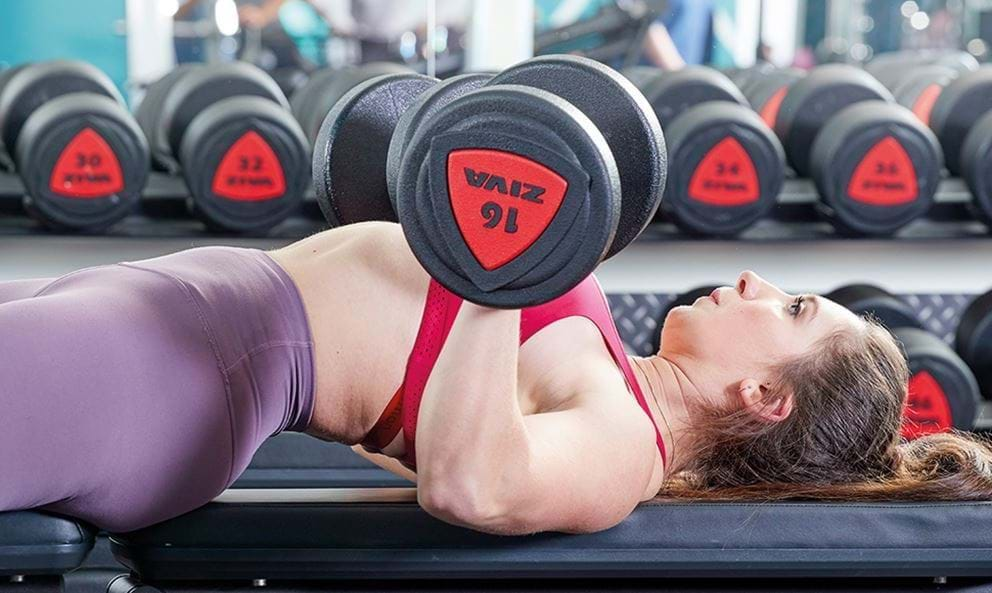 Guide To Ease Your Way Back In The Gym
Guide To Ease Your Way Back In The Gym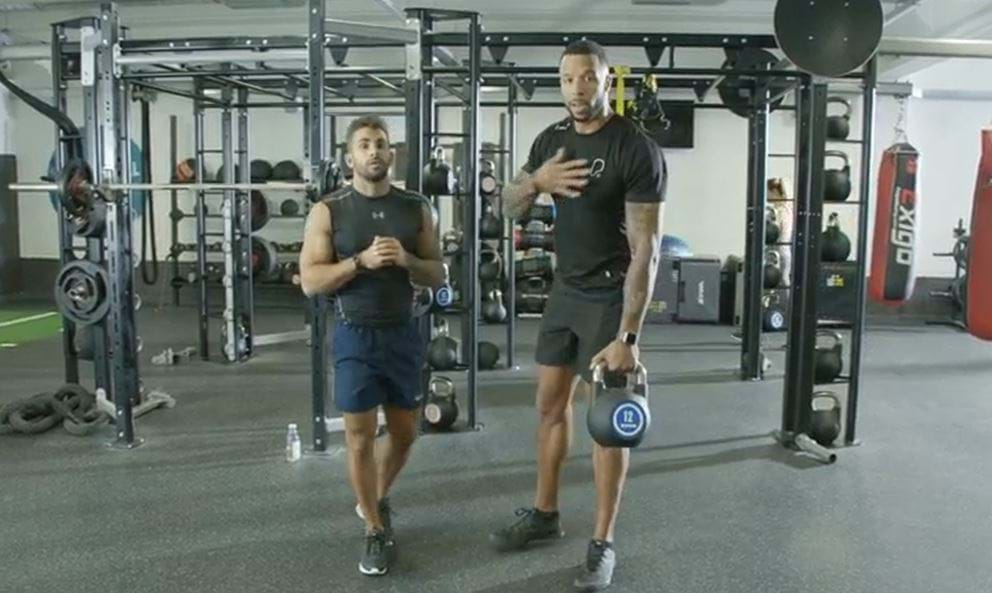 Functional upper body workout
Functional upper body workout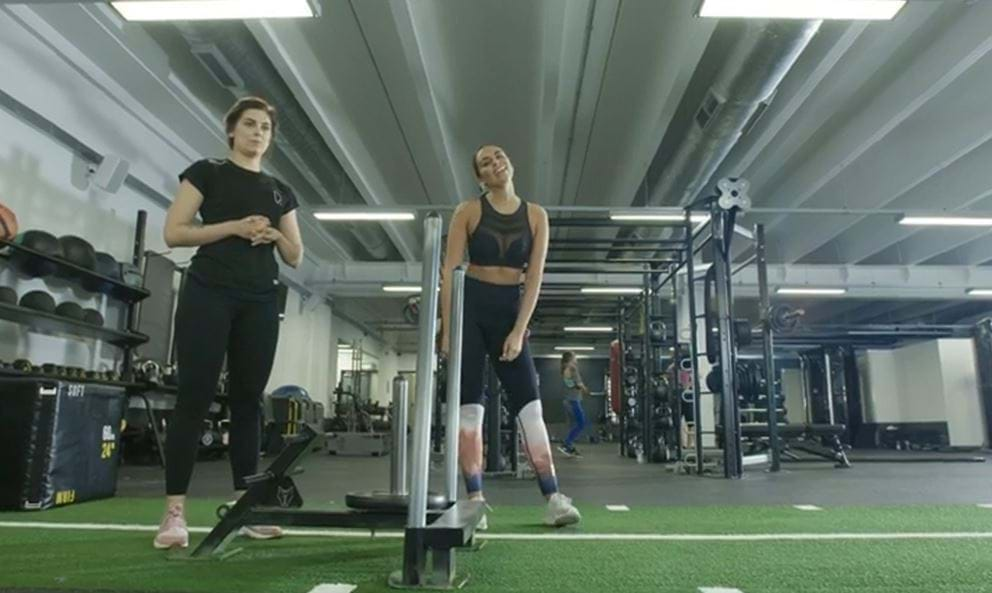 Functional HIIT Workout
Functional HIIT Workout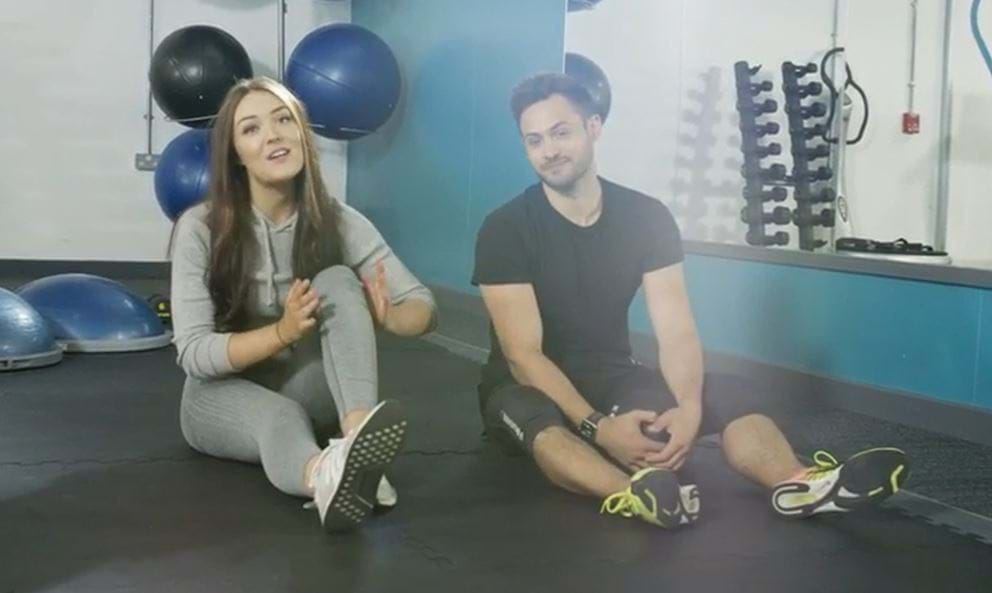 Functional ab workout
Functional ab workout Your Full Marathon Training Plan - 16 & 20 Weeks
Your Full Marathon Training Plan - 16 & 20 Weeks Full body buddy workoutFull Body, 10 Minute, No Equipment Workouts For All Levels Free Weights | Exercises to smash your goals
Full body buddy workoutFull Body, 10 Minute, No Equipment Workouts For All Levels Free Weights | Exercises to smash your goals Four Ways To Keep Exercising While Travelling
Four Ways To Keep Exercising While Travelling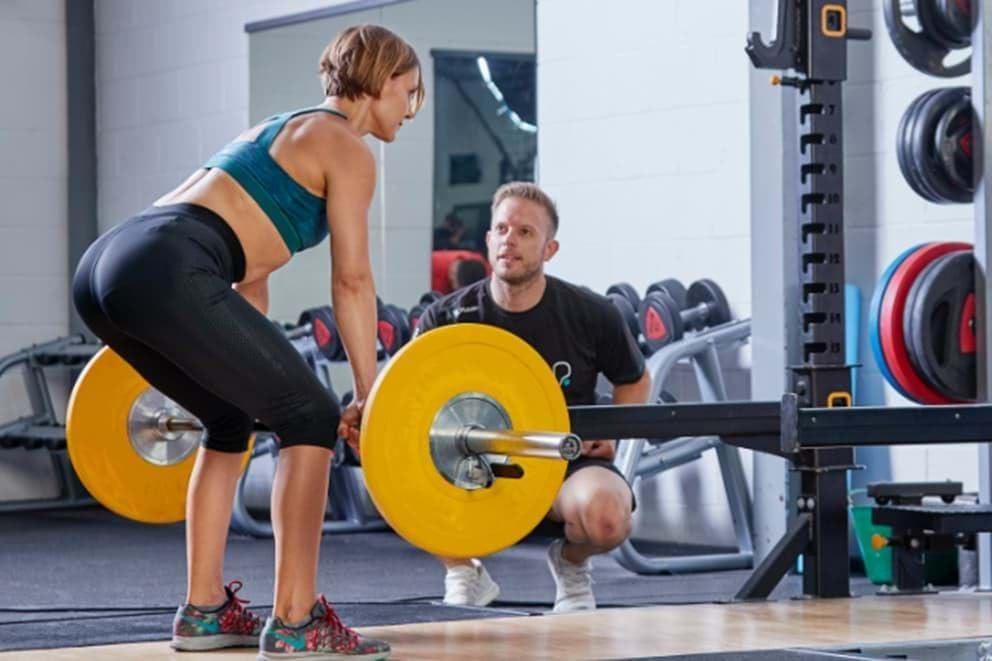 Five free weights exercises for losing weight
Five free weights exercises for losing weight Five benefits of having a personal trainer at the gym
Five benefits of having a personal trainer at the gym Fitness Tracking and Why It's Important
Fitness Tracking and Why It's Important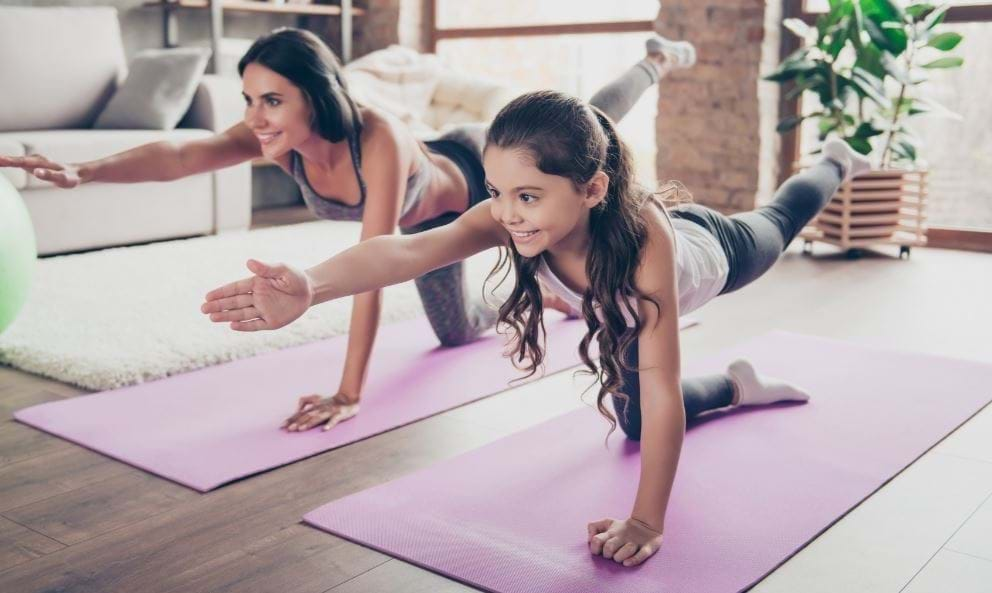 Family Fitness Workouts You Can Do Together
Family Fitness Workouts You Can Do Together Fact Or Fiction: What Are Some Of The Biggest Myths About Joining A Gym?
Fact Or Fiction: What Are Some Of The Biggest Myths About Joining A Gym? Exercising and Working Out During Ramadan
Exercising and Working Out During Ramadan Exercise Heart Rate Zones Explained
Exercise Heart Rate Zones Explained  Everything You Need to Know About DOMS – The Unnecessary Evil
Everything You Need to Know About DOMS – The Unnecessary Evil 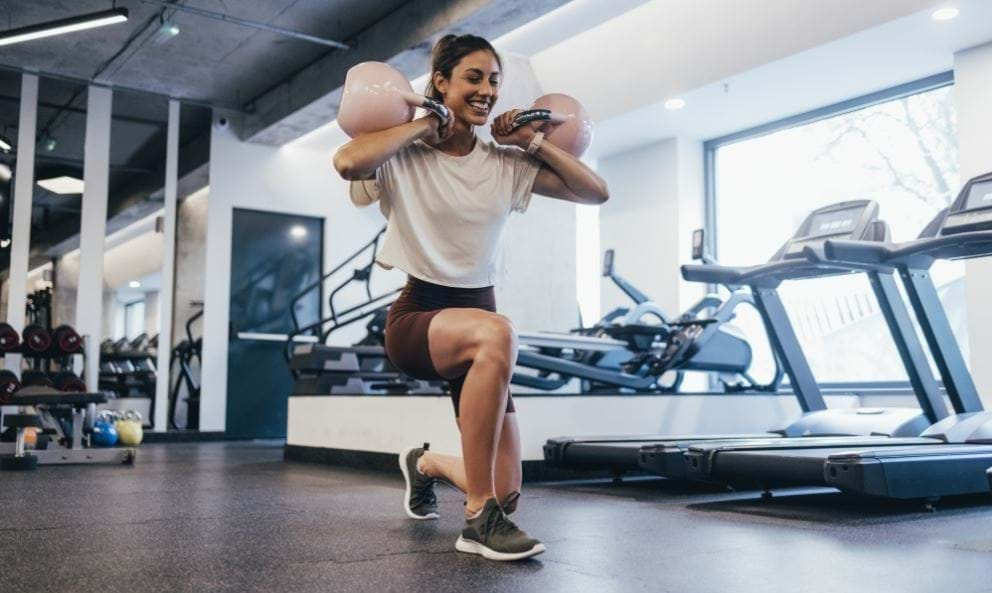 Energy-Boosting Exercises for the Gym or Home
Energy-Boosting Exercises for the Gym or Home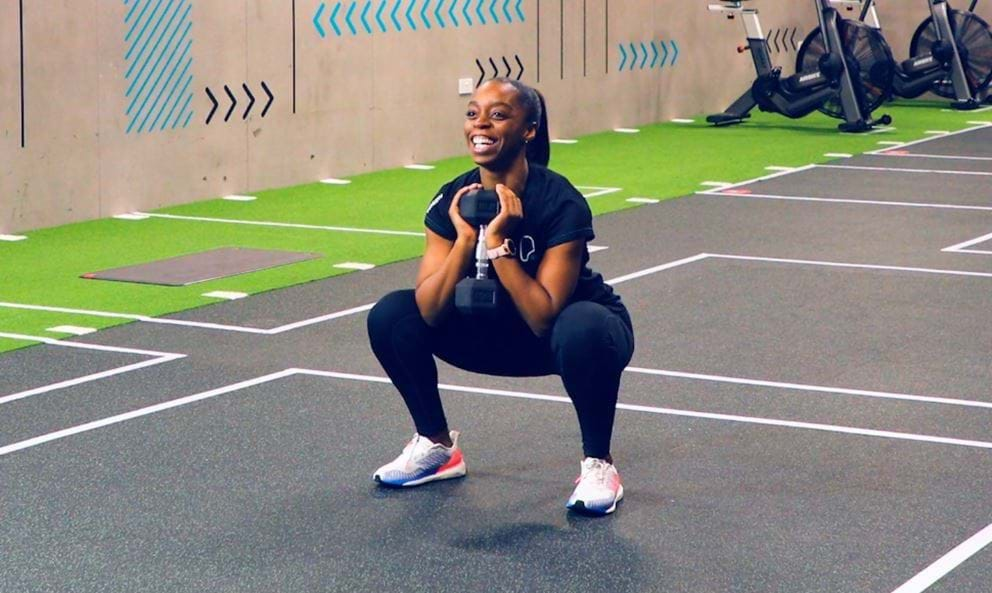 Ease back into the gym with this beginner lower body workout
Ease back into the gym with this beginner lower body workout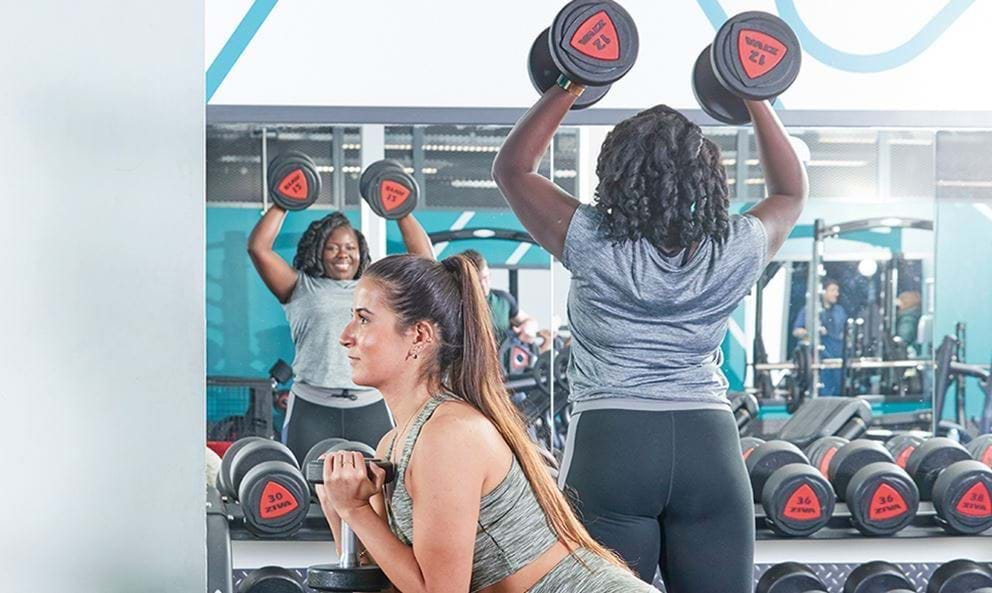 Dealing with gym nerves
Dealing with gym nerves Couples who train together, stay together
Couples who train together, stay together Take the Festive Family Fitness Challenge
Take the Festive Family Fitness Challenge Choosing the right running shoes
Choosing the right running shoes Celeb Fitspo - Which Celebrities Inspire Our Workouts the Most?
Celeb Fitspo - Which Celebrities Inspire Our Workouts the Most? Can the Gym Really Help Me Sleep Better?
Can the Gym Really Help Me Sleep Better?  Can music really give you a workout boost?
Can music really give you a workout boost?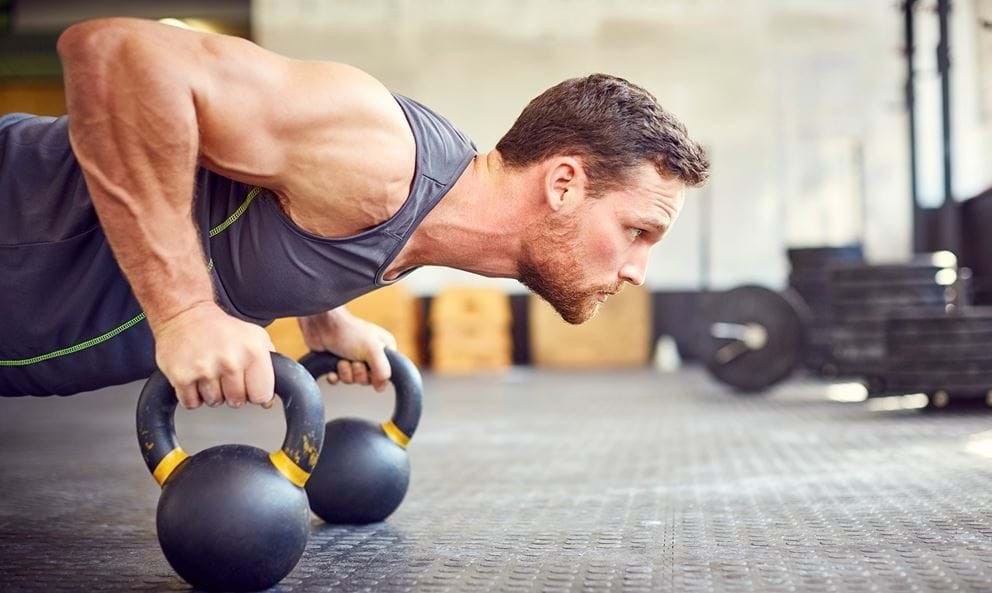 Bulking and Shredding: What is it and is it for me?
Bulking and Shredding: What is it and is it for me?  THE UK’S FITTEST JOBS, REVEALED
THE UK’S FITTEST JOBS, REVEALED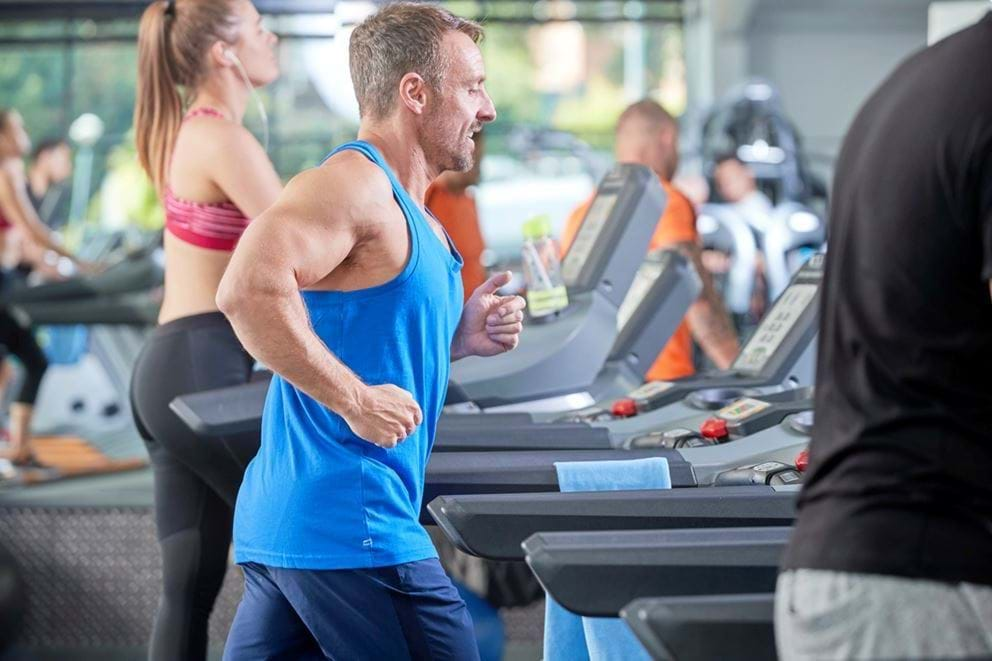 The Best Ways to Improve Cardio Fitness
The Best Ways to Improve Cardio Fitness The best stretches for lower back pain
The best stretches for lower back pain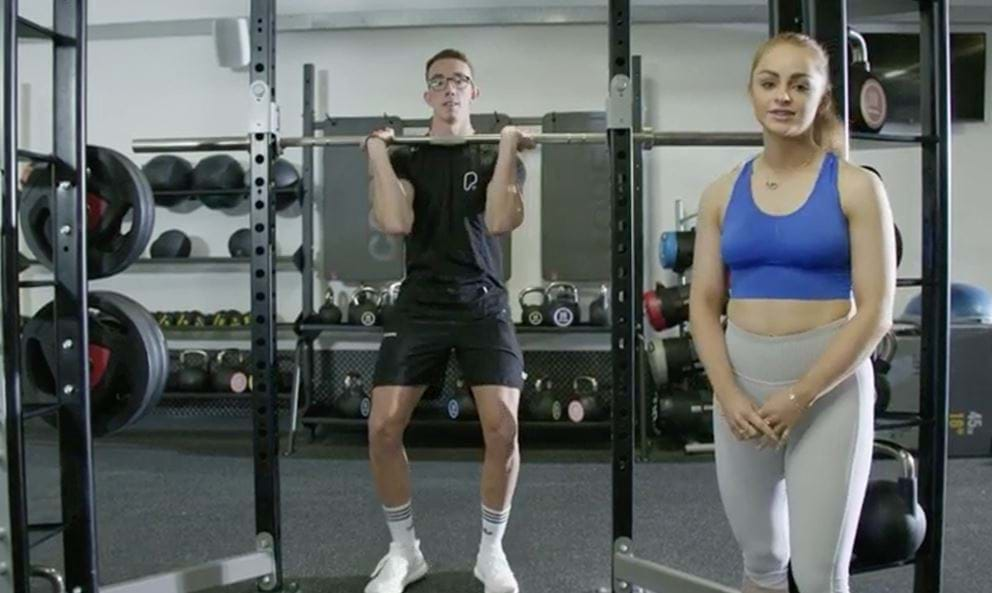 Full leg workout using free weights
Full leg workout using free weights Get Inspired for 2021: The Best Motivational Movie Speeches
Get Inspired for 2021: The Best Motivational Movie Speeches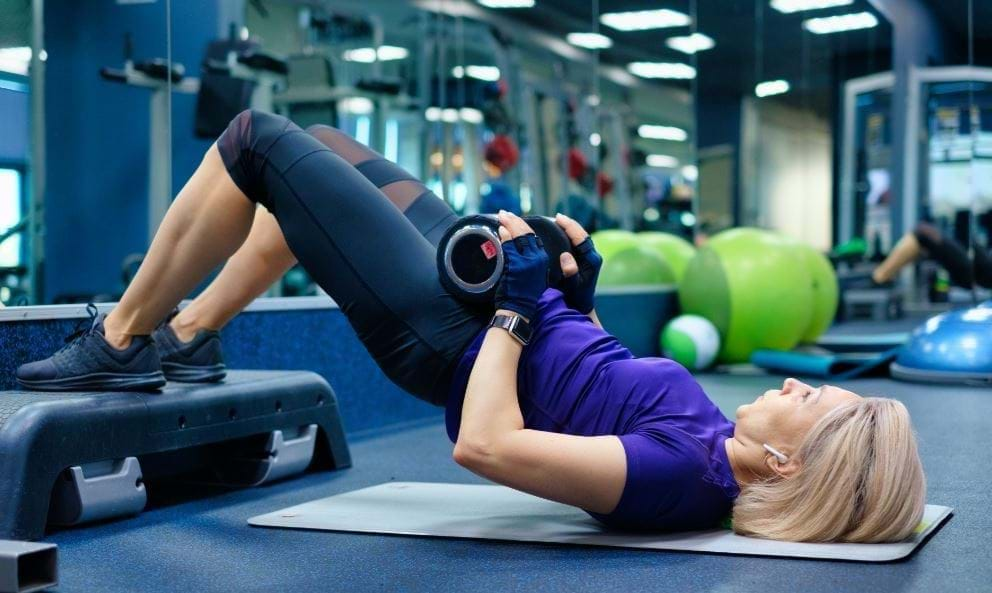 The Best Glutes Exercises for Women
The Best Glutes Exercises for Women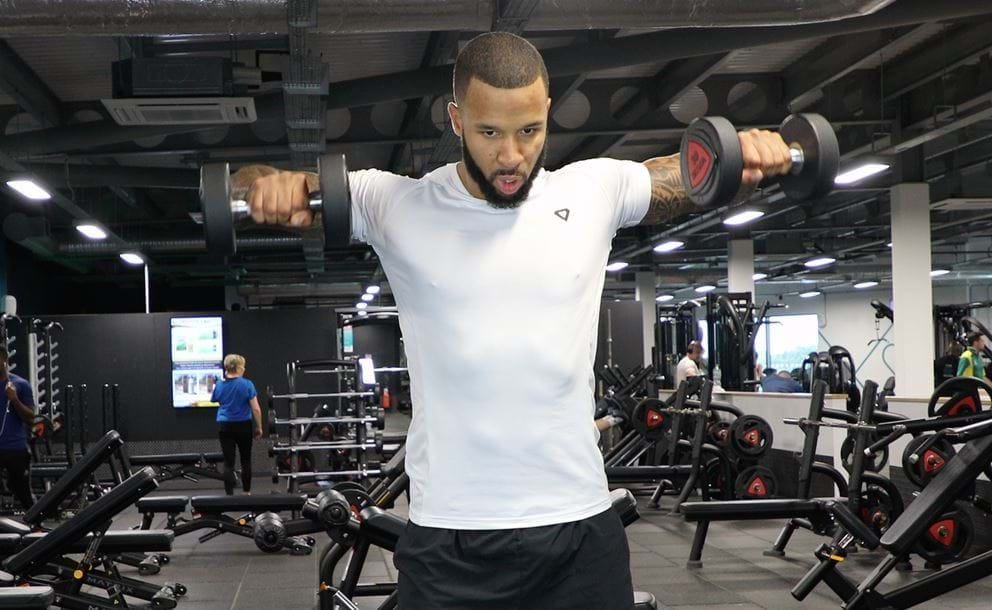 The Best Exercises To Lose Belly FatThe Best Resistance Exercise Machines For Osteoporosis
The Best Exercises To Lose Belly FatThe Best Resistance Exercise Machines For Osteoporosis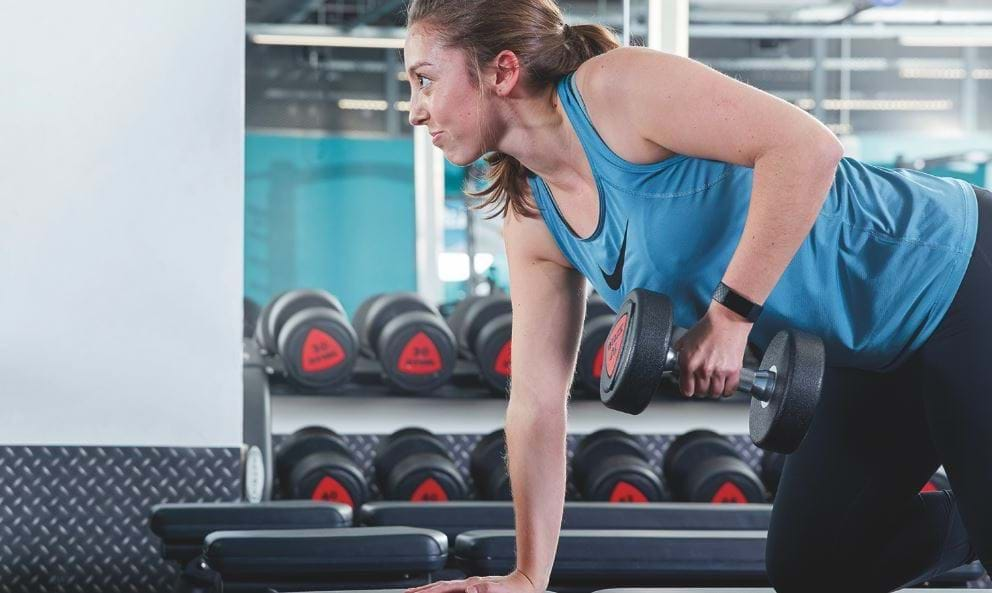 The Best Arm Workouts and Exercises For Building Strength
The Best Arm Workouts and Exercises For Building Strength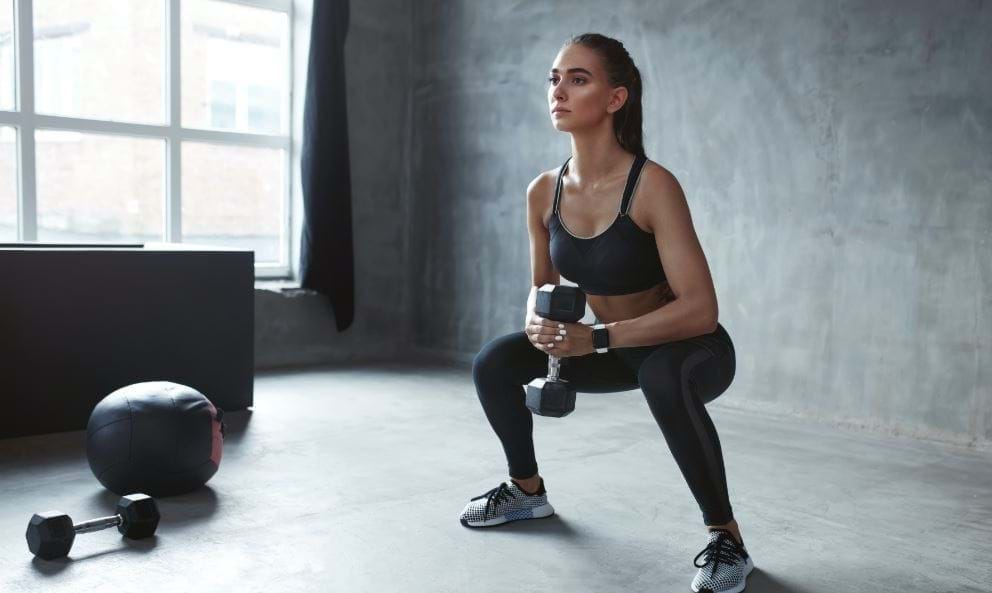 What are the Benefits of HIIT Training and Workouts?
What are the Benefits of HIIT Training and Workouts?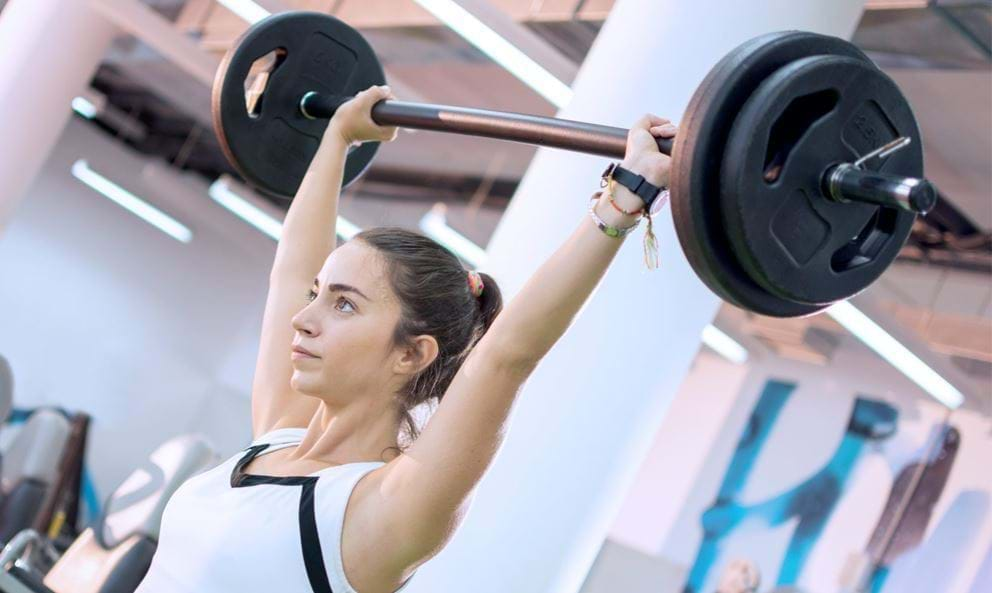 Summer Sessions at PureGym: The Barbell Thruster Challenge!Ask A Coach: What Should I Wear To The Gym?
Summer Sessions at PureGym: The Barbell Thruster Challenge!Ask A Coach: What Should I Wear To The Gym? Ask A Coach: What Should I Eat To Reach My Goals?
Ask A Coach: What Should I Eat To Reach My Goals?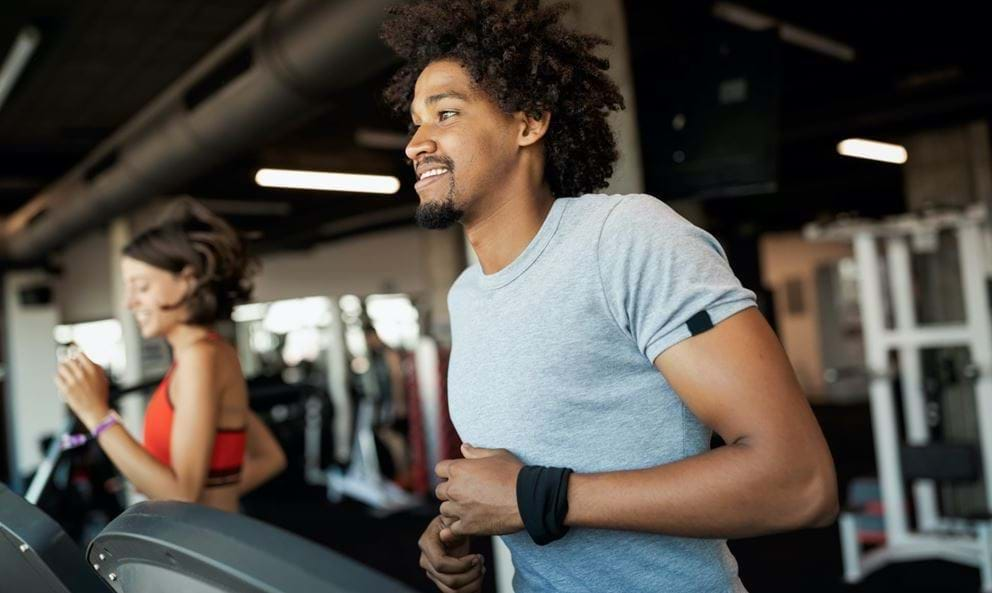 A Guide to Treadmill HIIT Workouts
A Guide to Treadmill HIIT Workouts A Guide to Exercising with a HangoverA beginner’s guide to training with free weights
A Guide to Exercising with a HangoverA beginner’s guide to training with free weights A beginner's guide to supplementsA Beginner’s Guide to Cable Machines
A beginner's guide to supplementsA Beginner’s Guide to Cable Machines A Beginners Guide to Battle Ropes
A Beginners Guide to Battle Ropes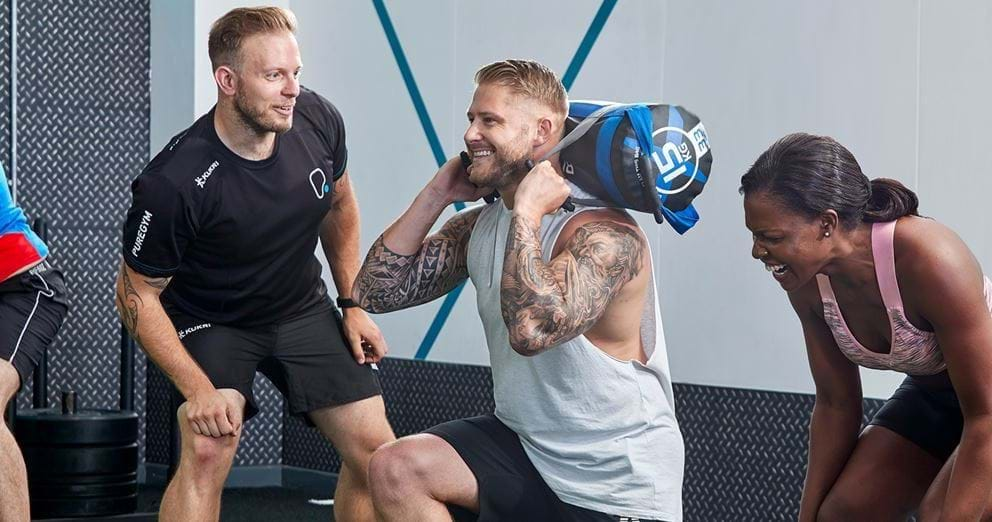 9 Benefits of Working Out In a Group
9 Benefits of Working Out In a Group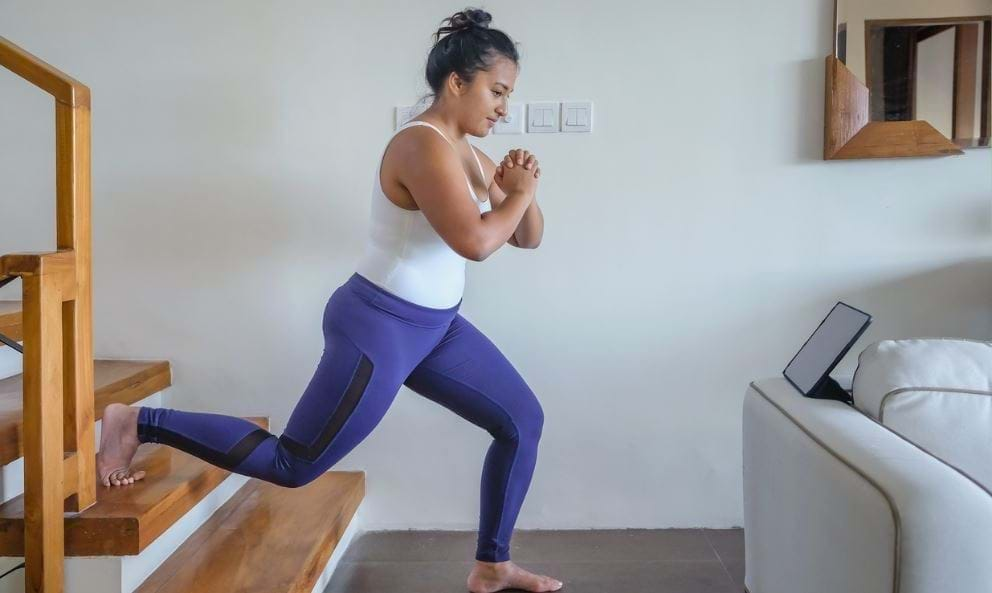 8 Tips To Help Busy Mums Fit In Exercise
8 Tips To Help Busy Mums Fit In Exercise 8 Of The Best Seated And Chair Exercises For Seniors
8 Of The Best Seated And Chair Exercises For Seniors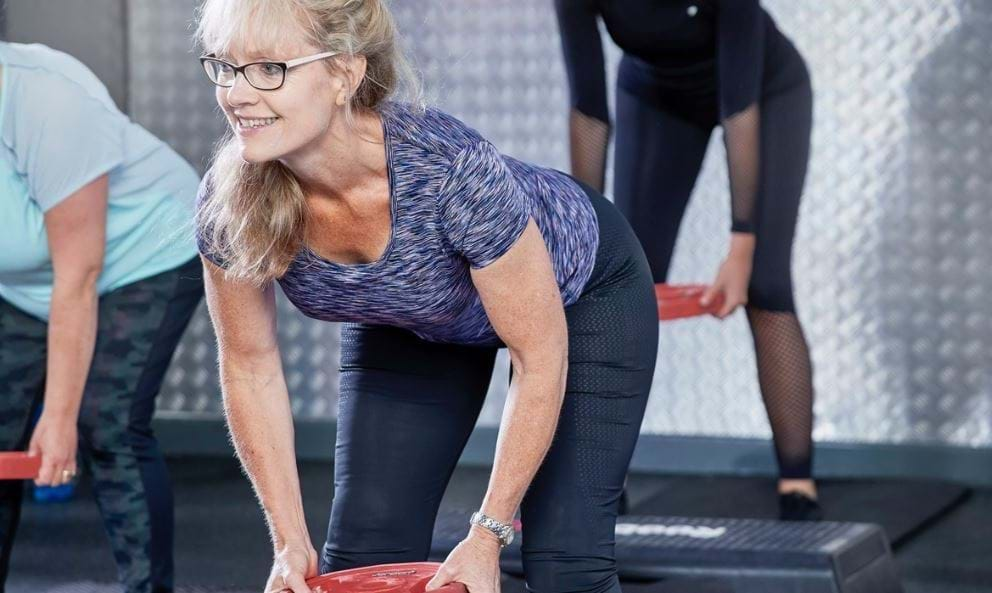 8 Back Strengthening Exercises For Seniors
8 Back Strengthening Exercises For Seniors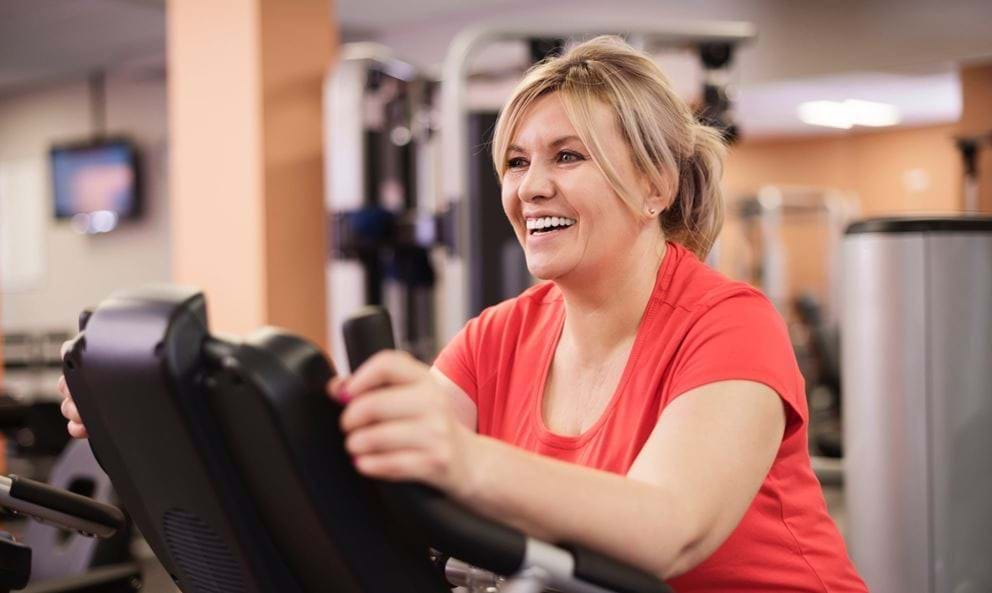 How to Enjoy Exercise: 7 Ways to Fall in Love With Fitness Again
How to Enjoy Exercise: 7 Ways to Fall in Love With Fitness Again 7 Simple Tips to Move More and Increase Your NEAT7 Reasons Why You Should Use a Power Plate
7 Simple Tips to Move More and Increase Your NEAT7 Reasons Why You Should Use a Power Plate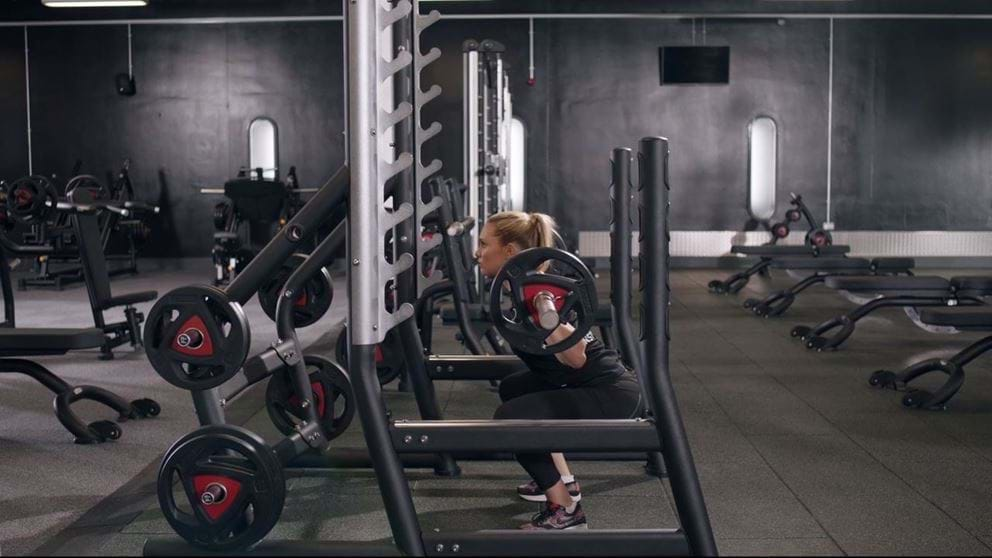 7 compound exercises that will help you lose weight and build muscle
7 compound exercises that will help you lose weight and build muscle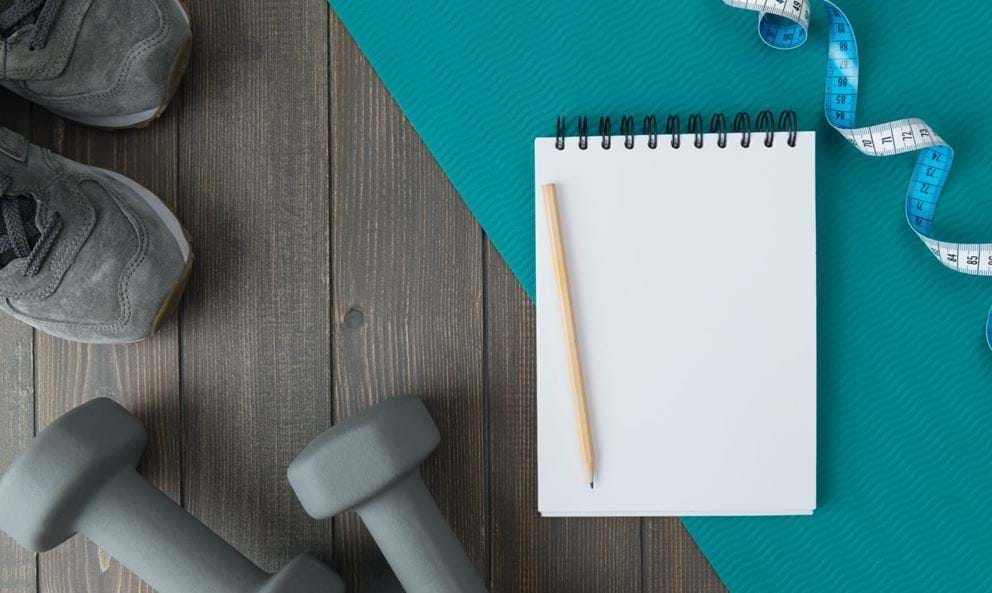 6 Healthy Weight Loss Tips For Women6 Reasons Why You Should Start Using a Cross Trainer
6 Healthy Weight Loss Tips For Women6 Reasons Why You Should Start Using a Cross Trainer 6 Healthy Habits You Should Try This Year
6 Healthy Habits You Should Try This Year 5 Yoga Poses for Lower Back Pain
5 Yoga Poses for Lower Back Pain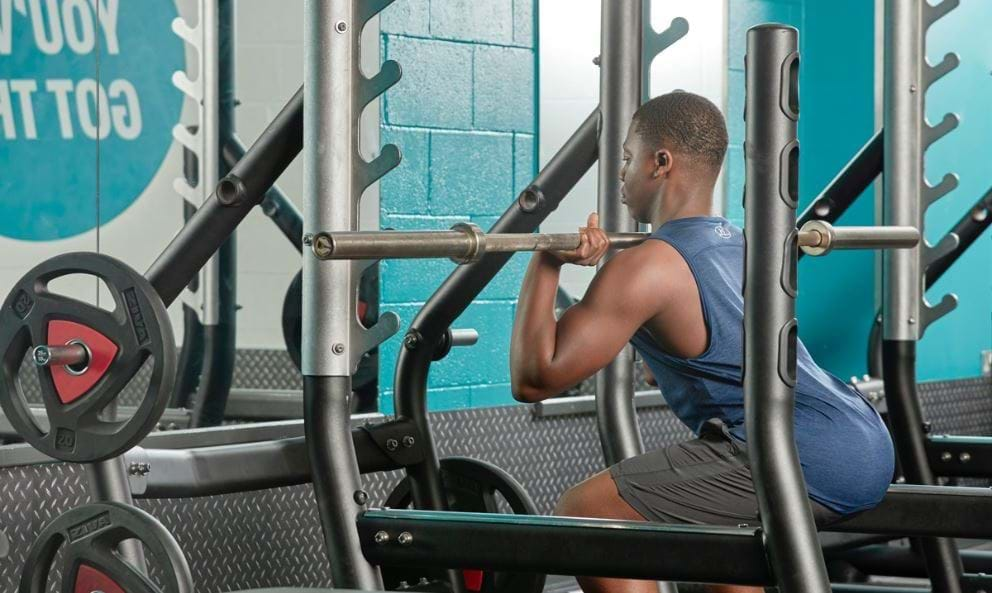 5 Stretches to Improve Your Squat
5 Stretches to Improve Your Squat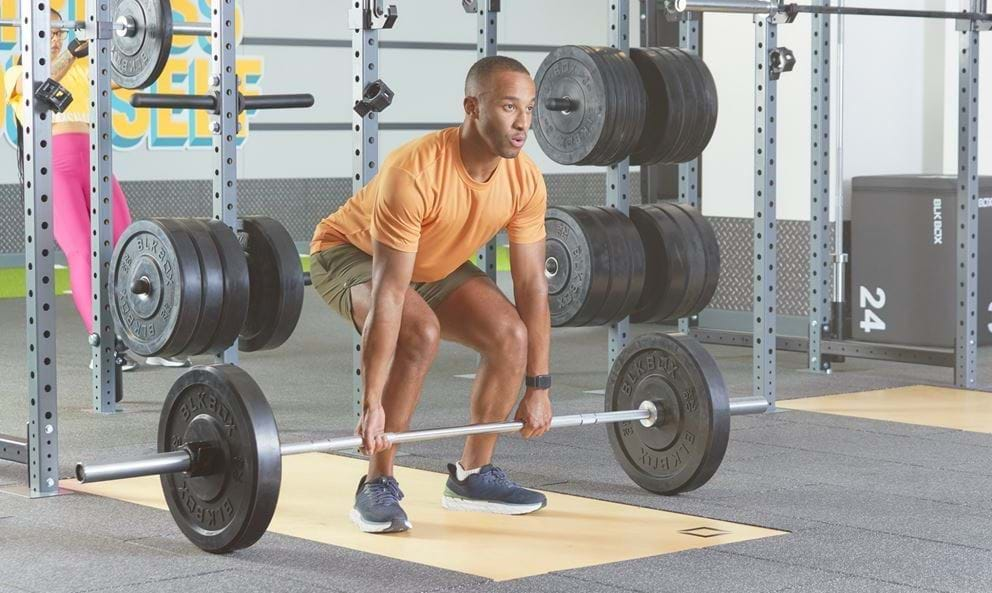 5 Step Deadlift Set Up to Improve Your Technique
5 Step Deadlift Set Up to Improve Your Technique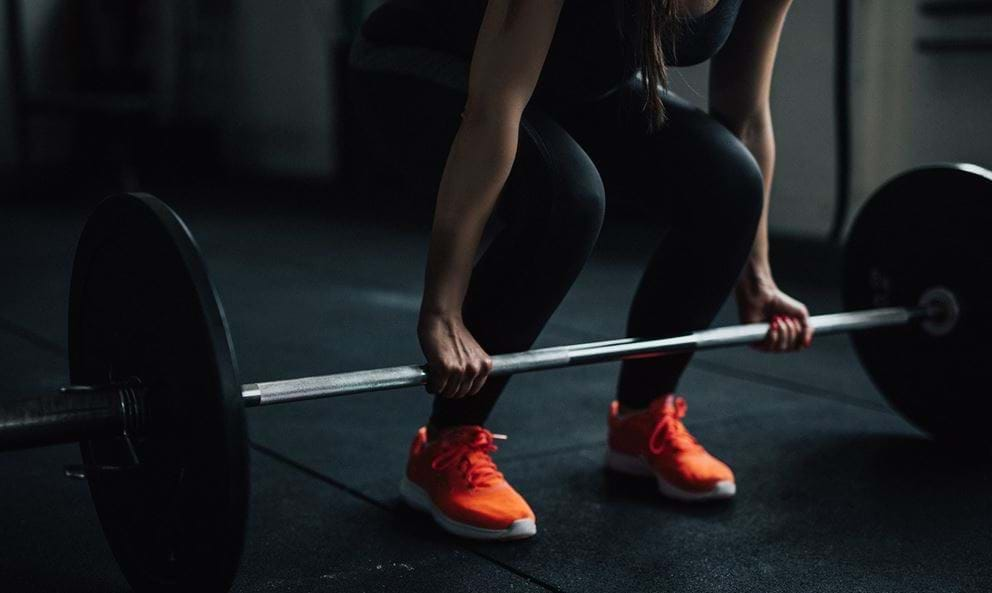 5 functional exercises to master
5 functional exercises to master Beginners 5K Run Training Plan and Tips5 Benefits of Using a Stair Climber
Beginners 5K Run Training Plan and Tips5 Benefits of Using a Stair Climber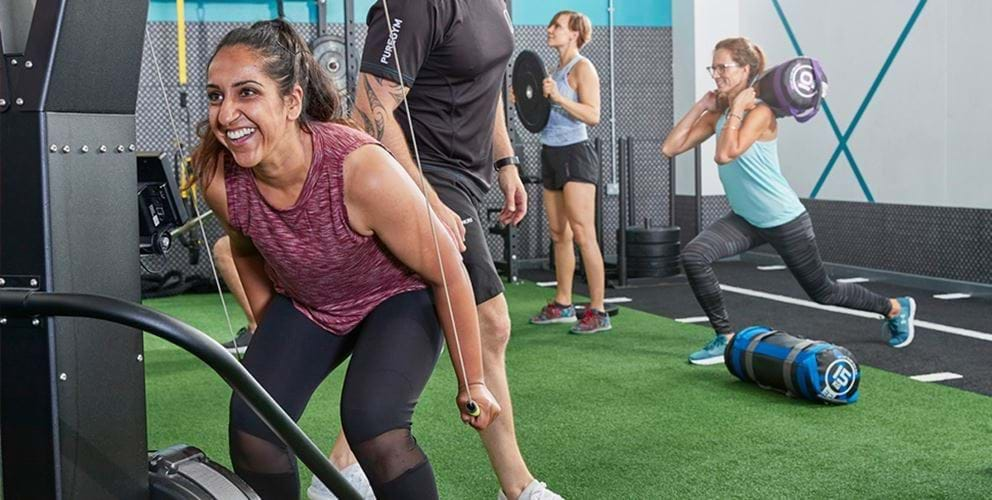 One Hour Gym Workouts
One Hour Gym Workouts 13 Gym Exercises for Tough Mudder Training 10 Of The Best Stretching Exercises For Beginners
13 Gym Exercises for Tough Mudder Training 10 Of The Best Stretching Exercises For Beginners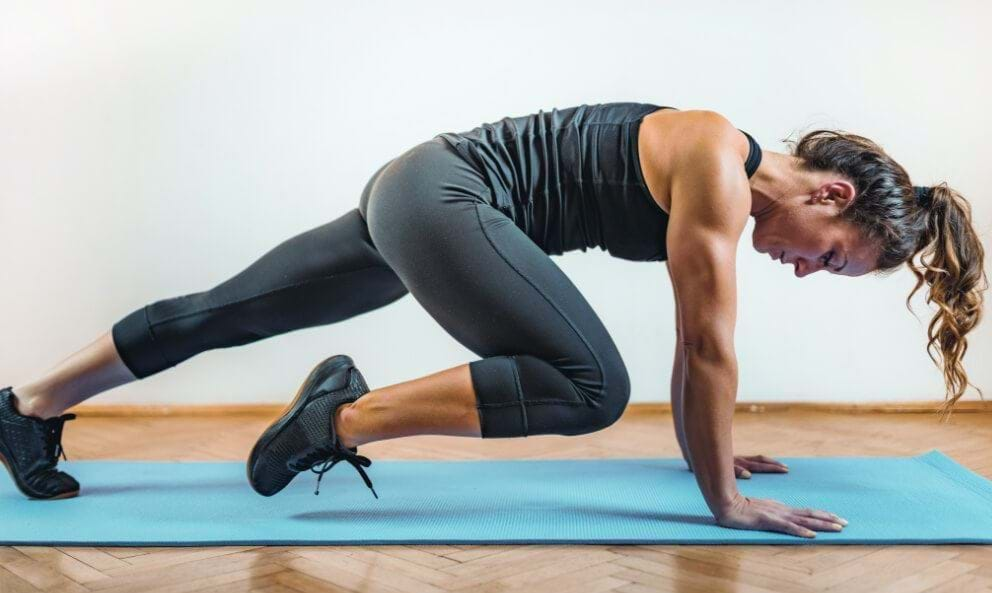 10-Minute Workouts For Busy Days10 minute ab workout
10-Minute Workouts For Busy Days10 minute ab workout Which Milk is Best for You?
Which Milk is Best for You?